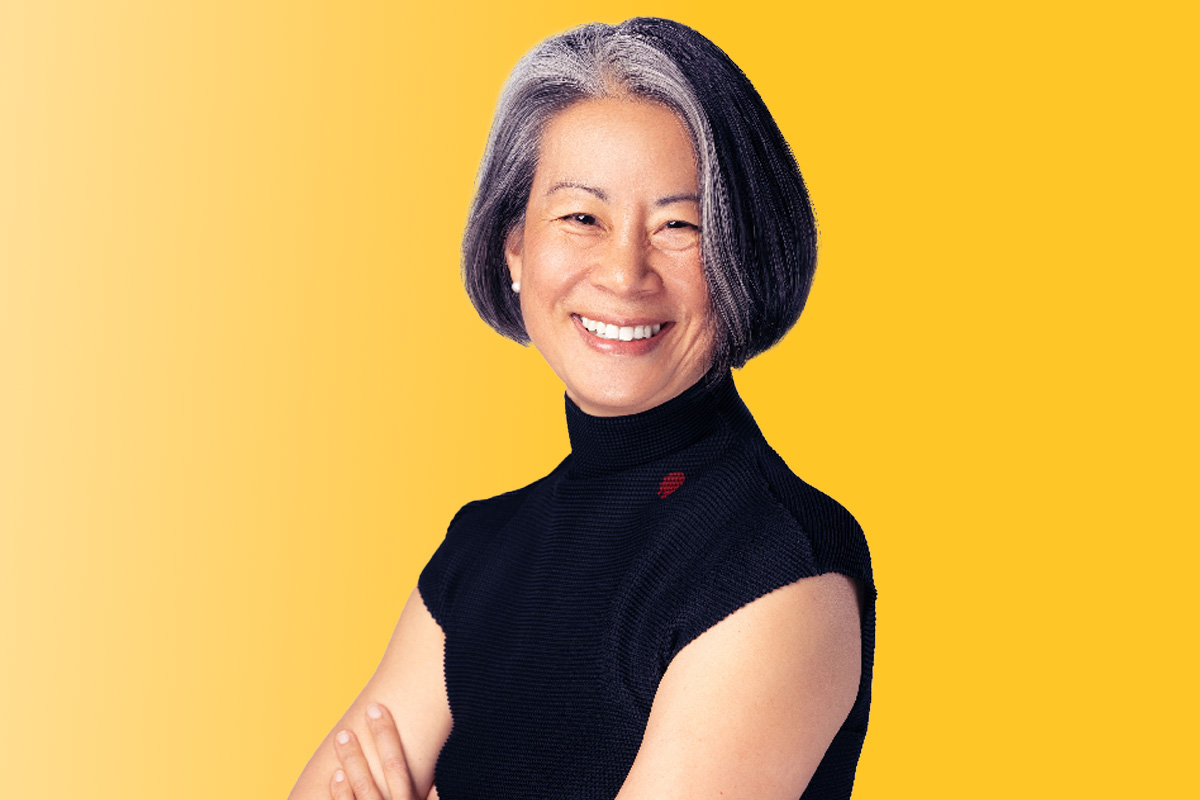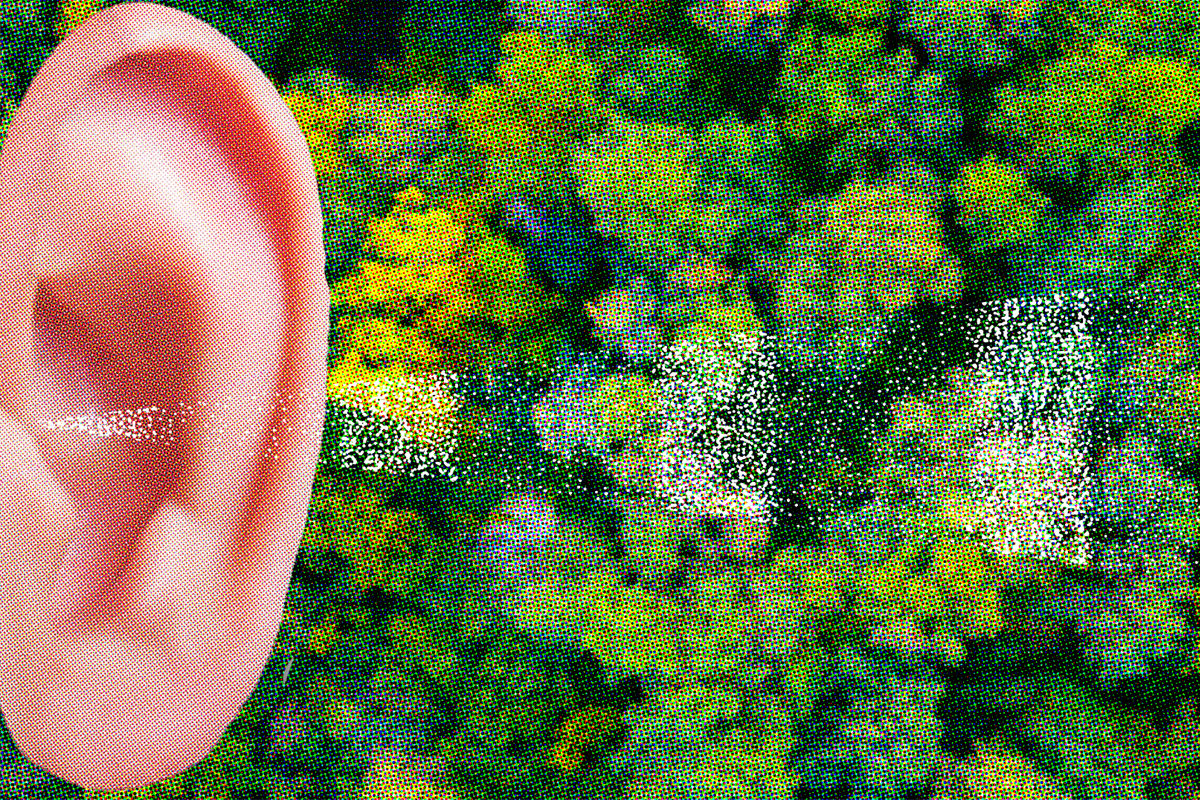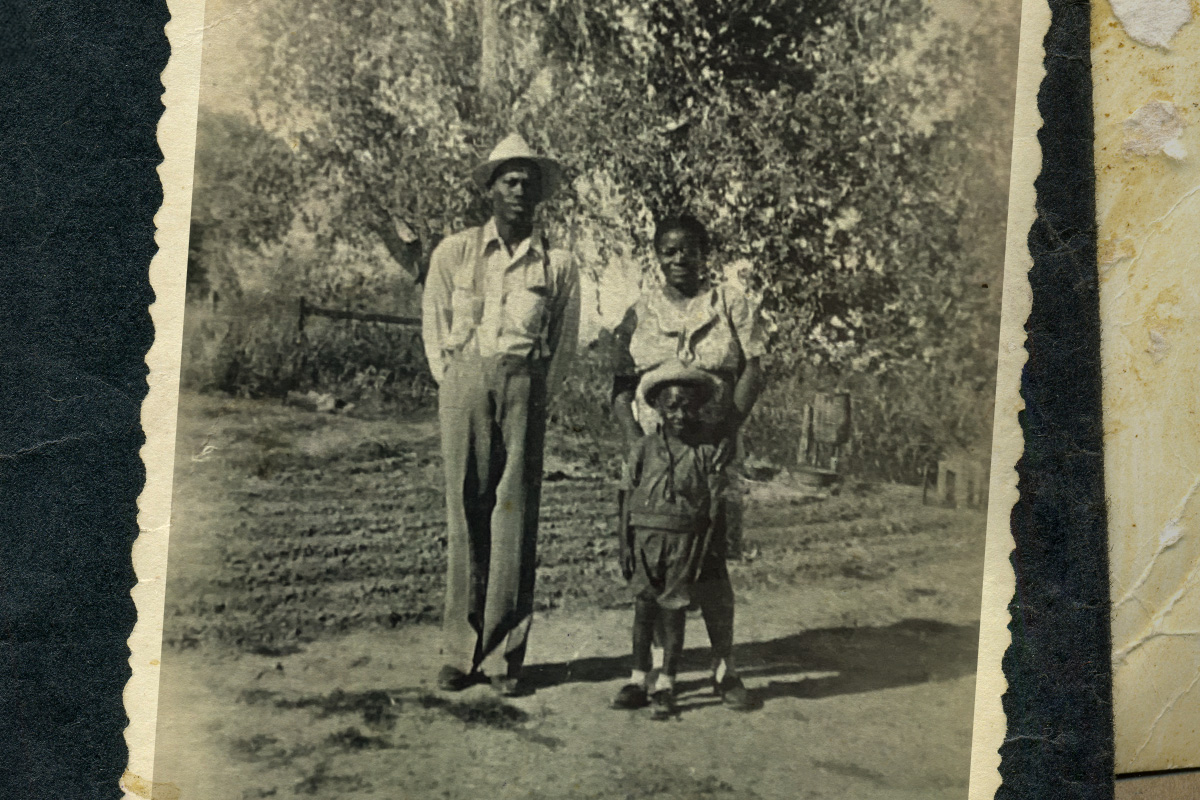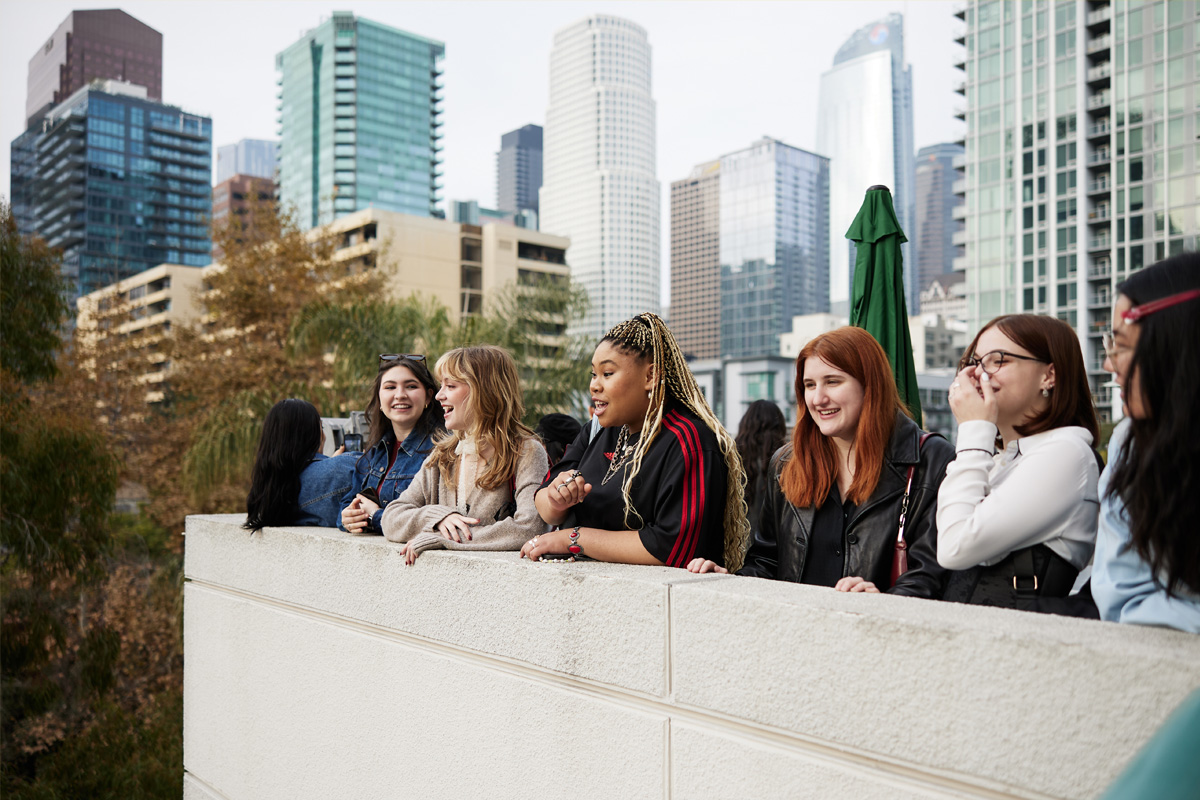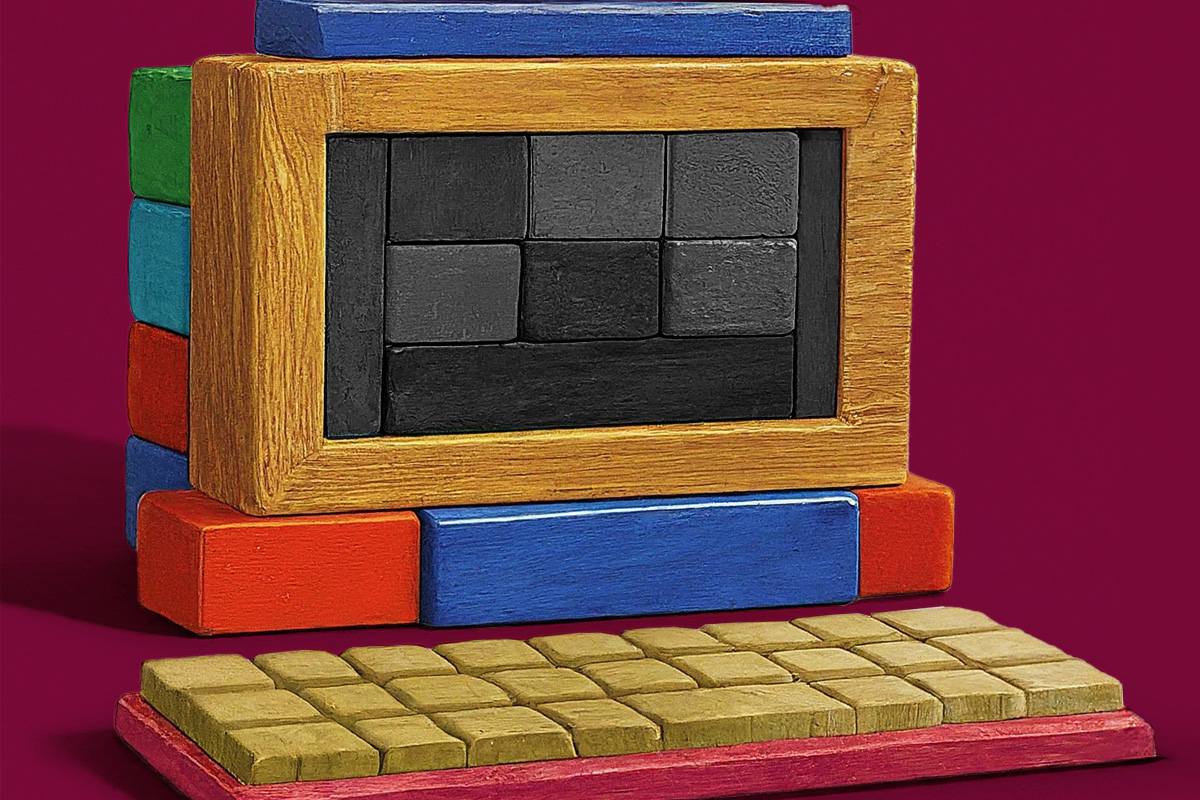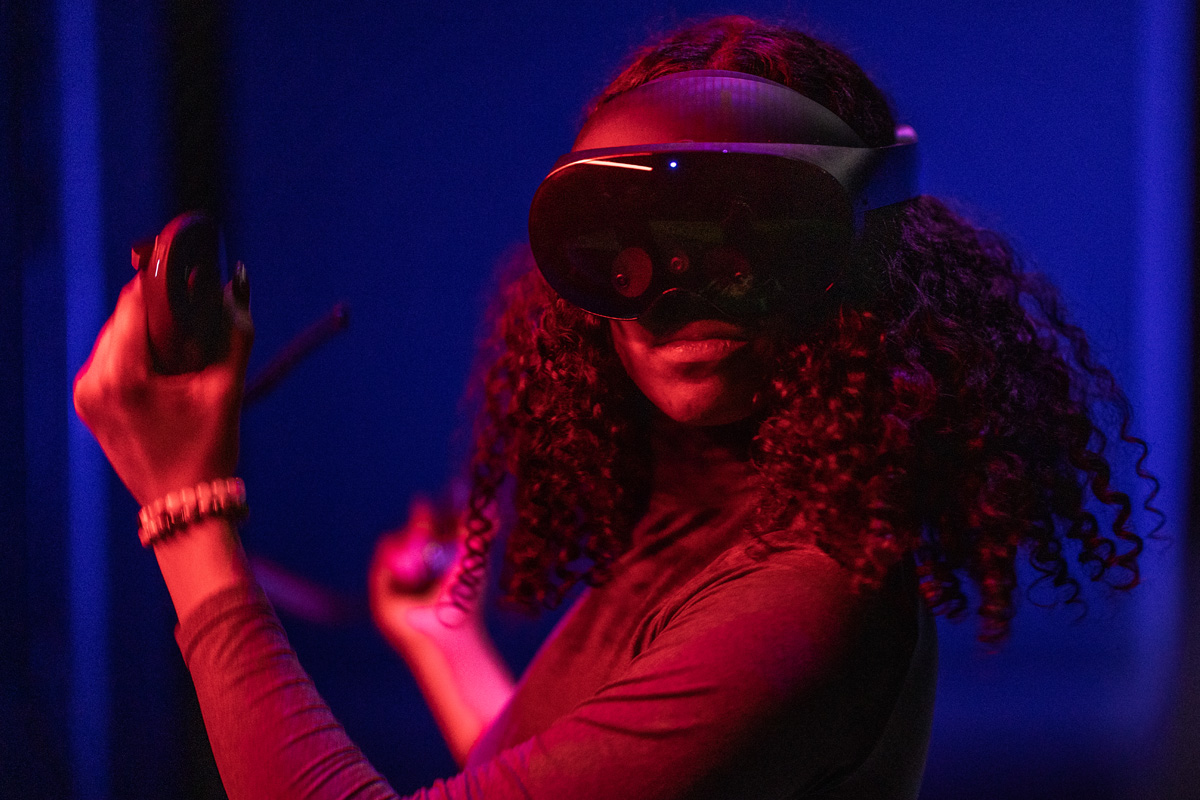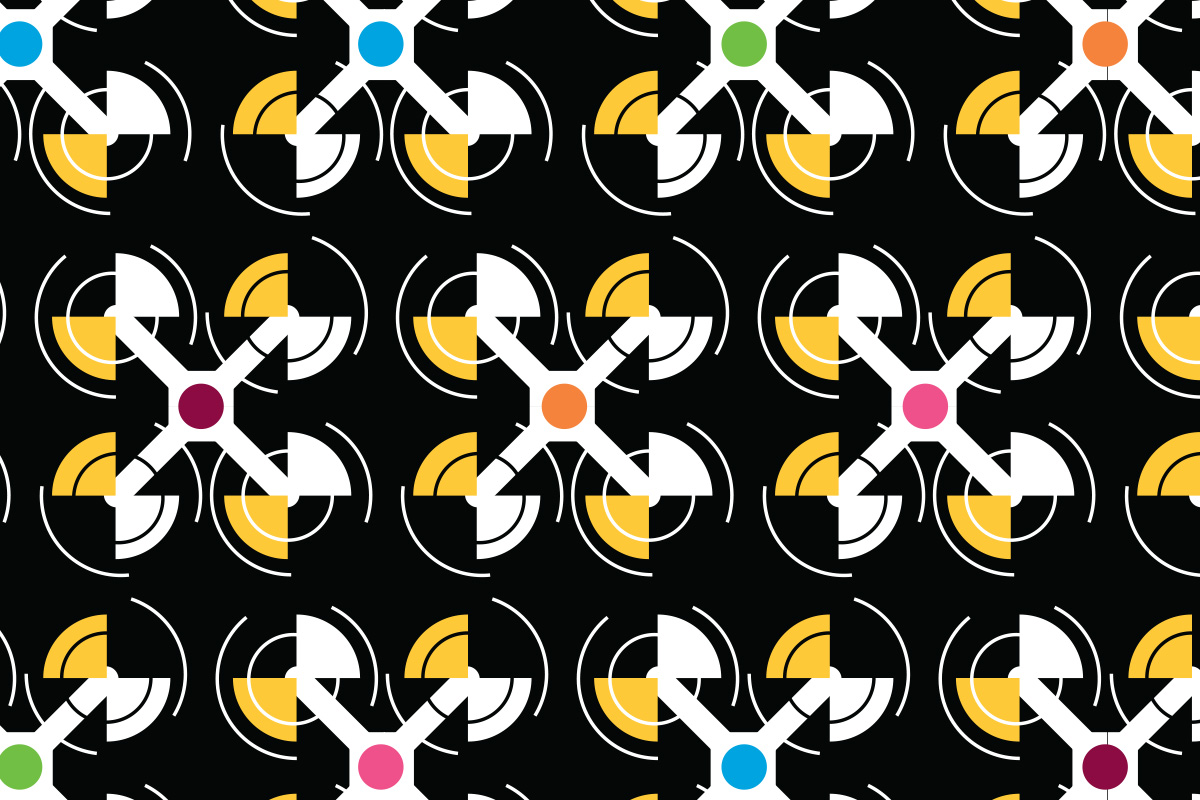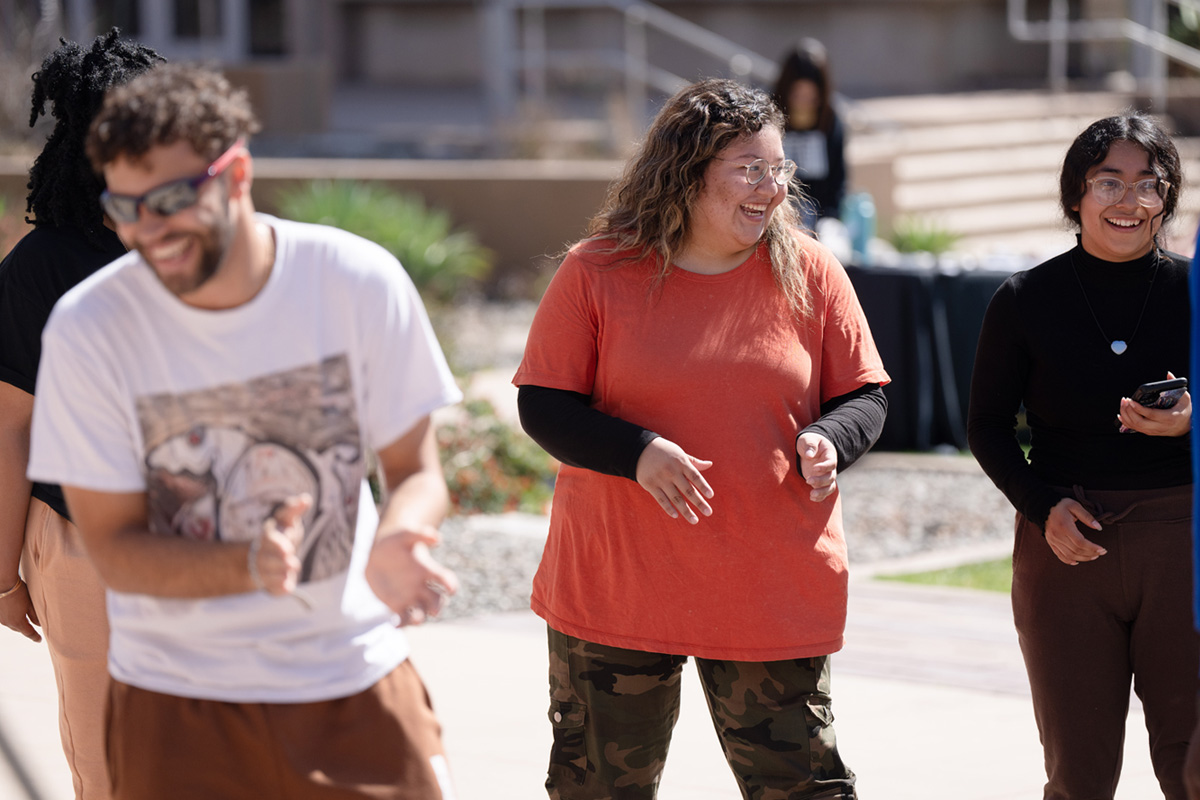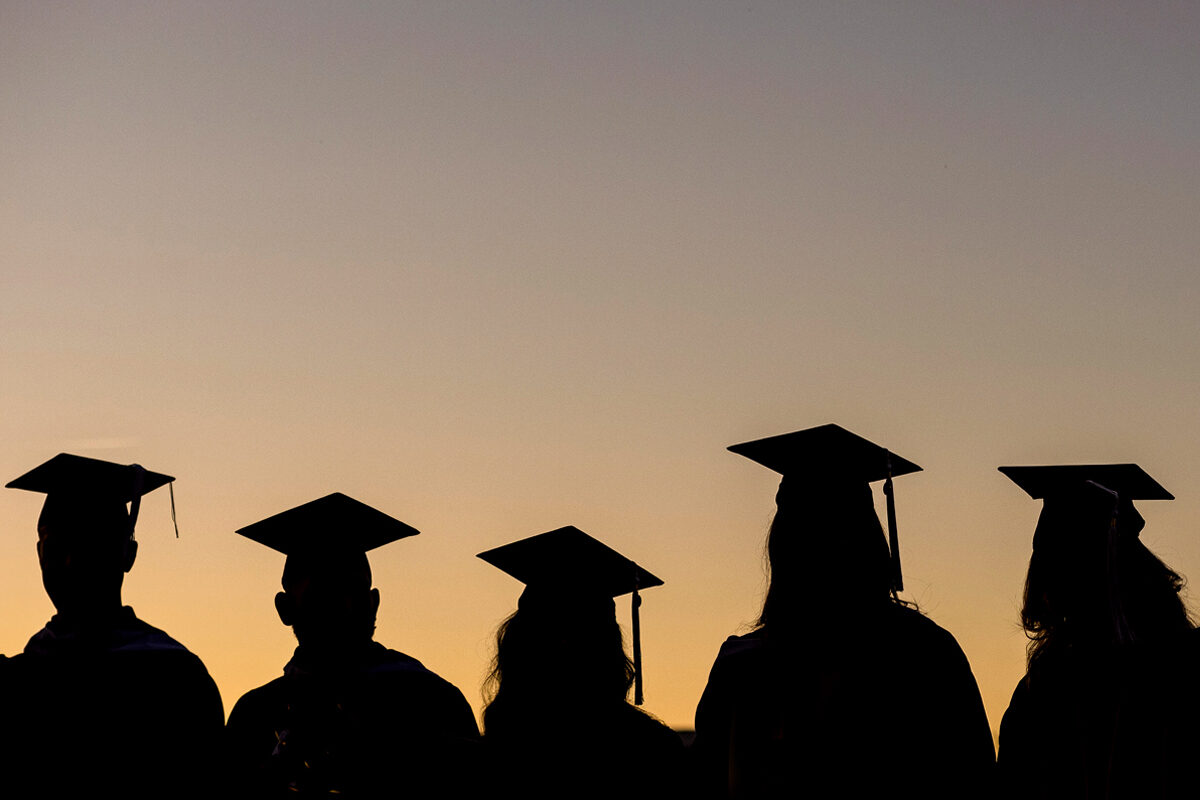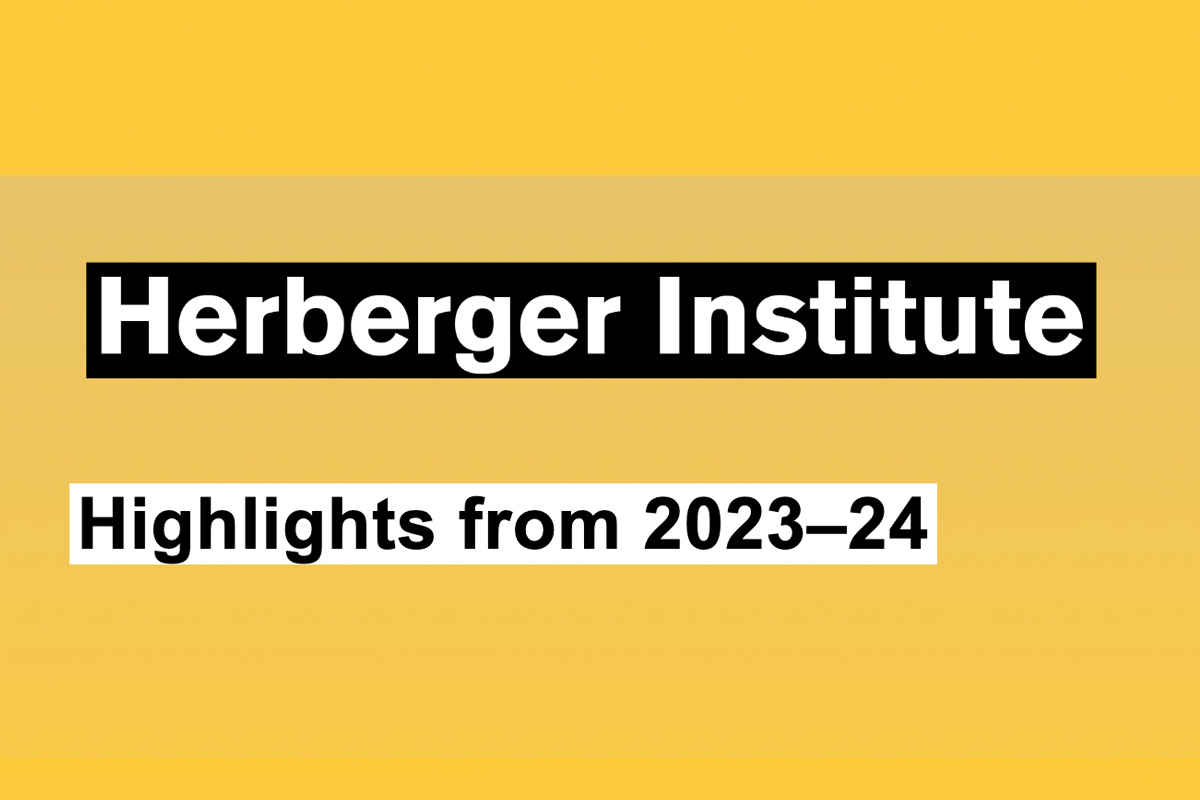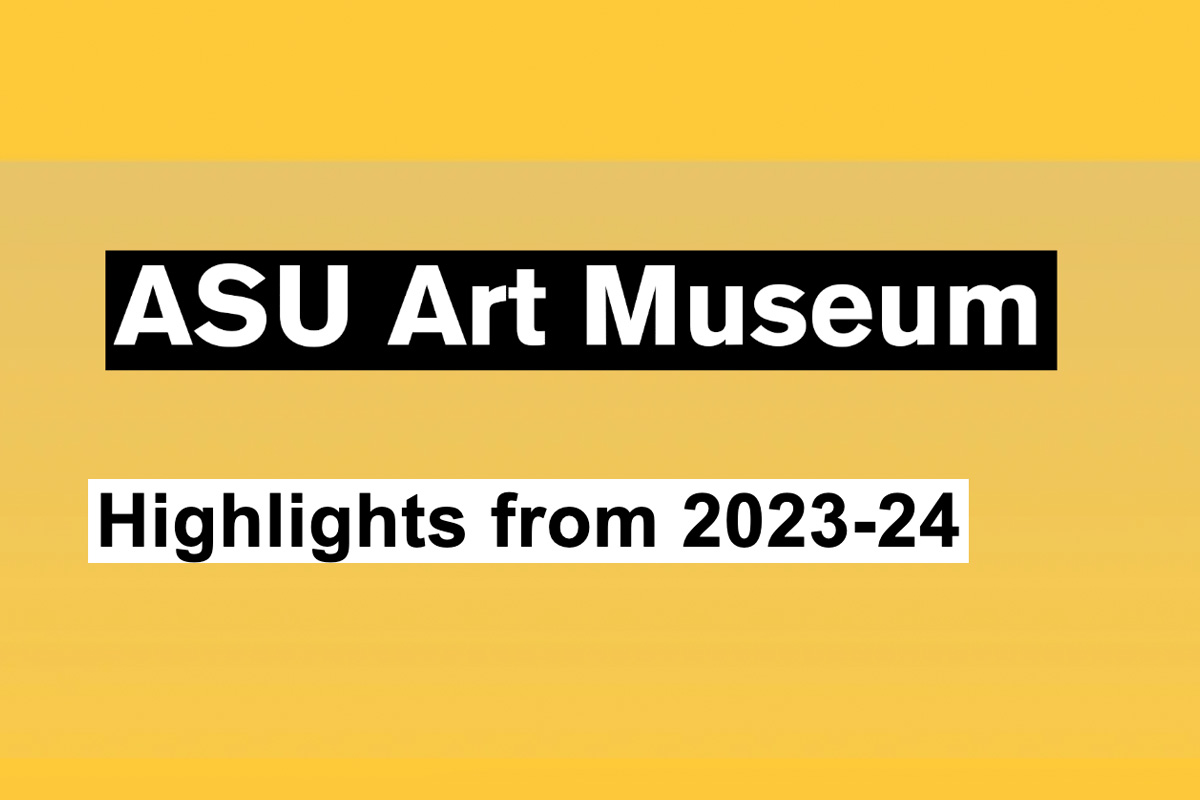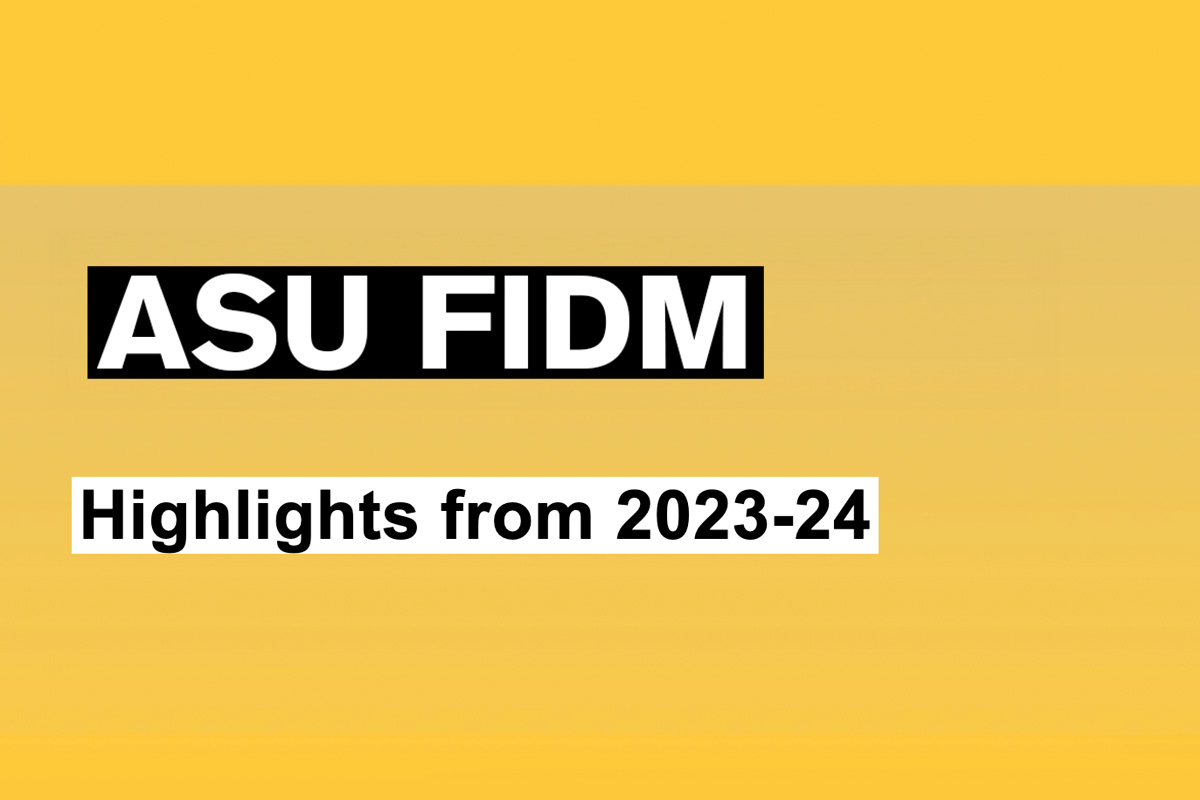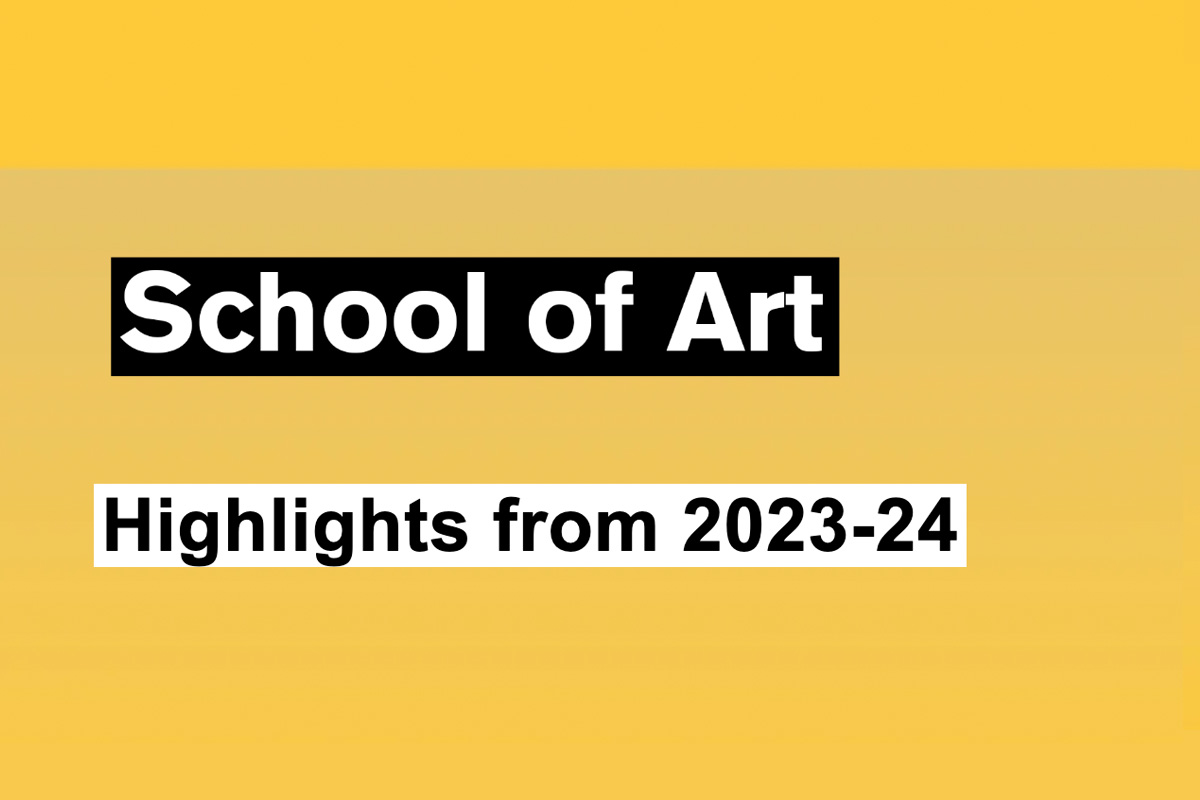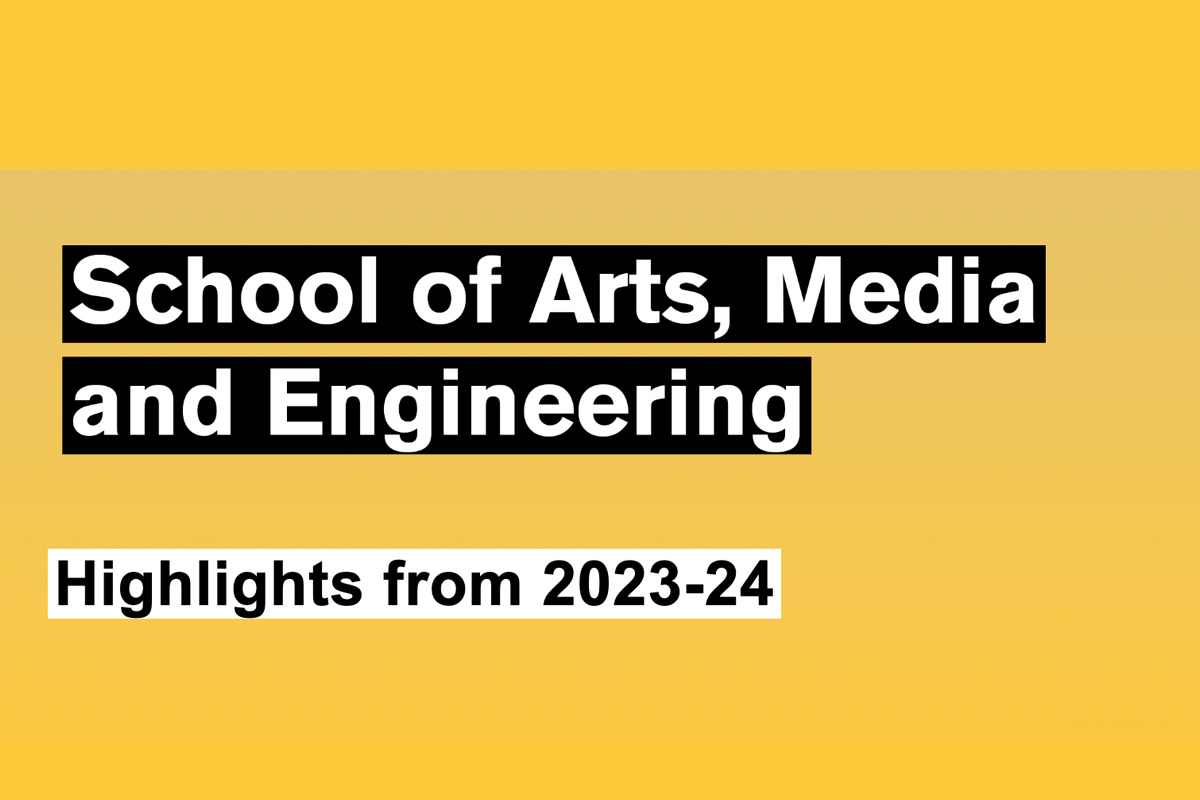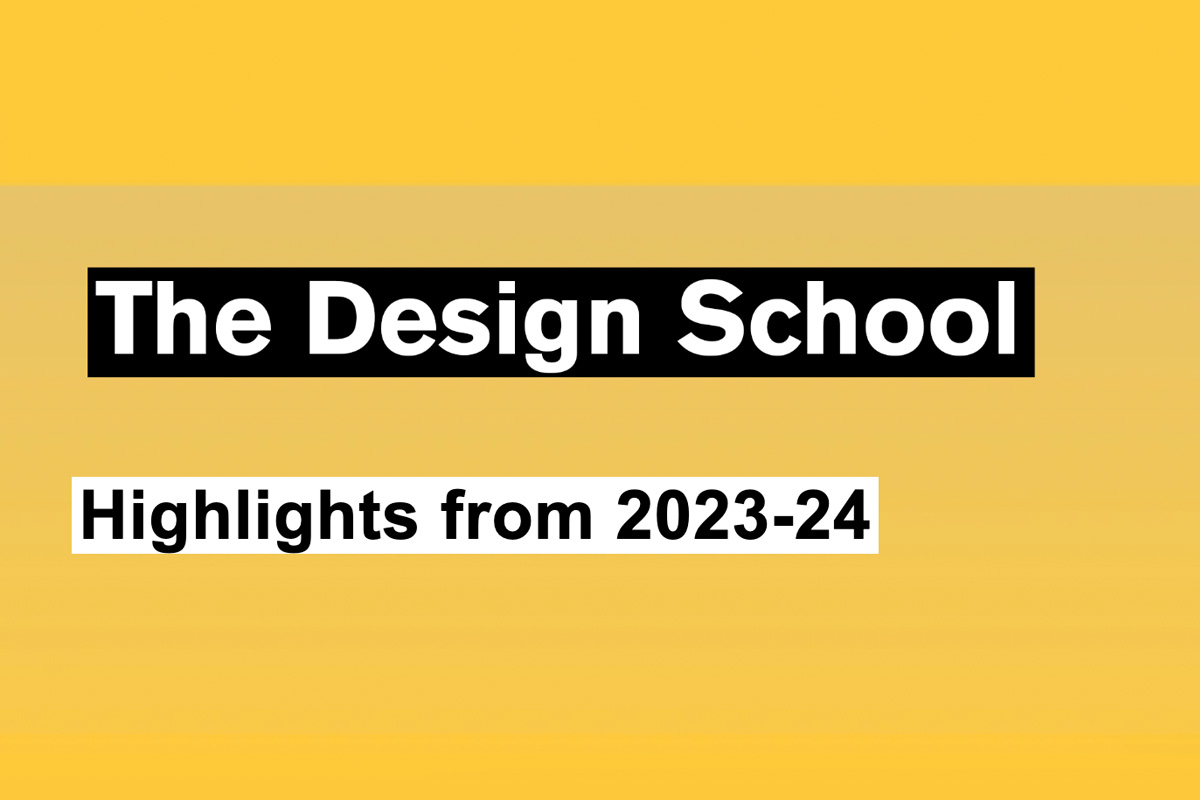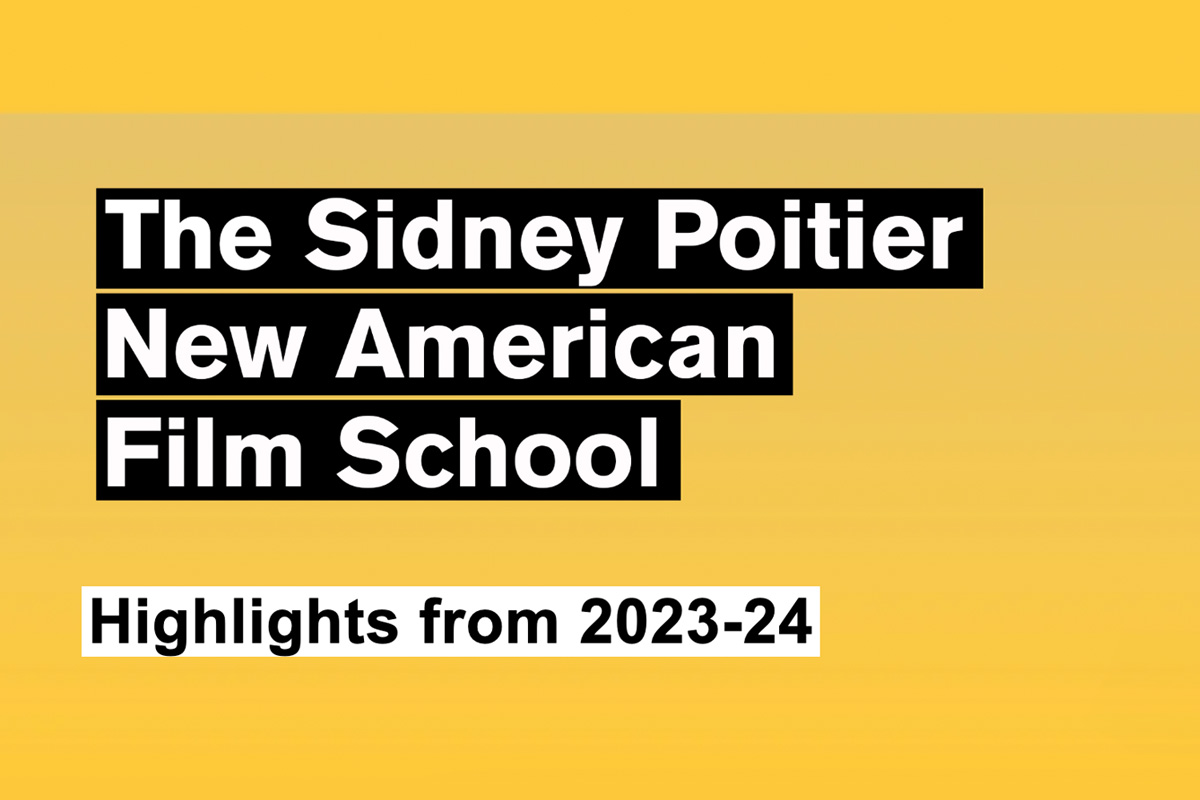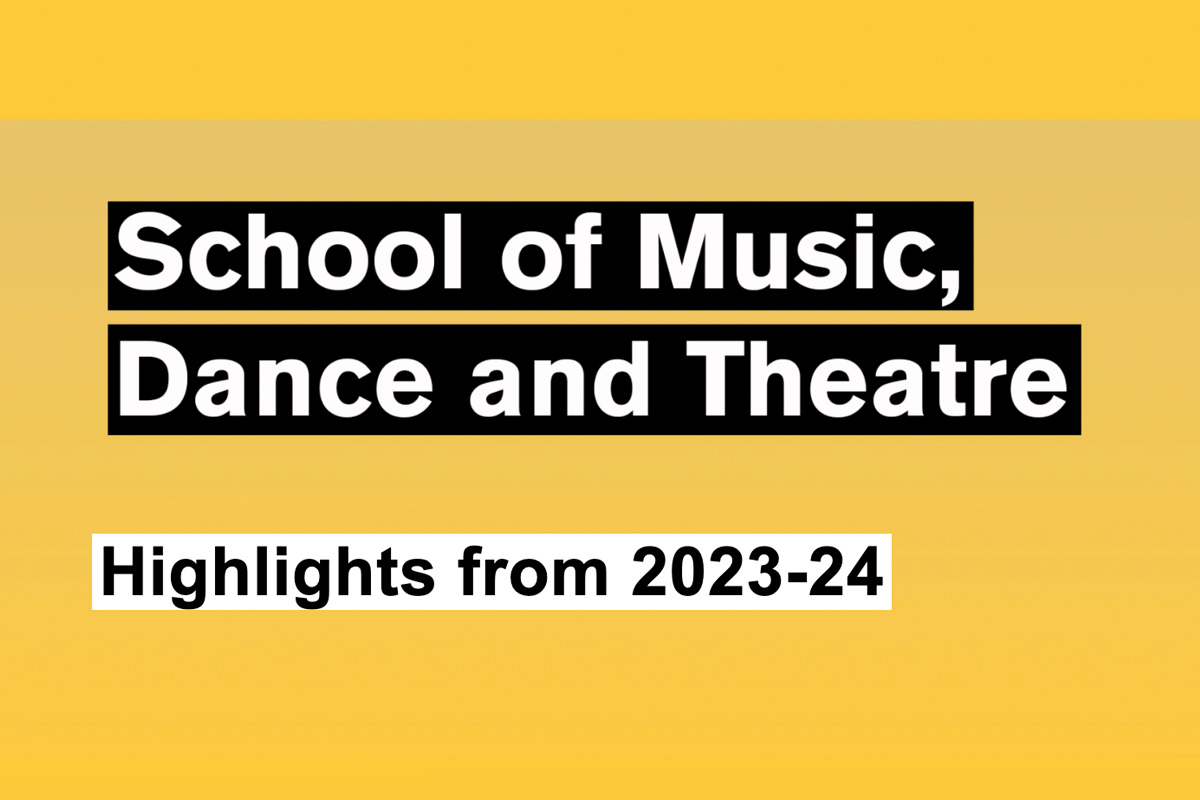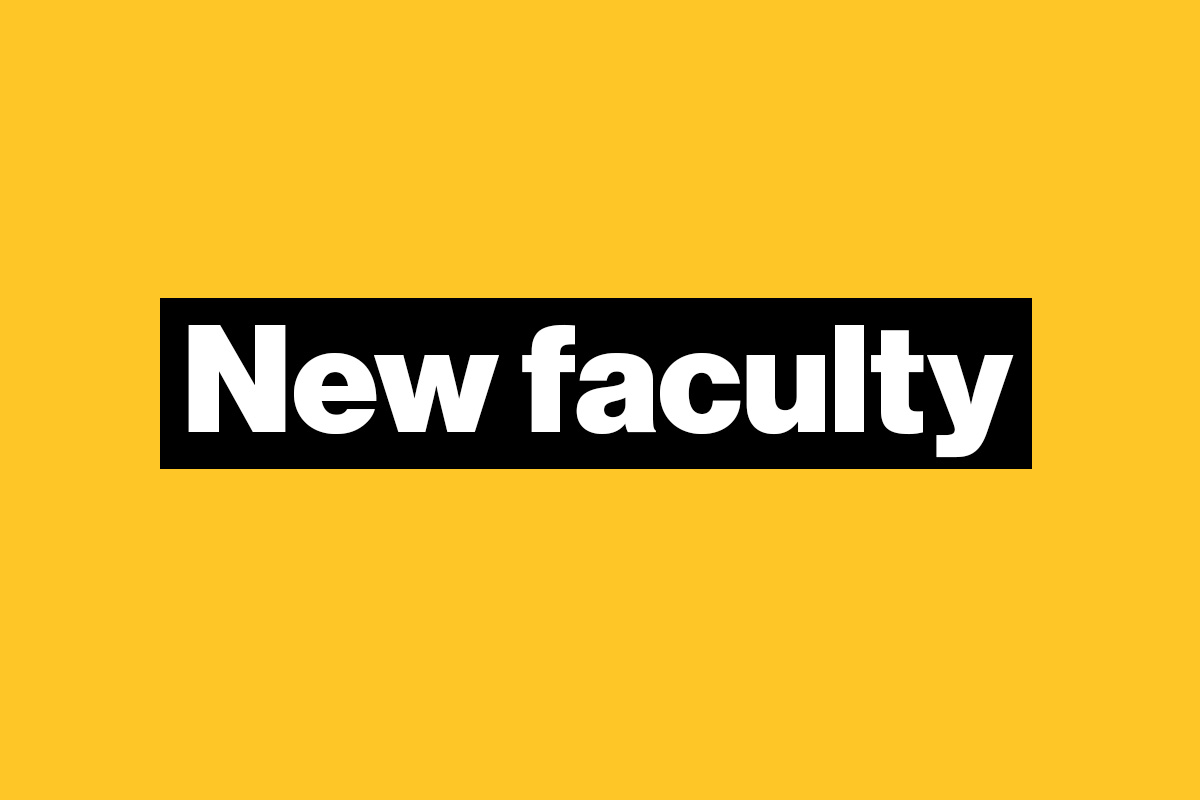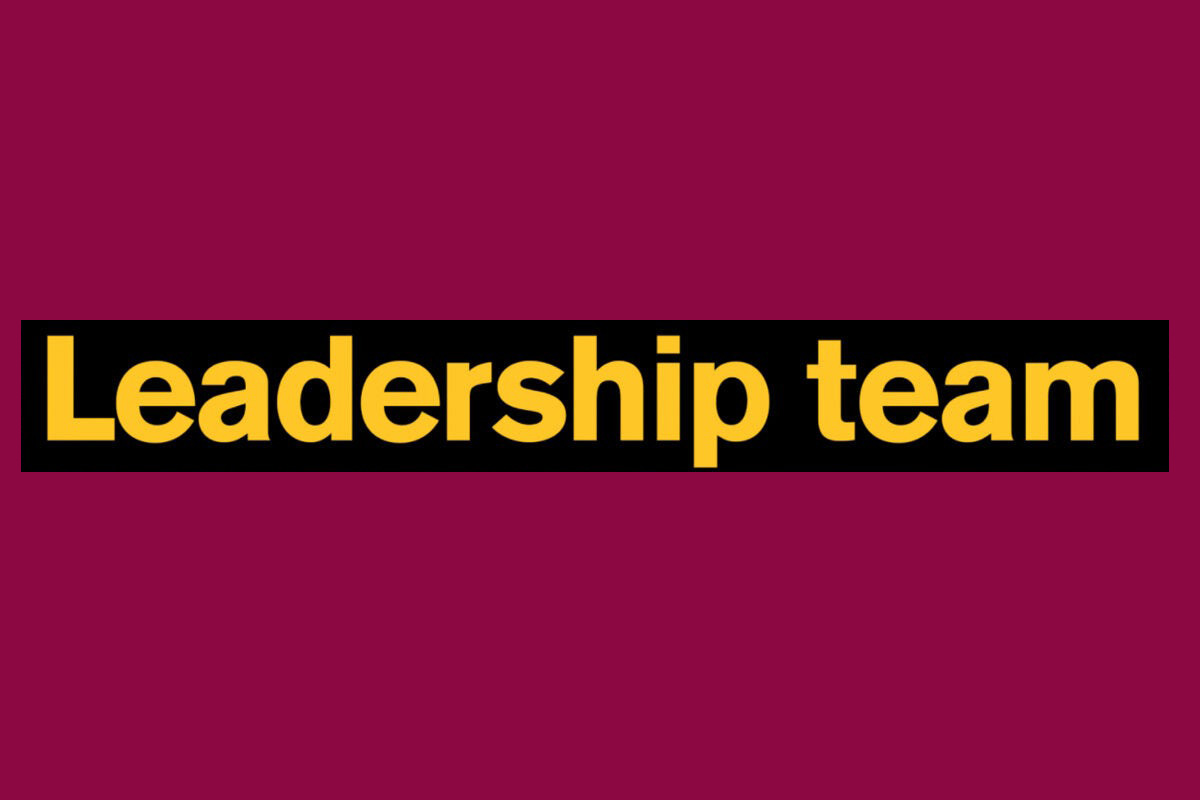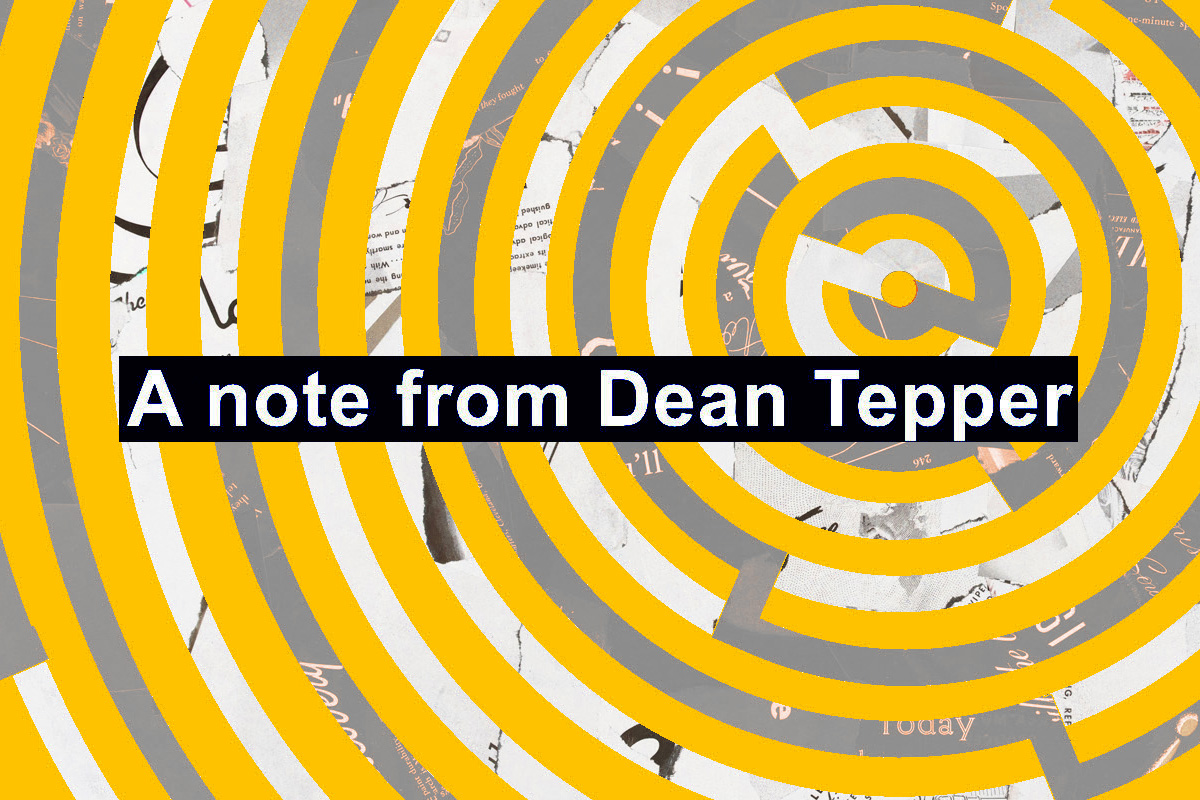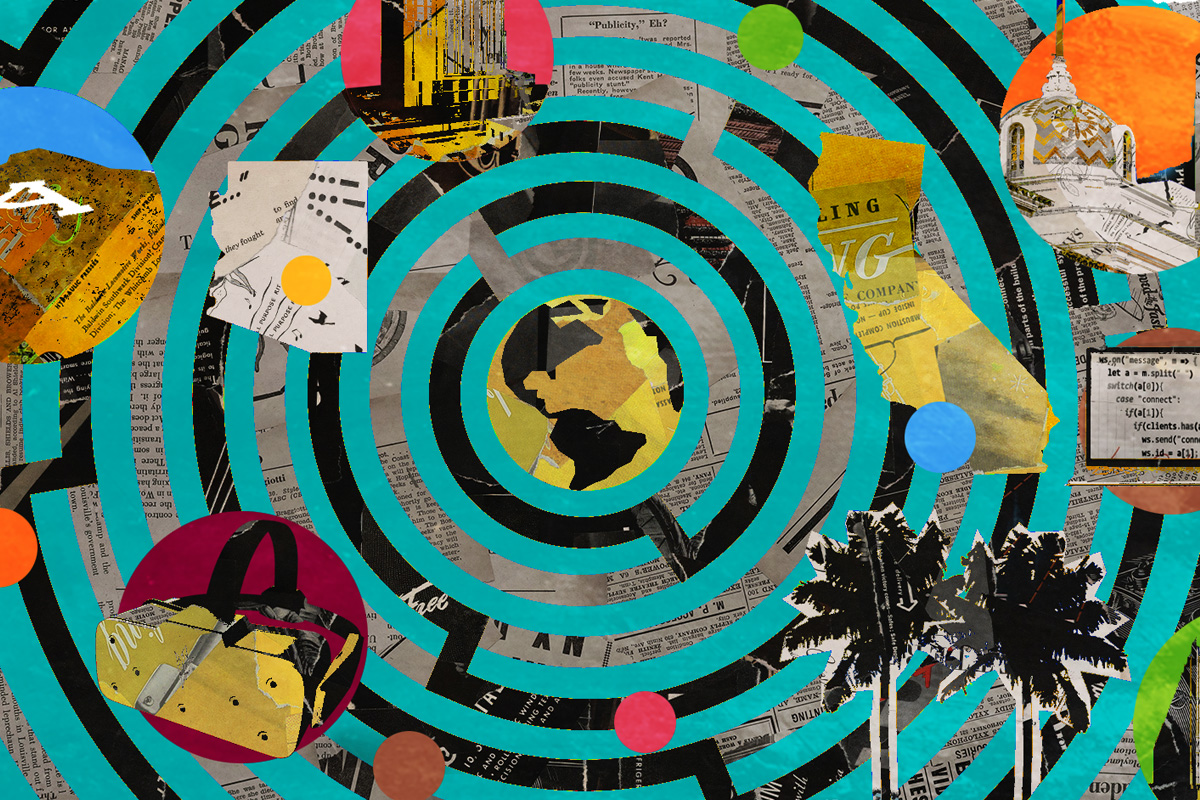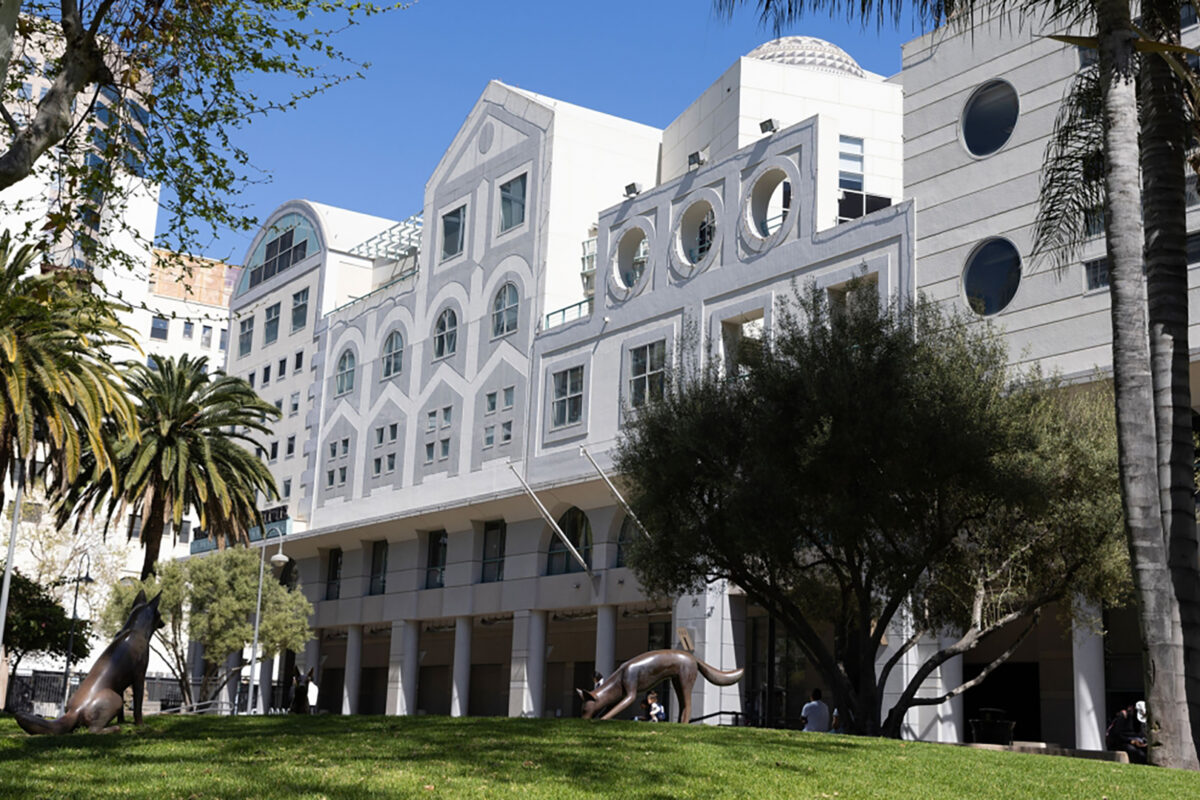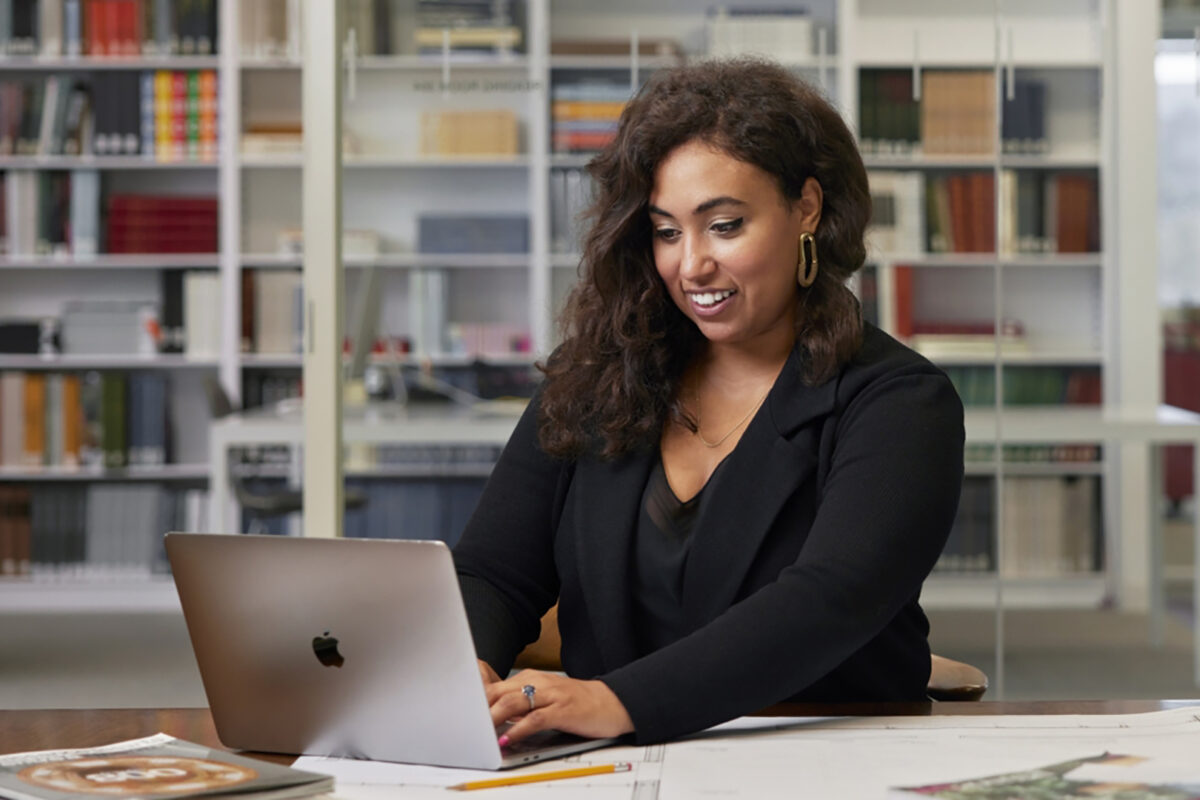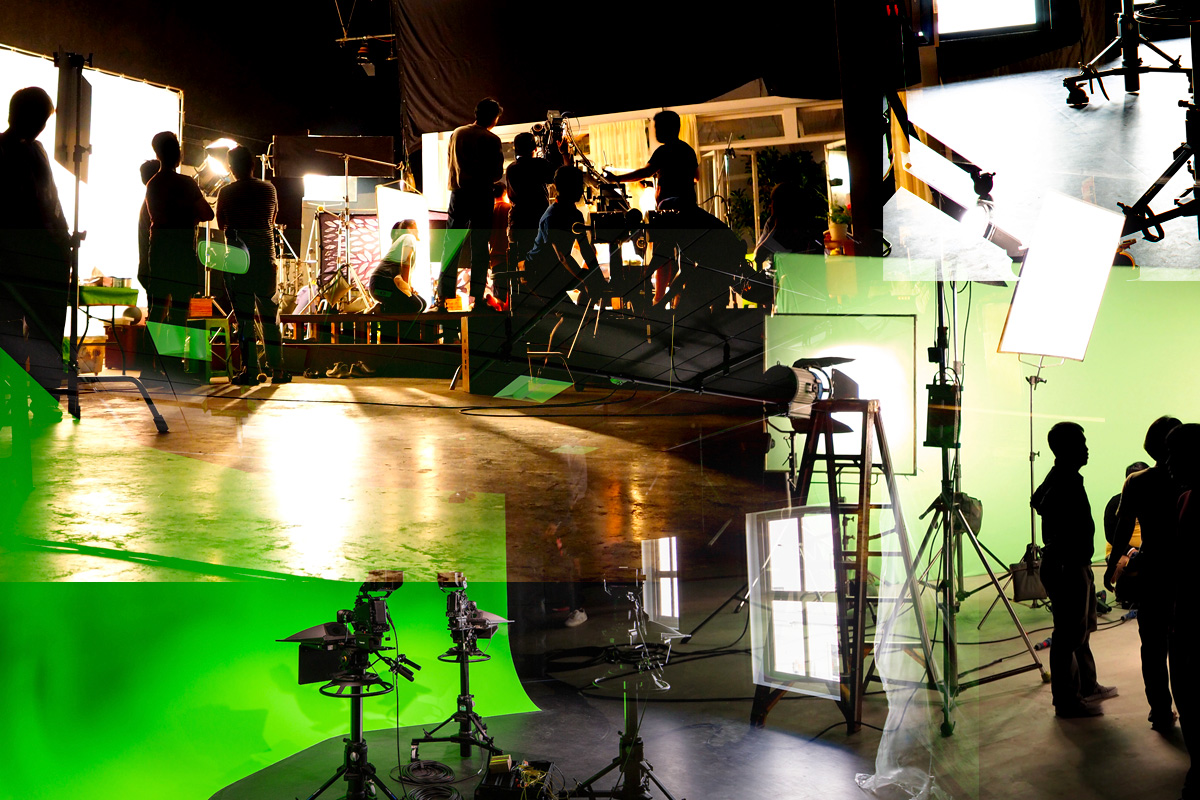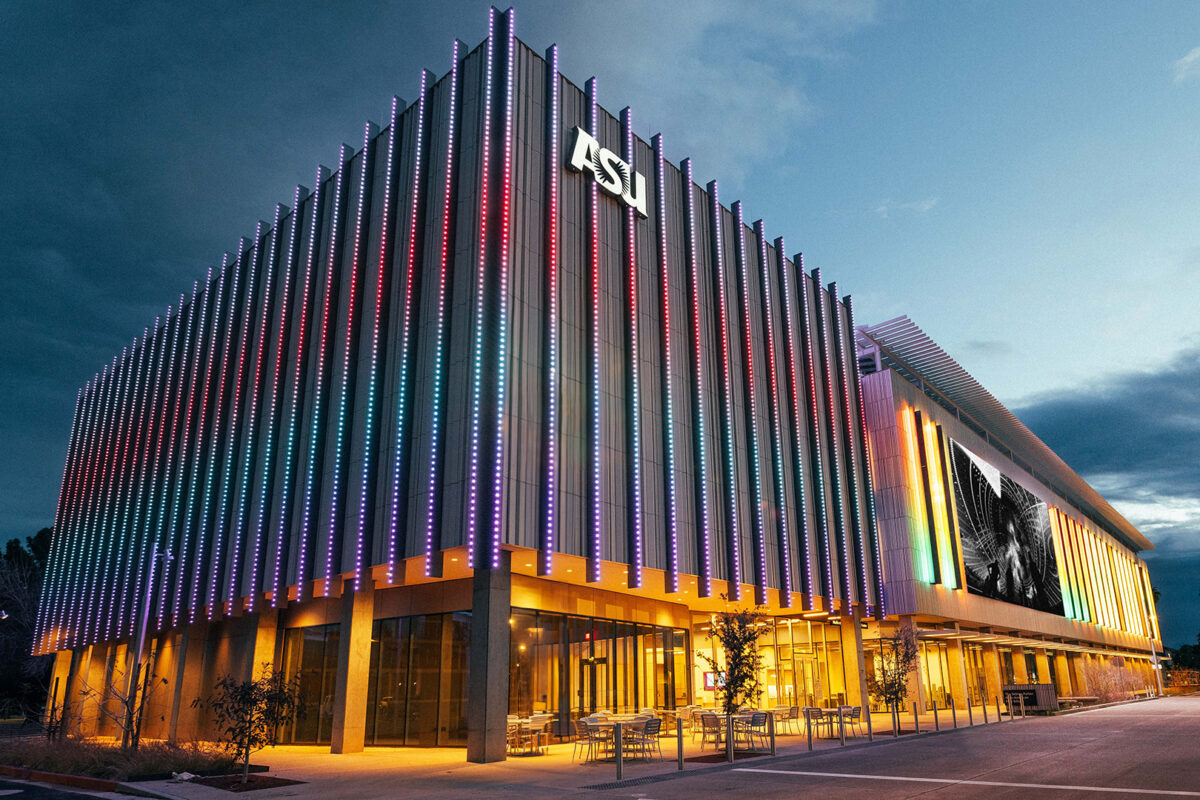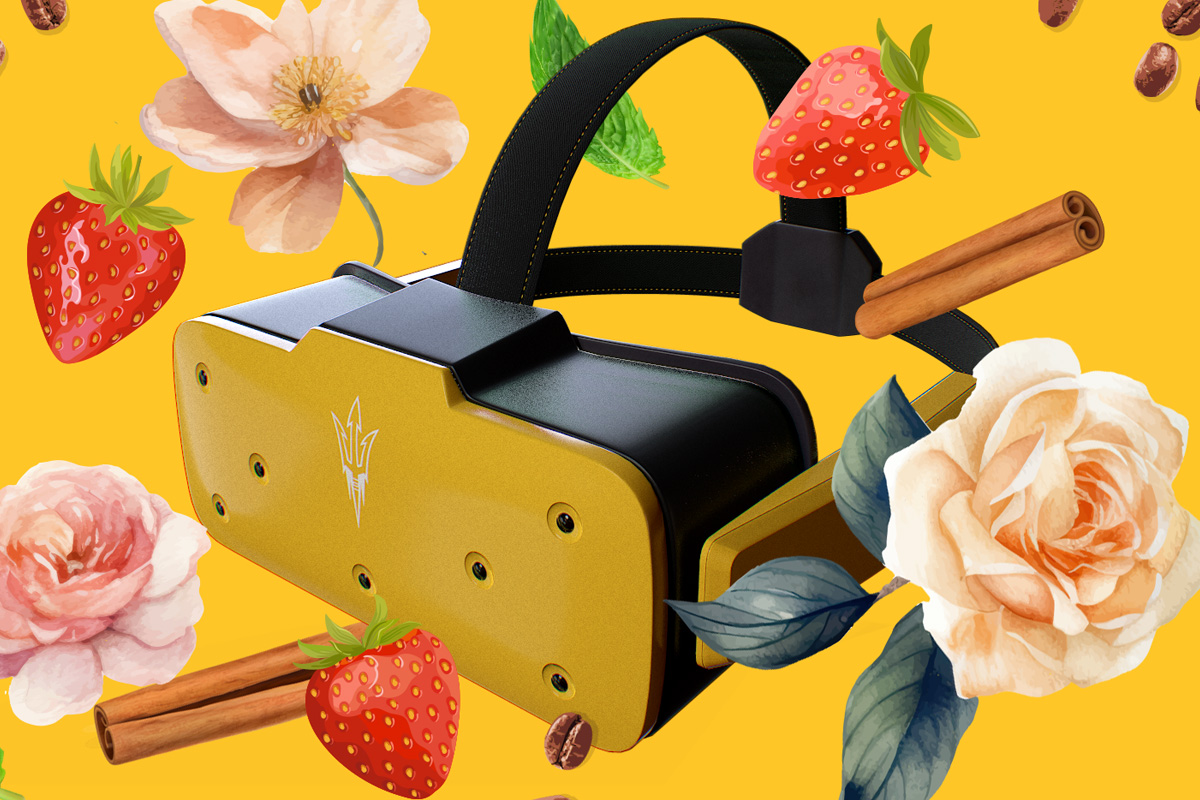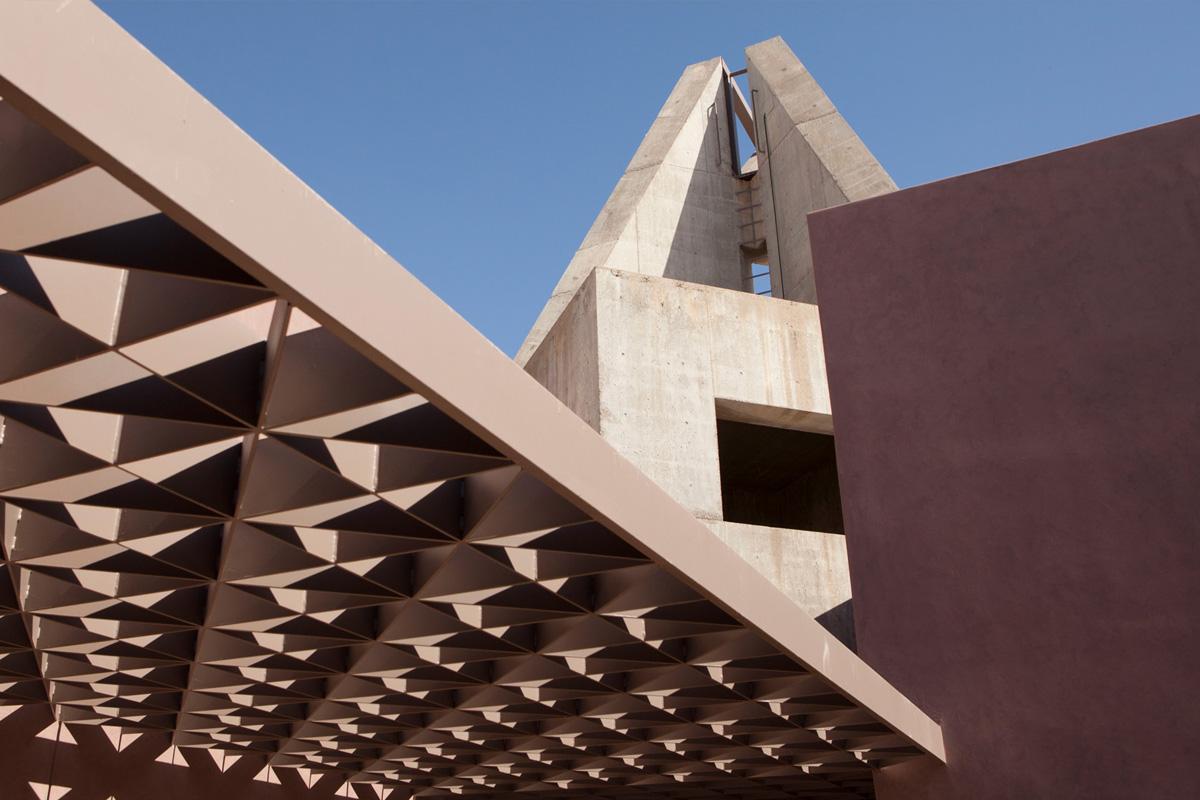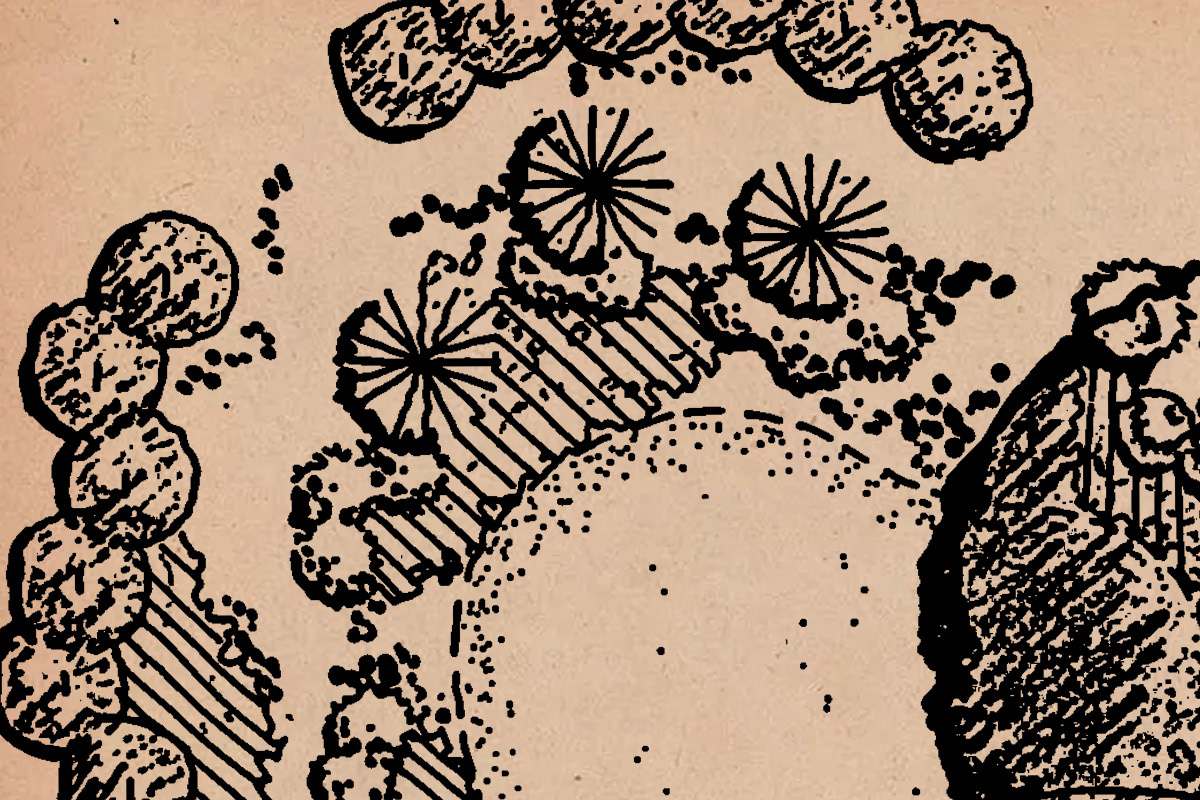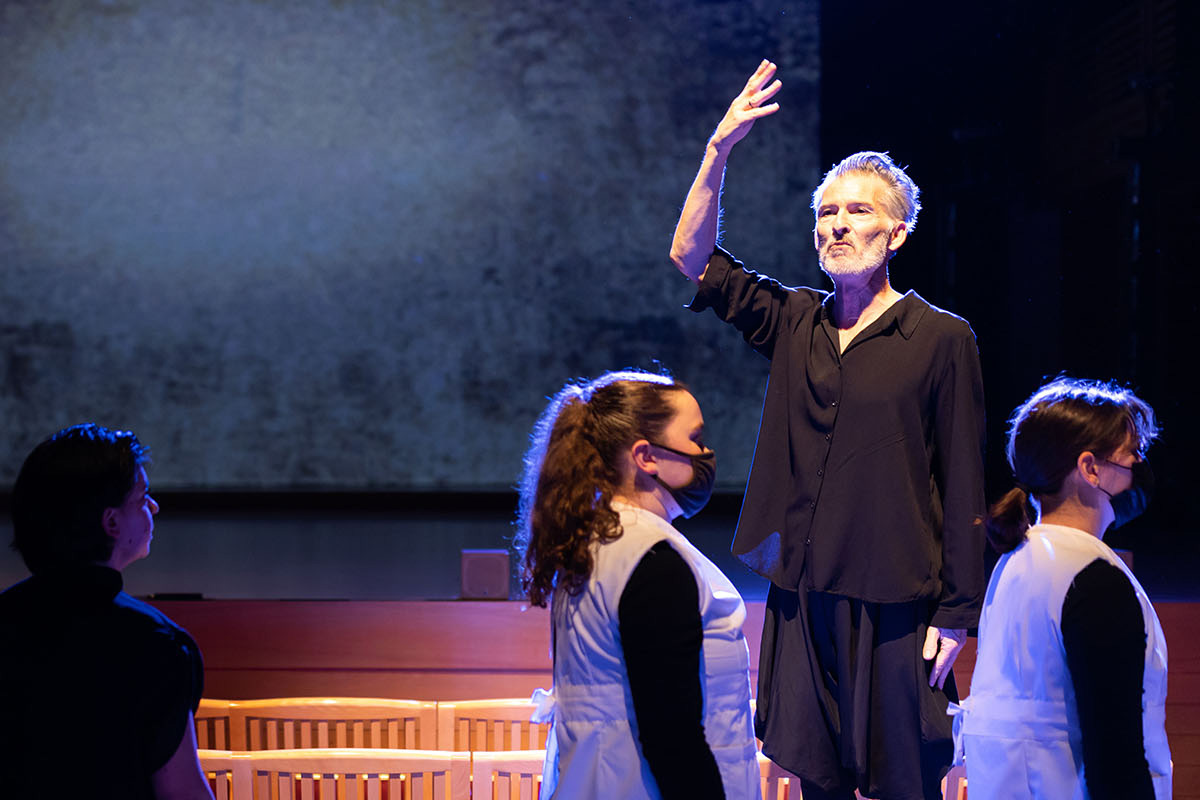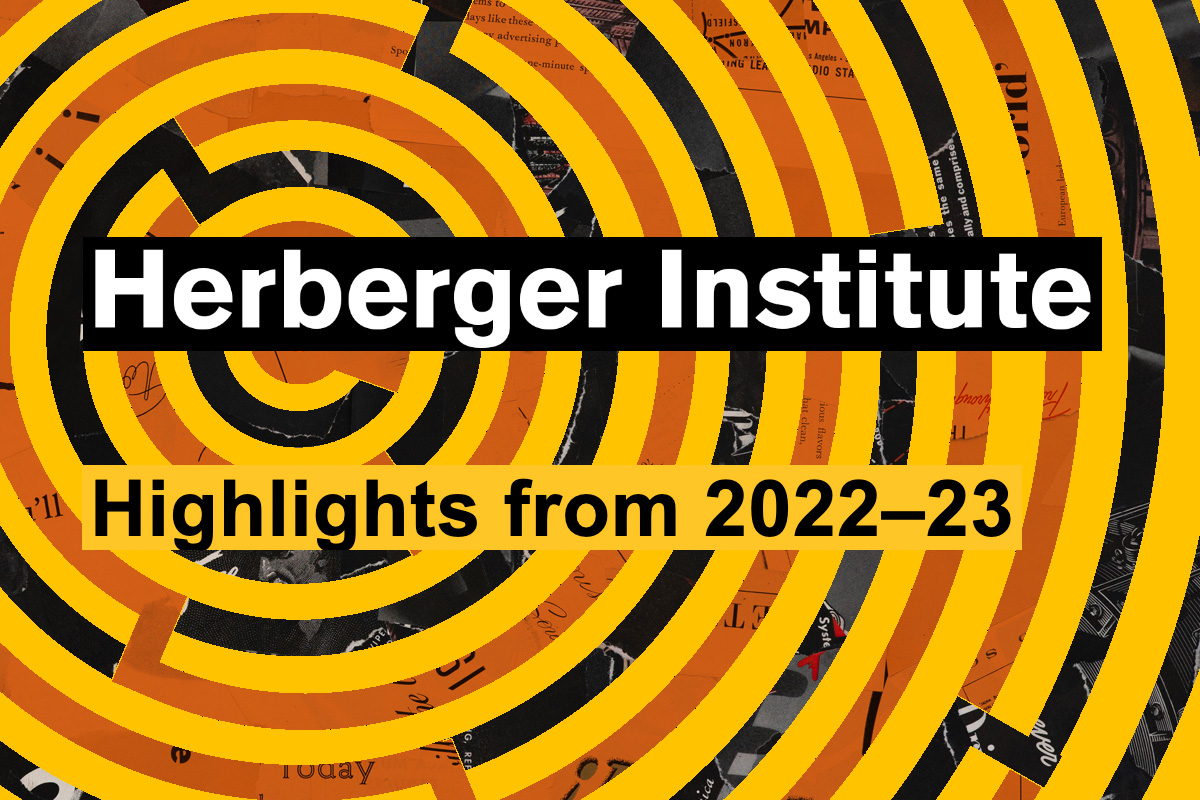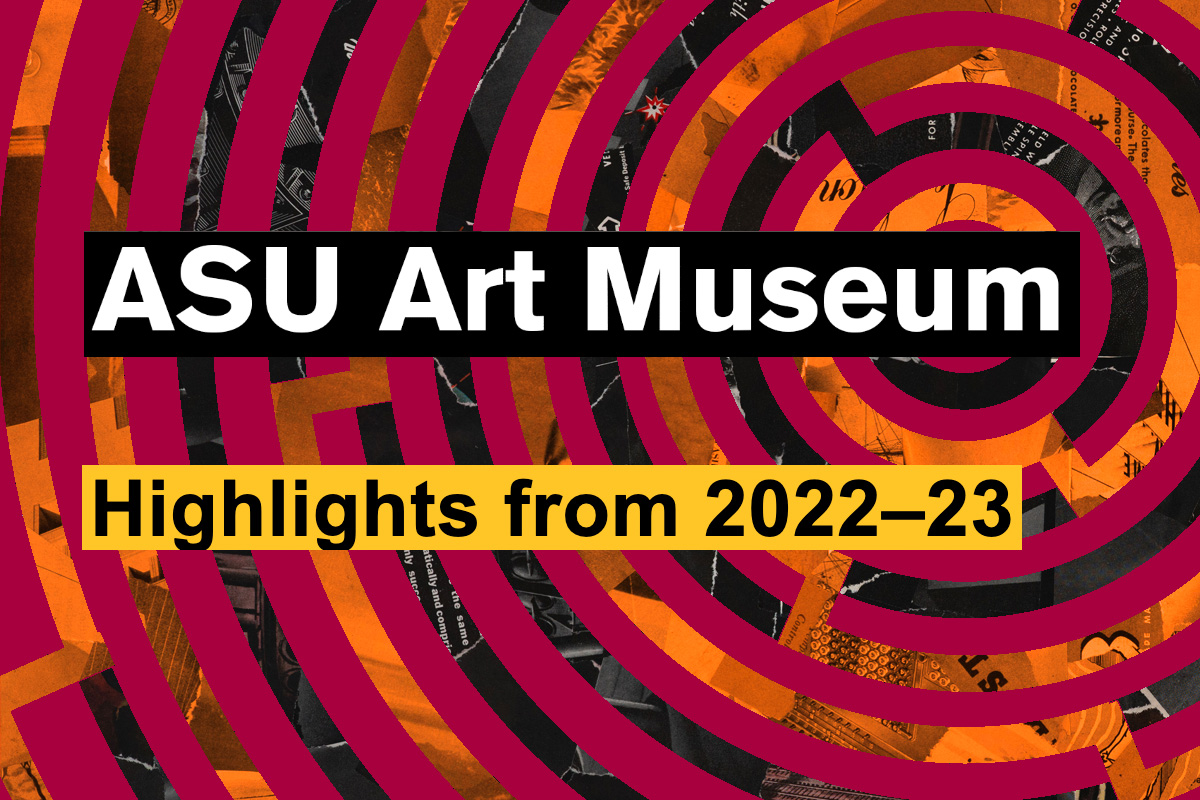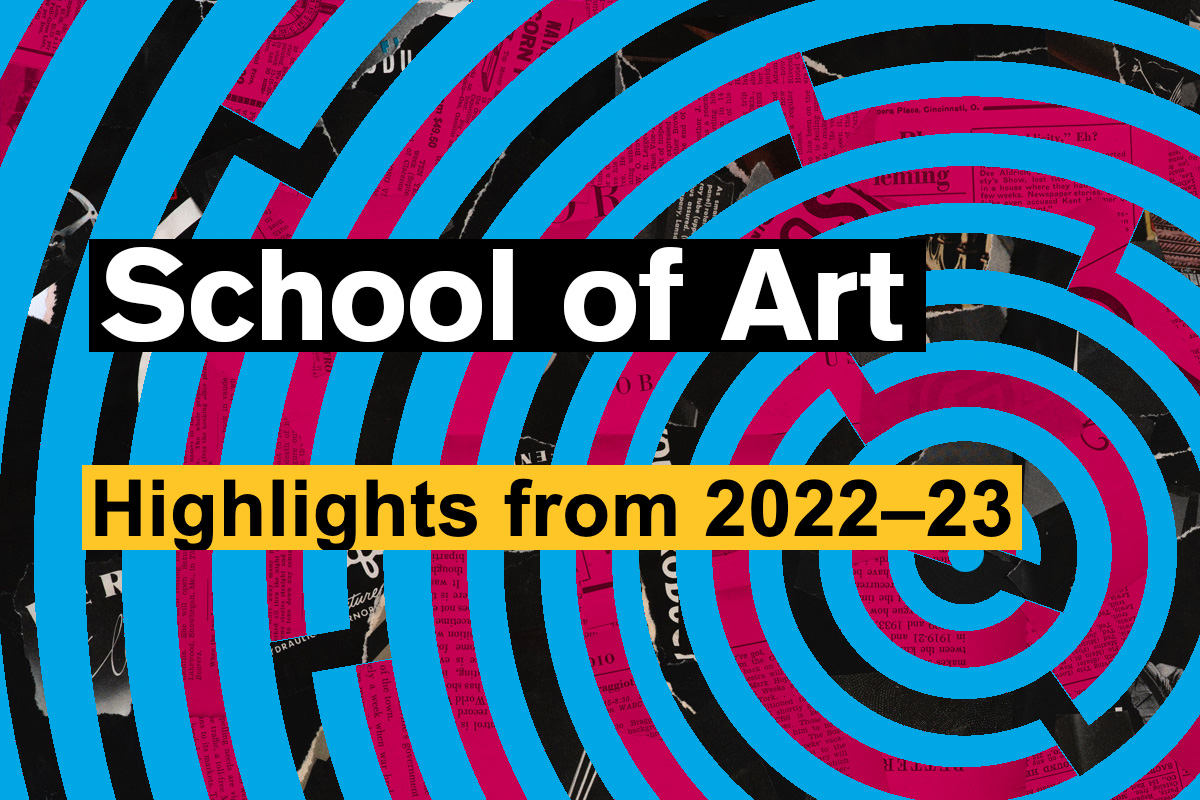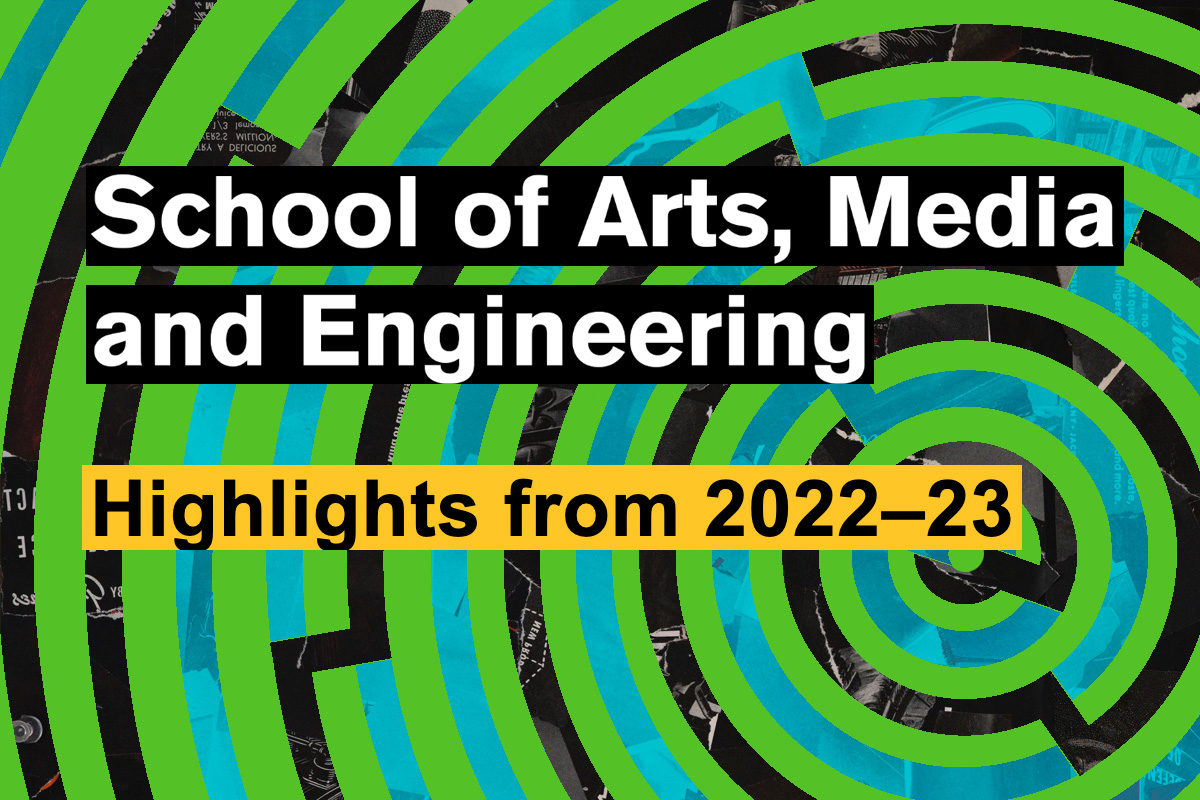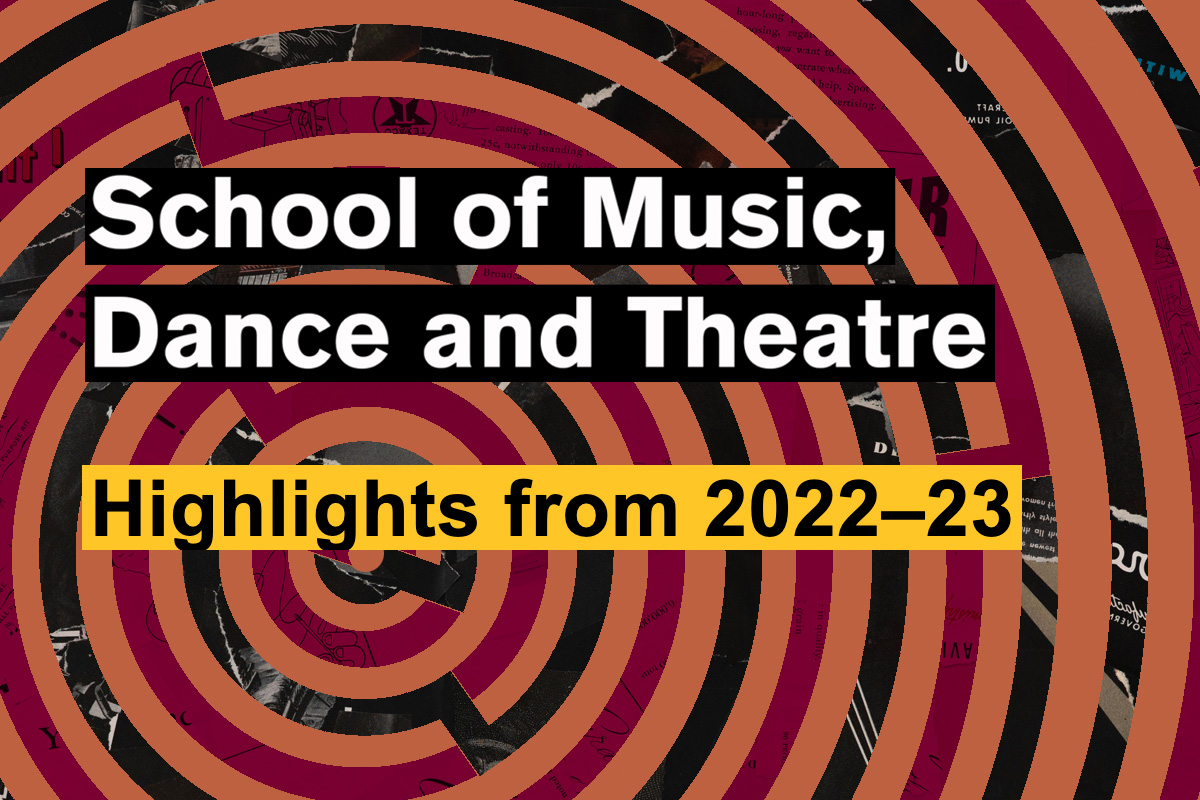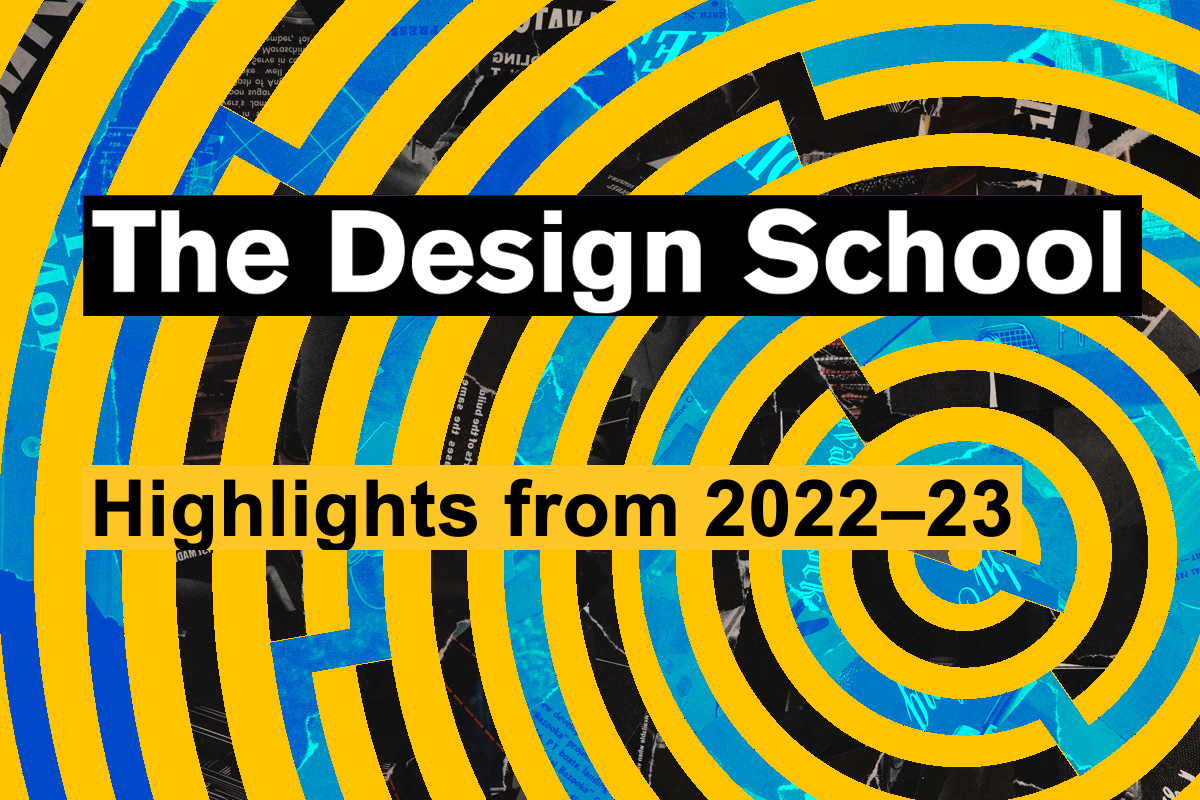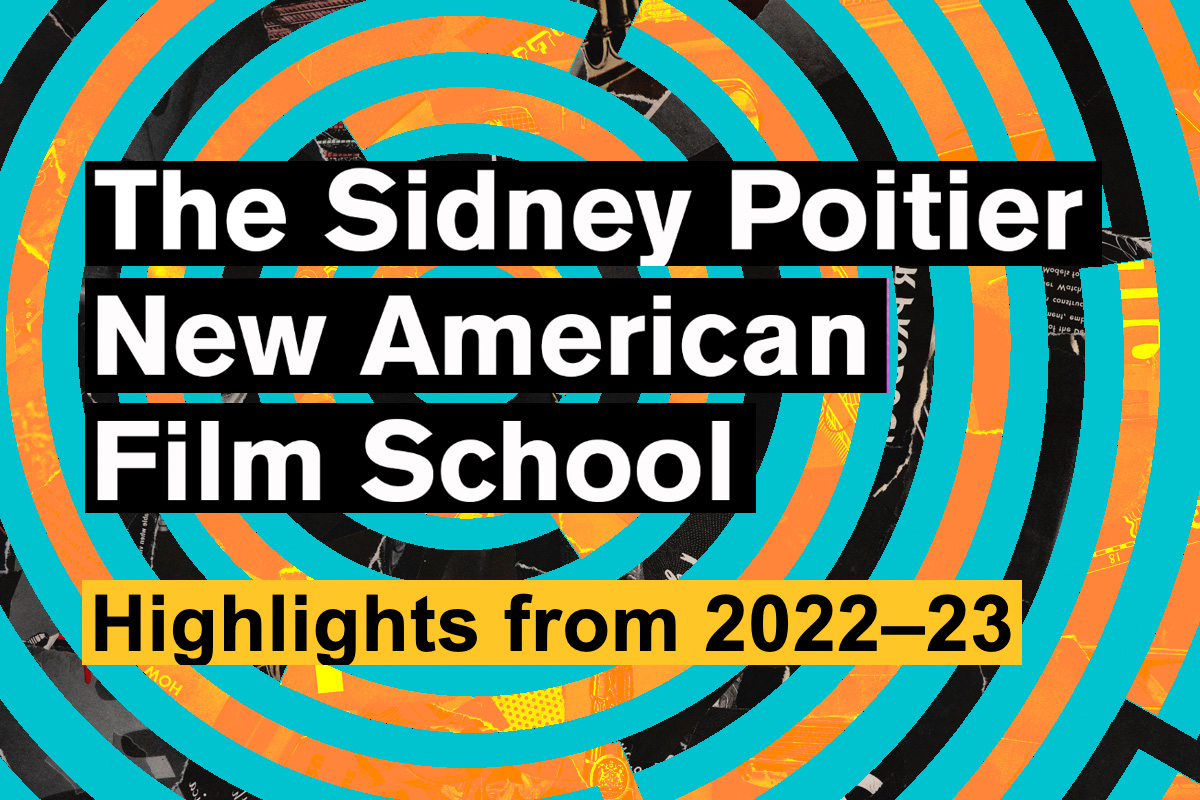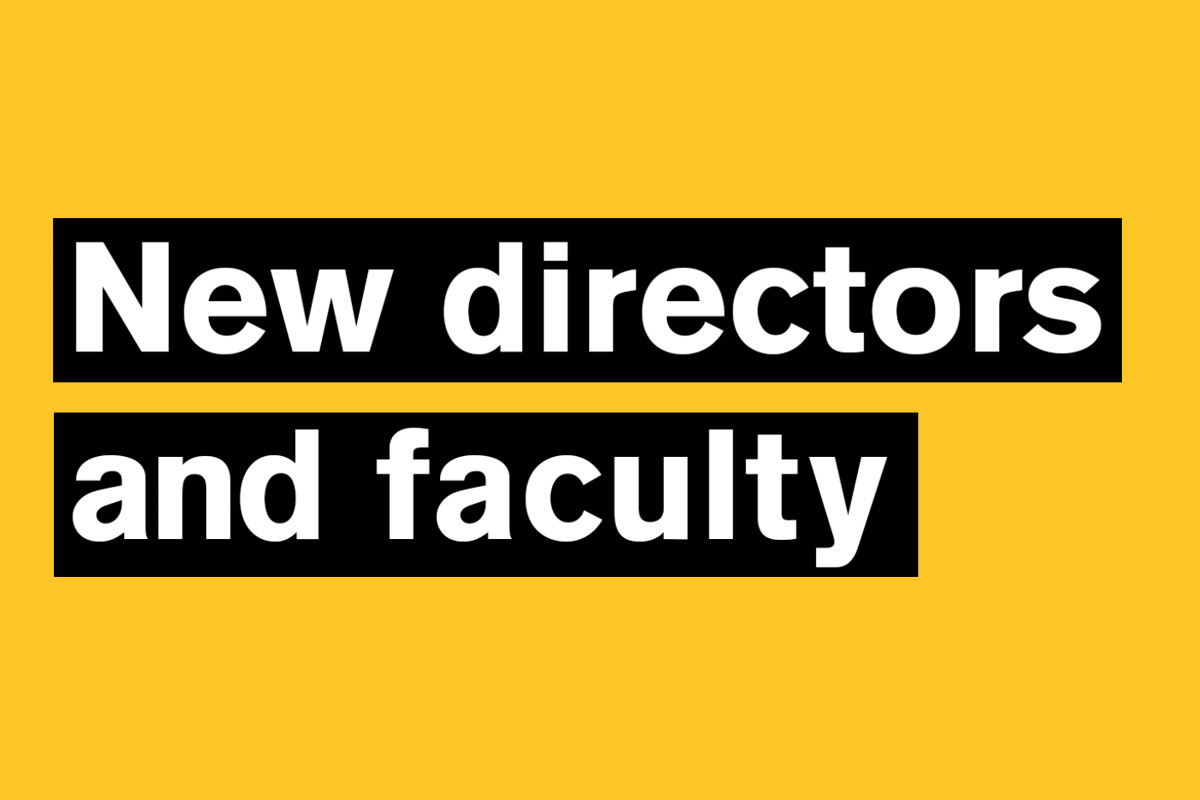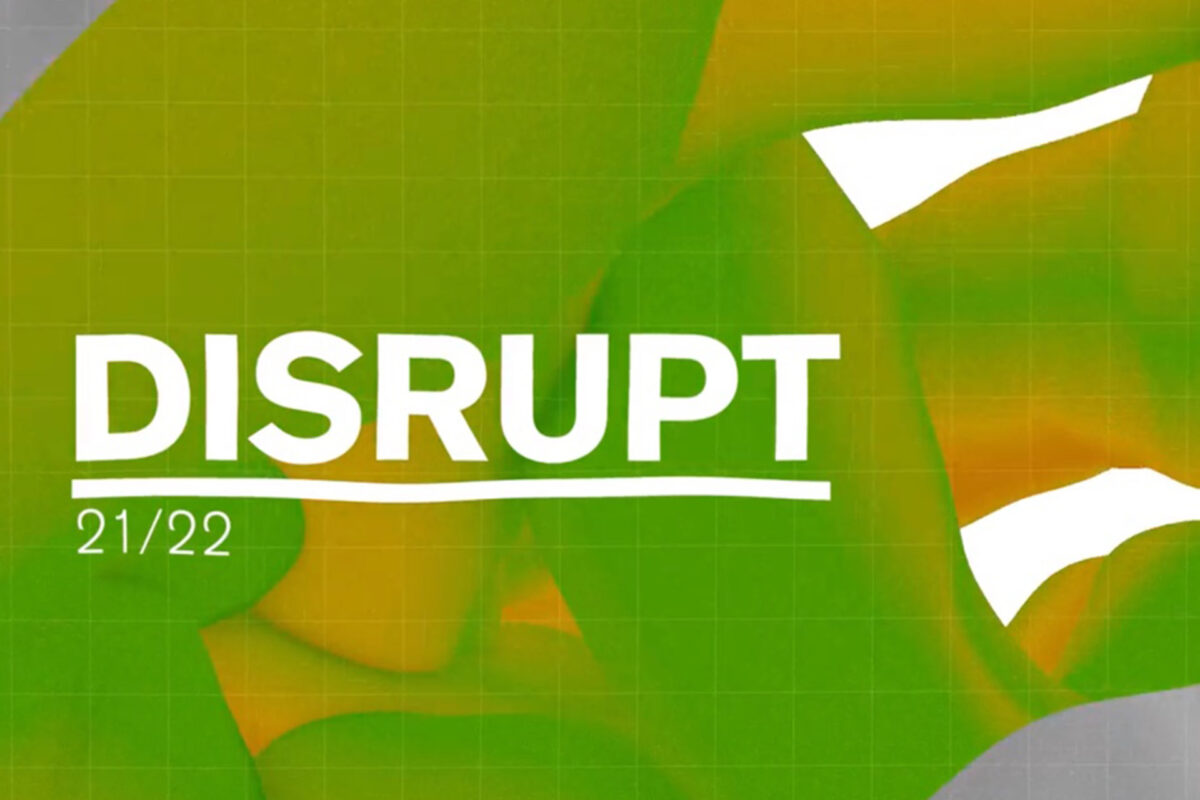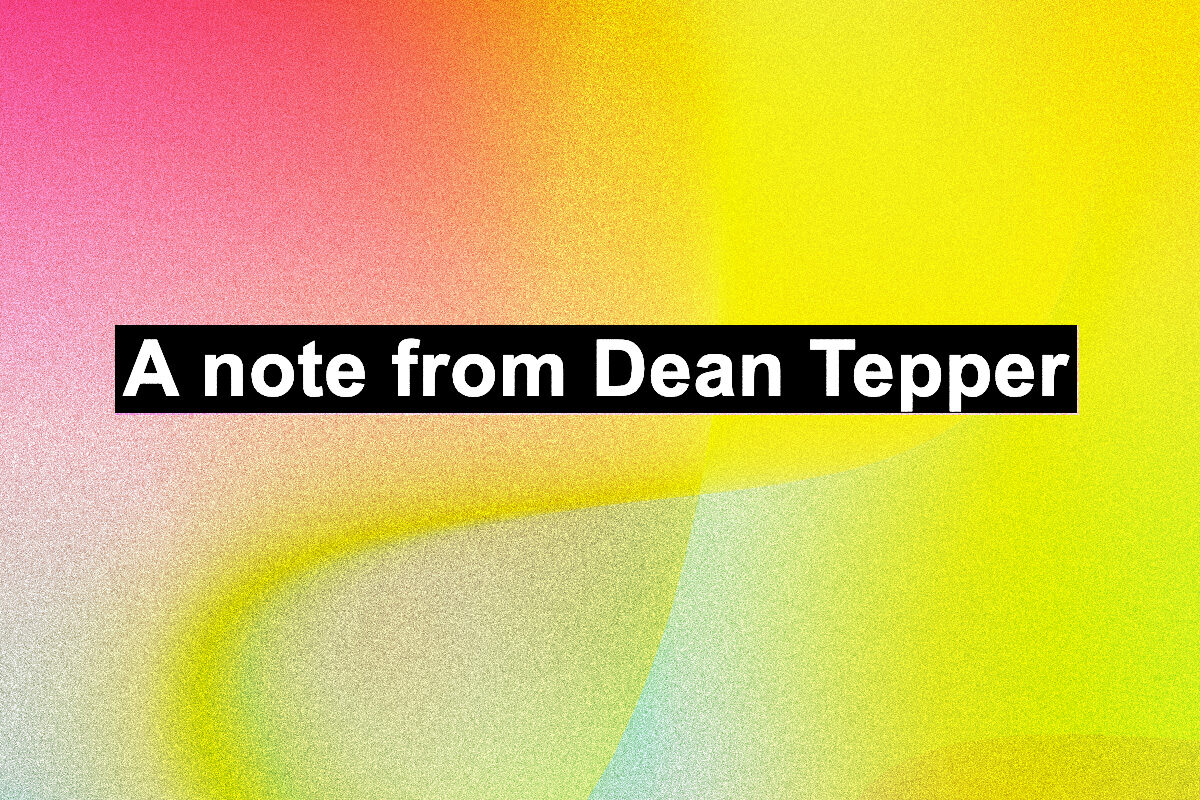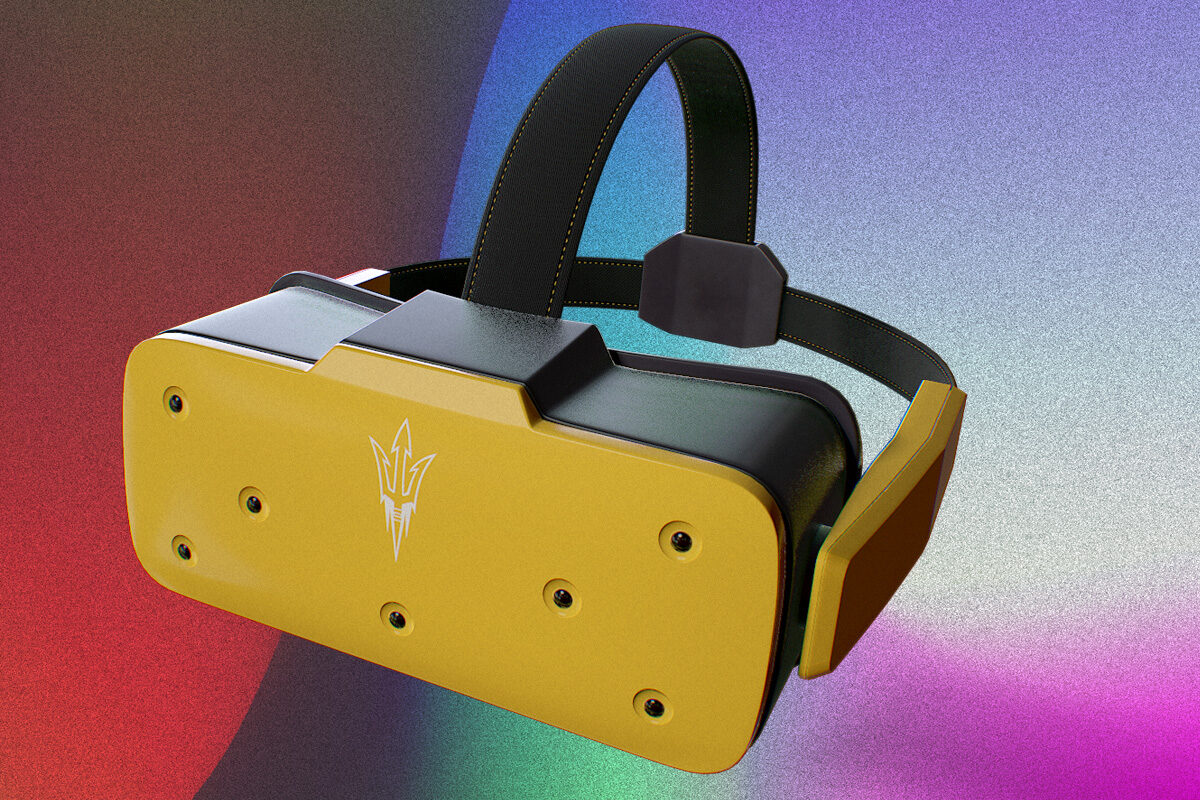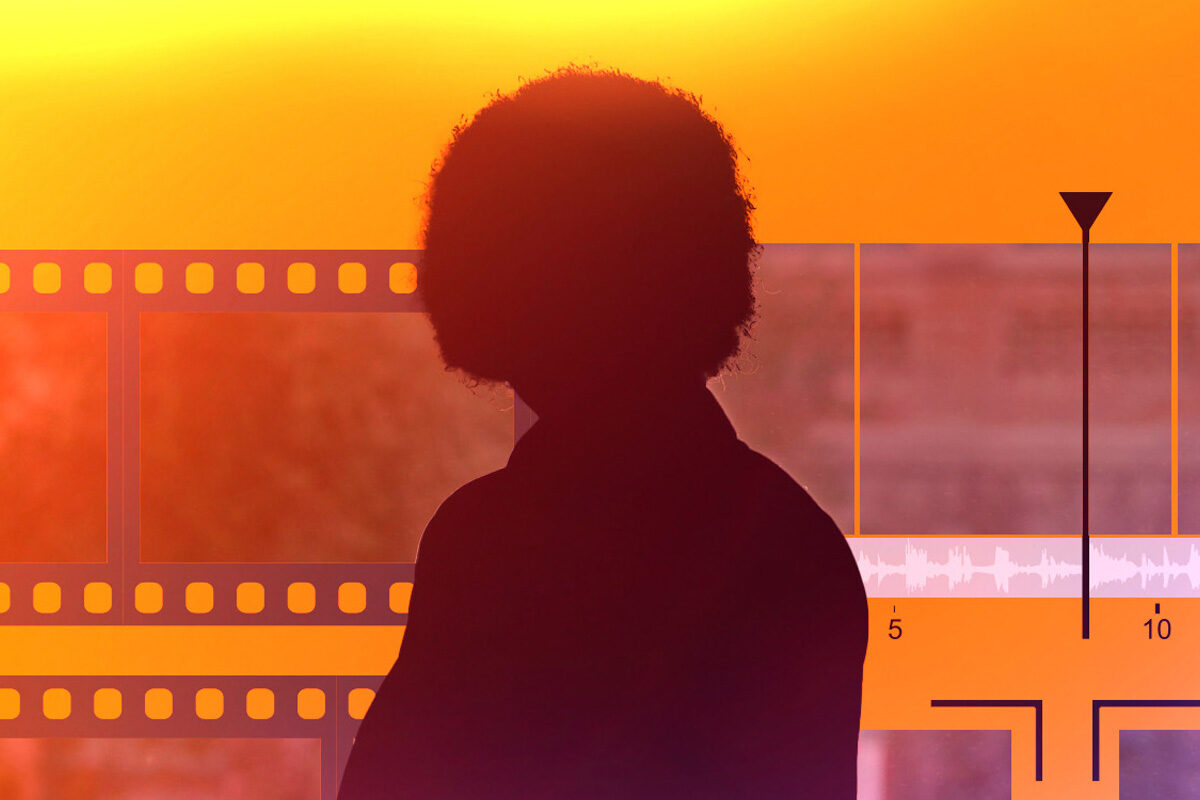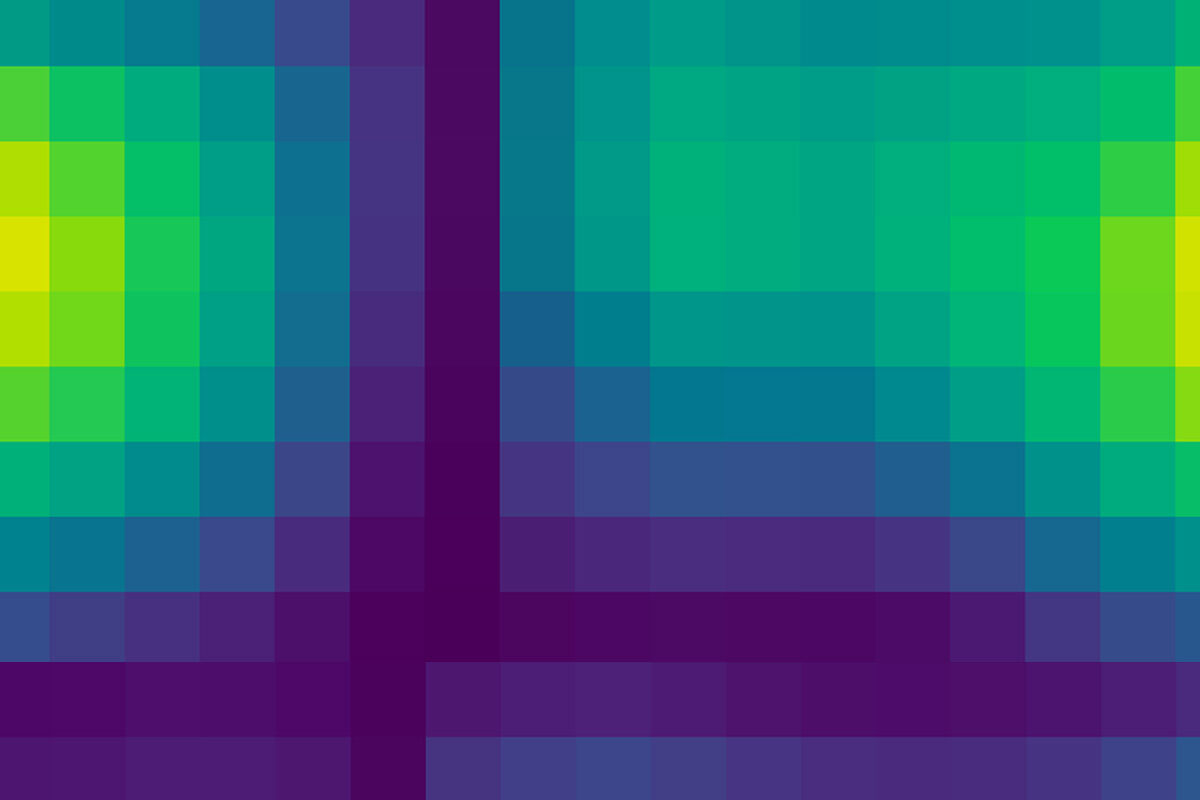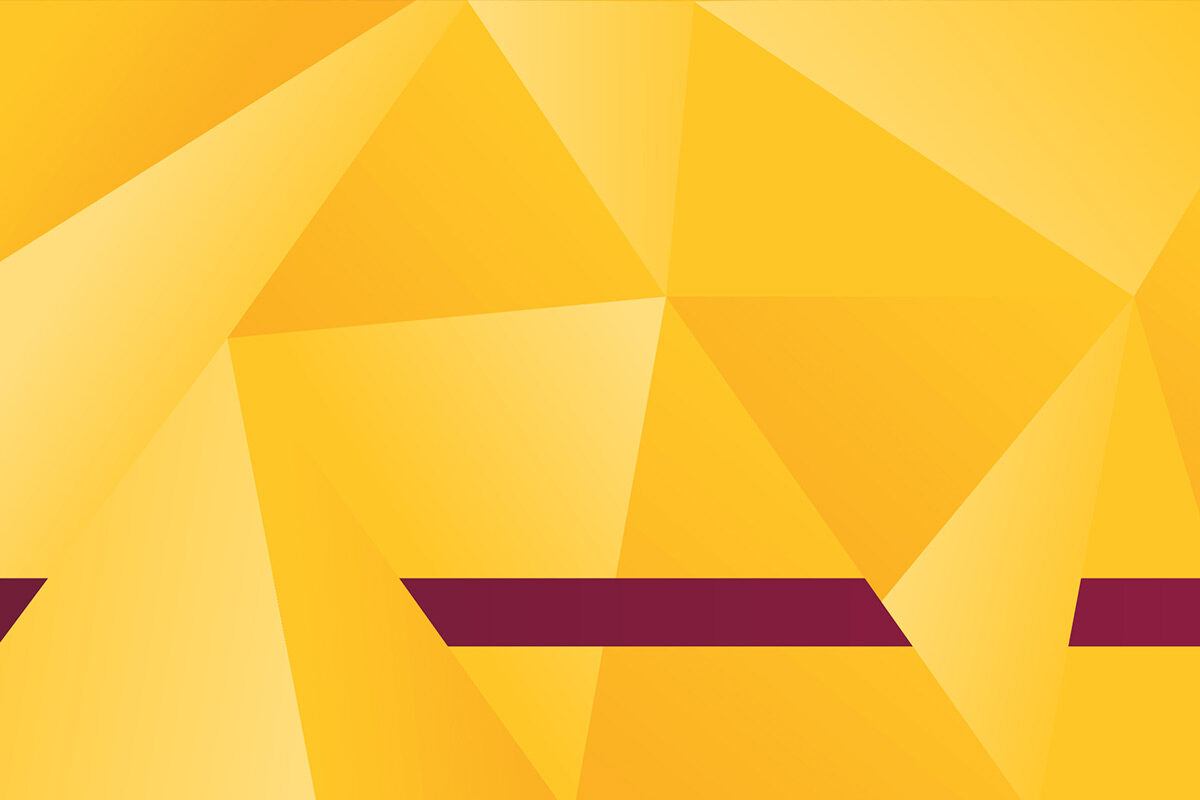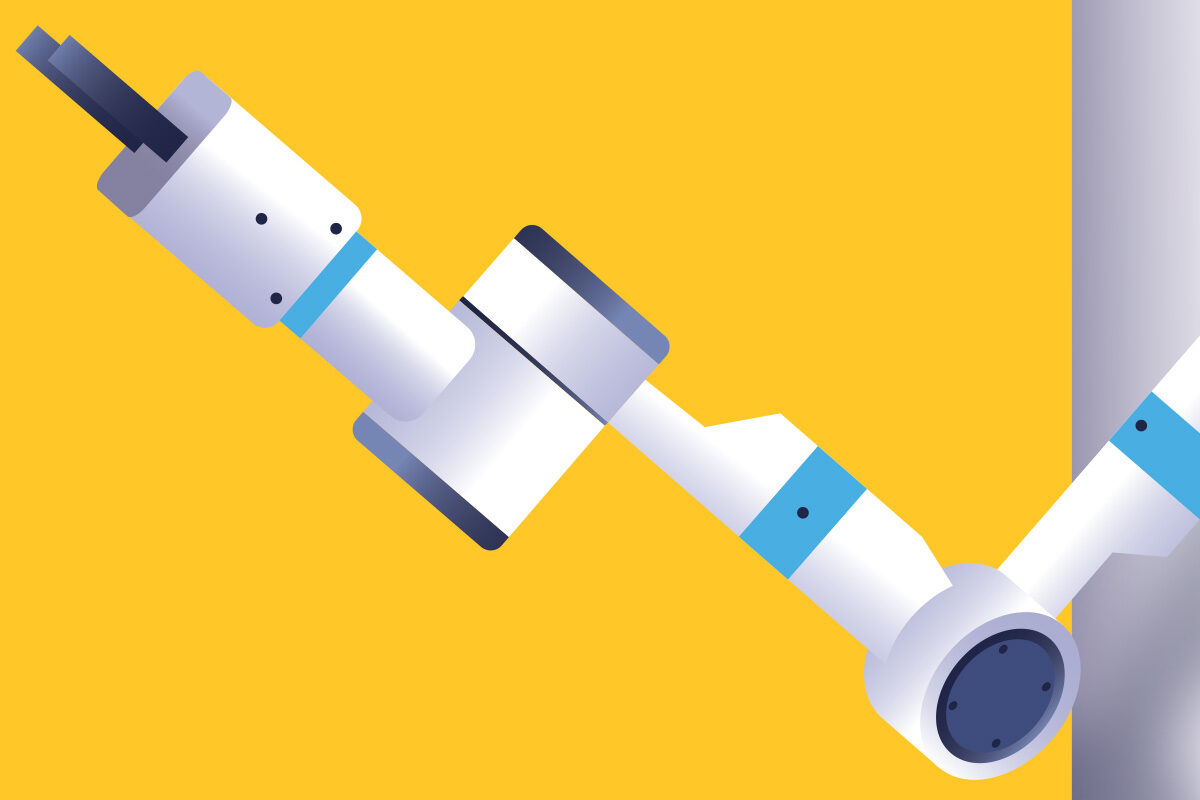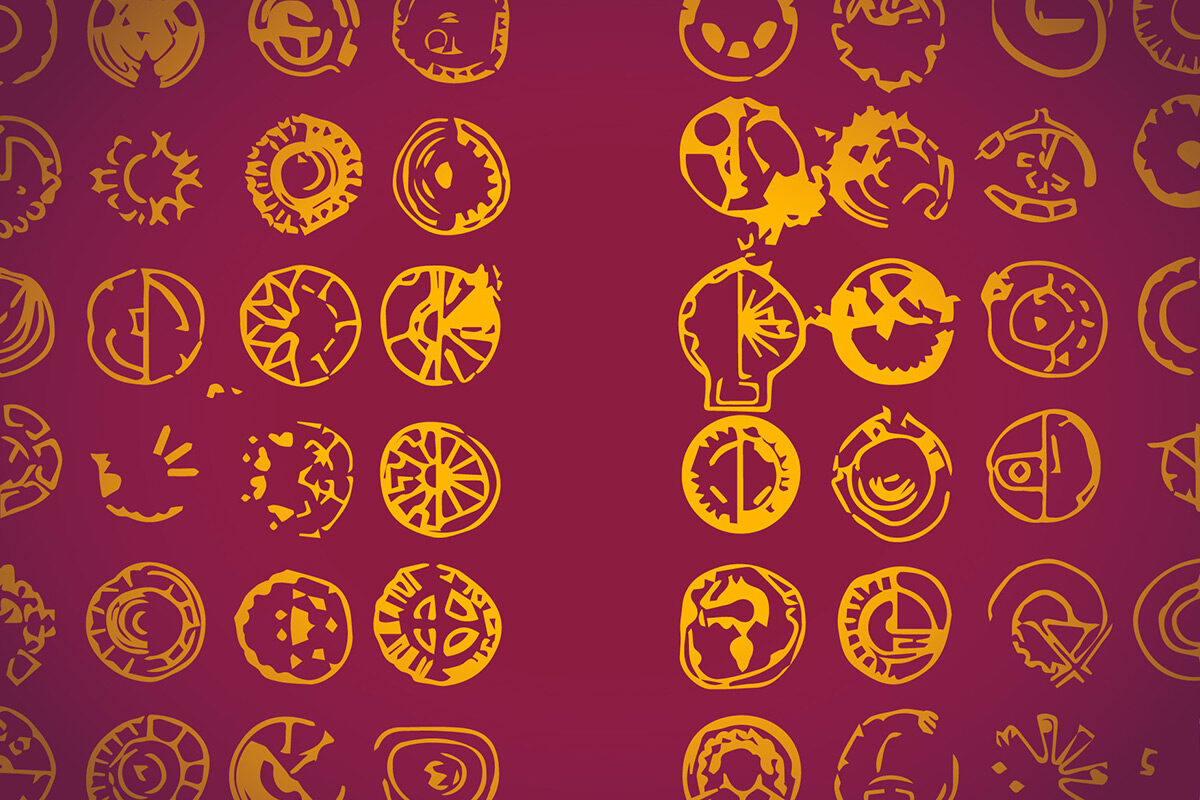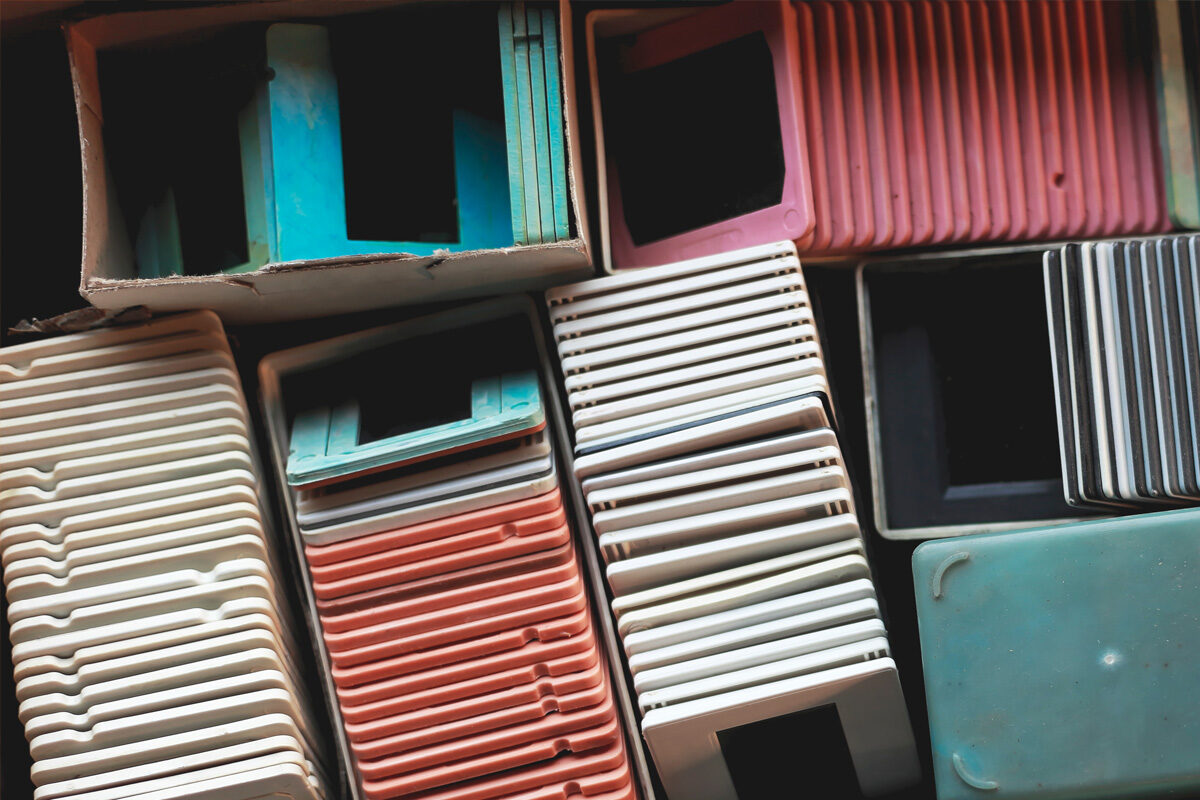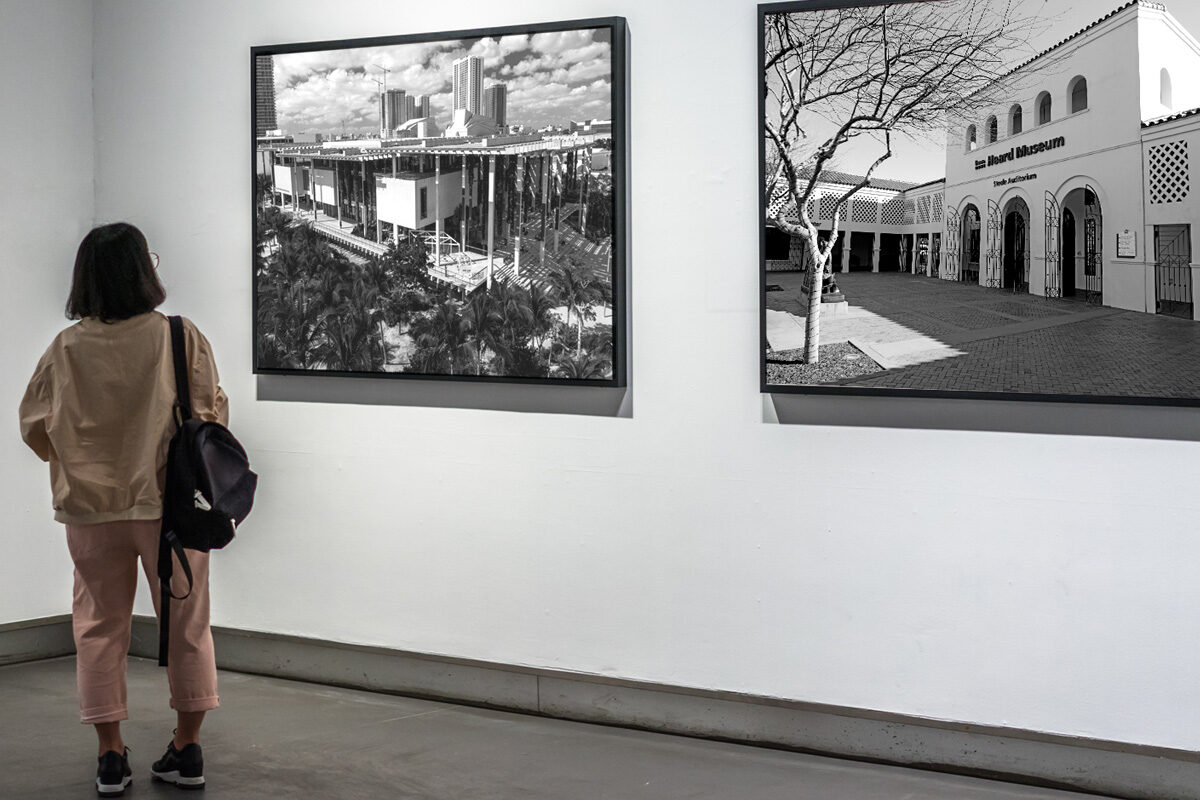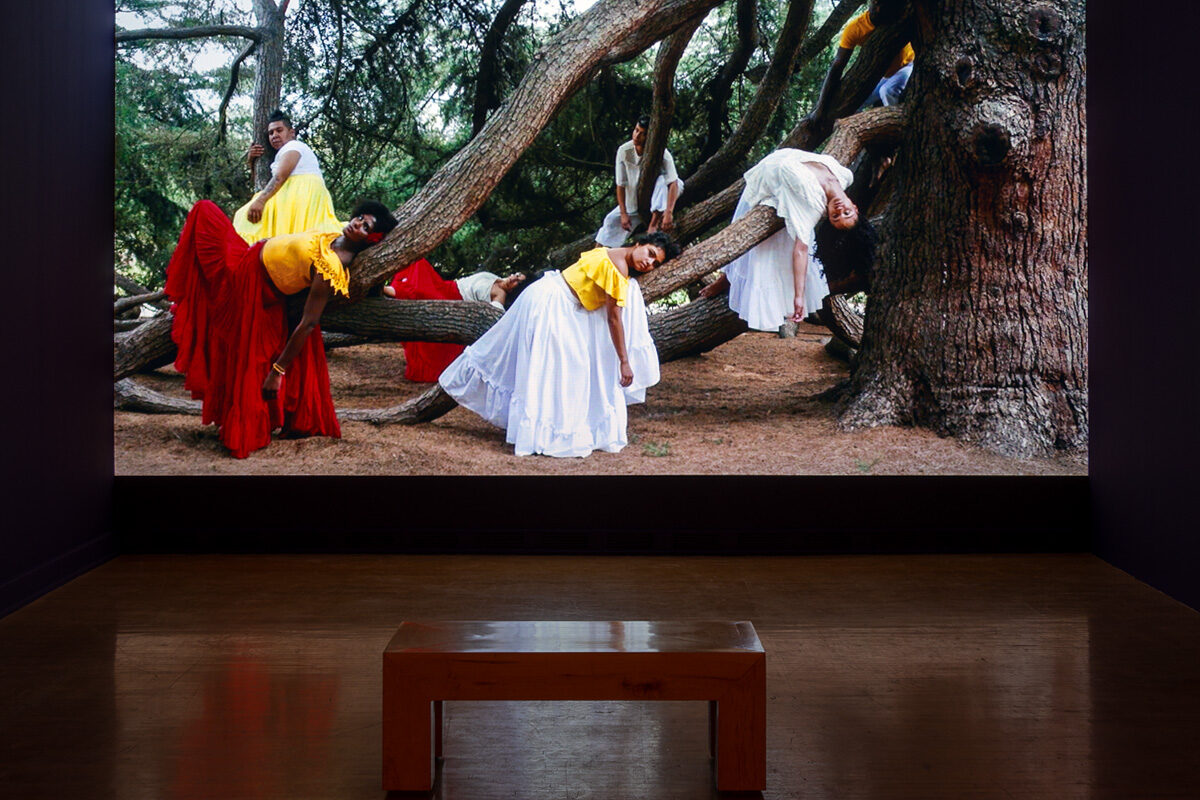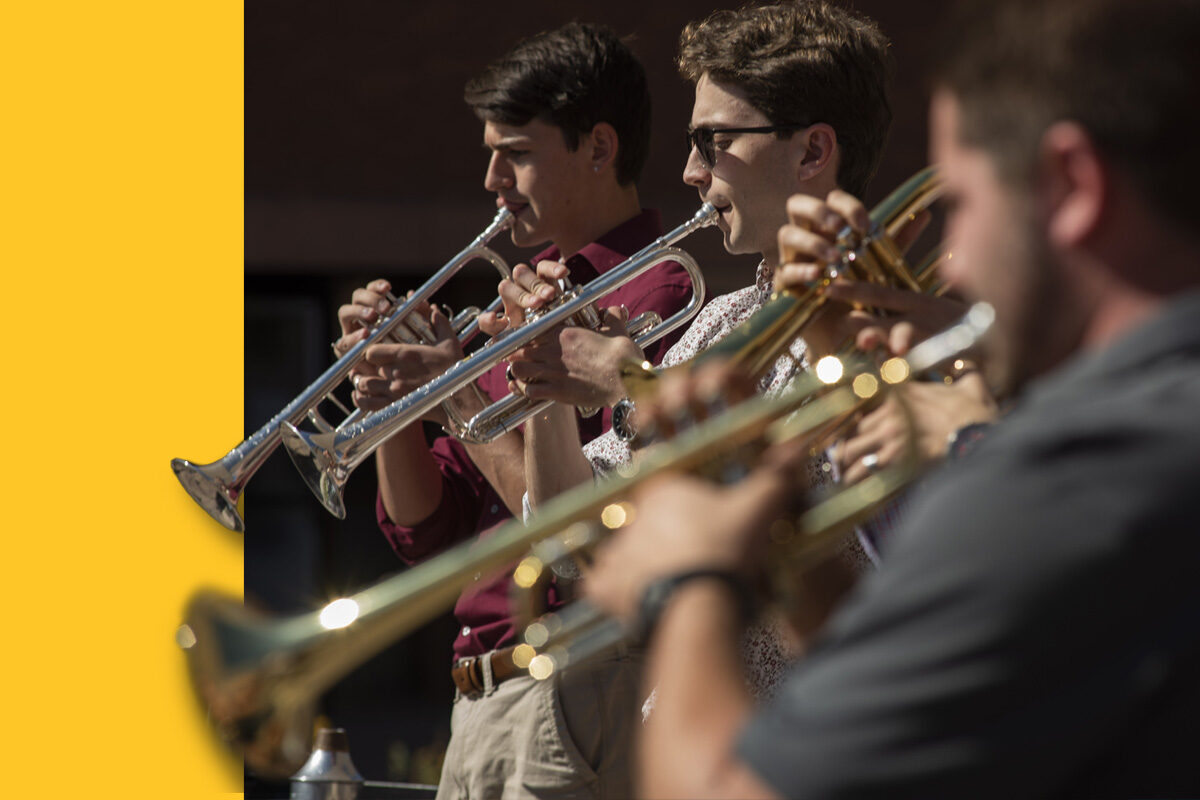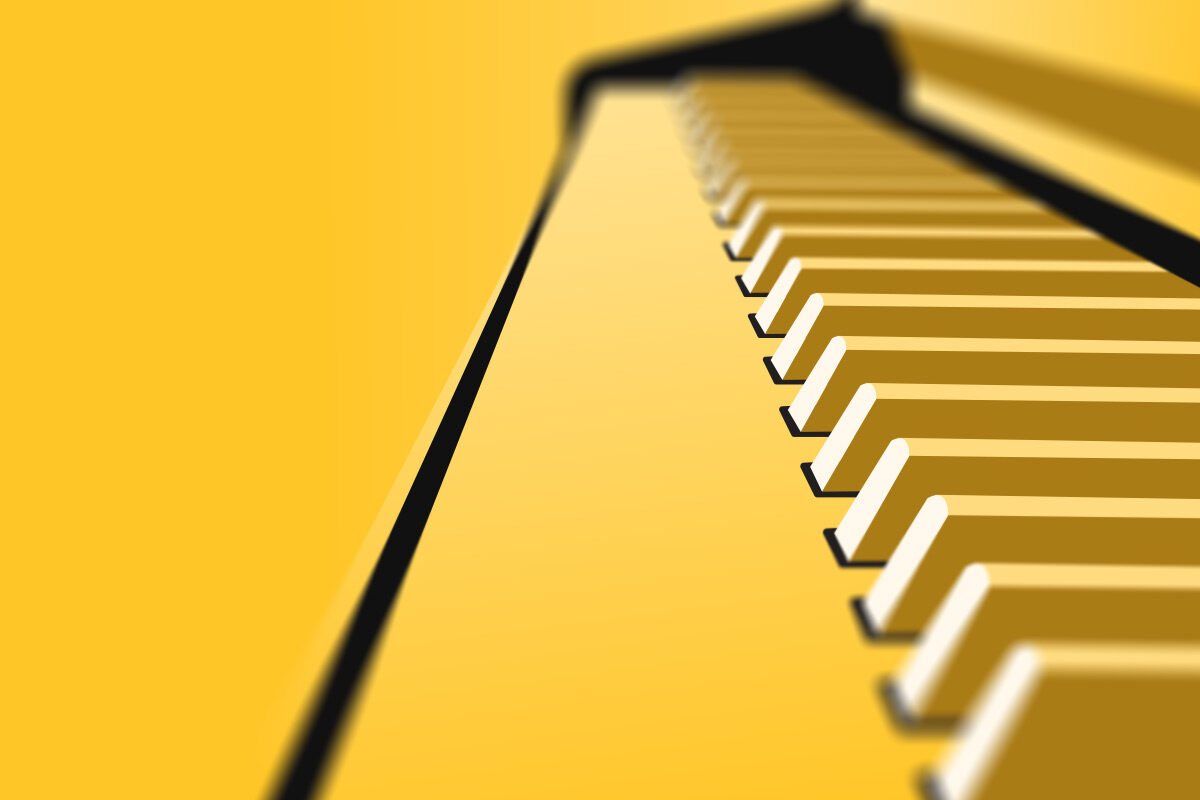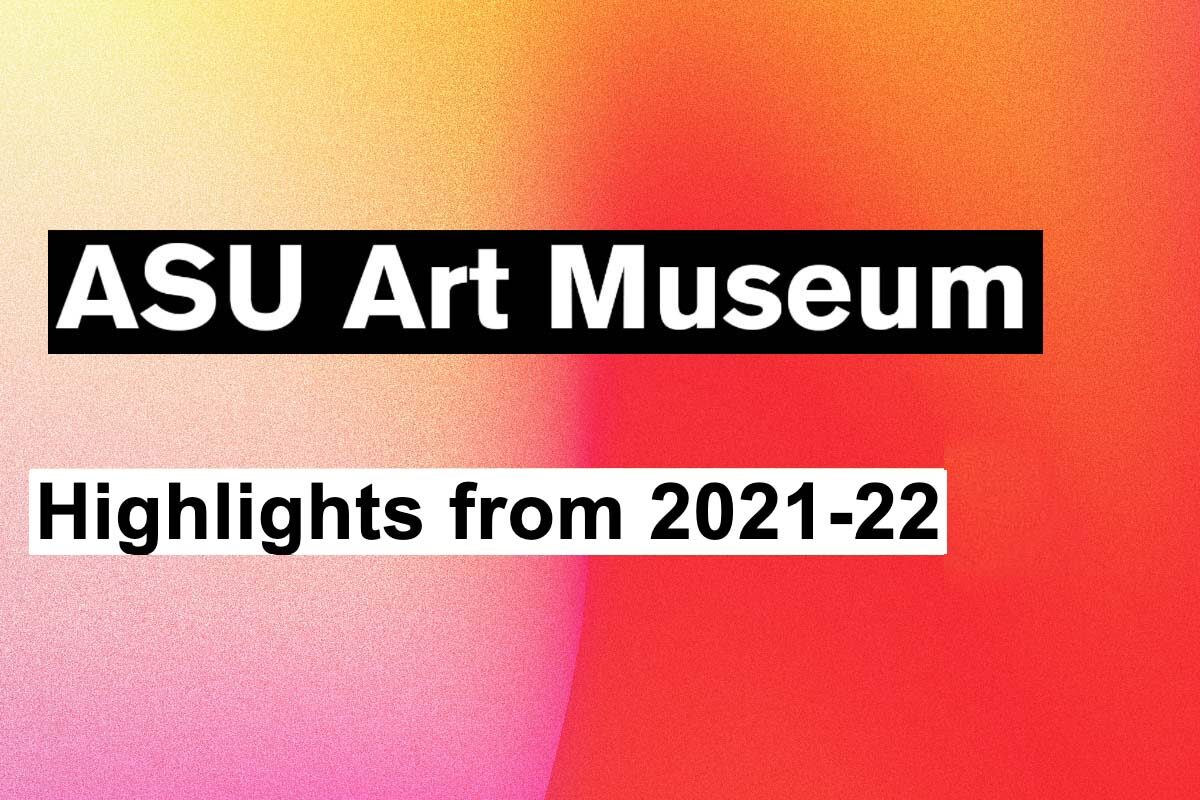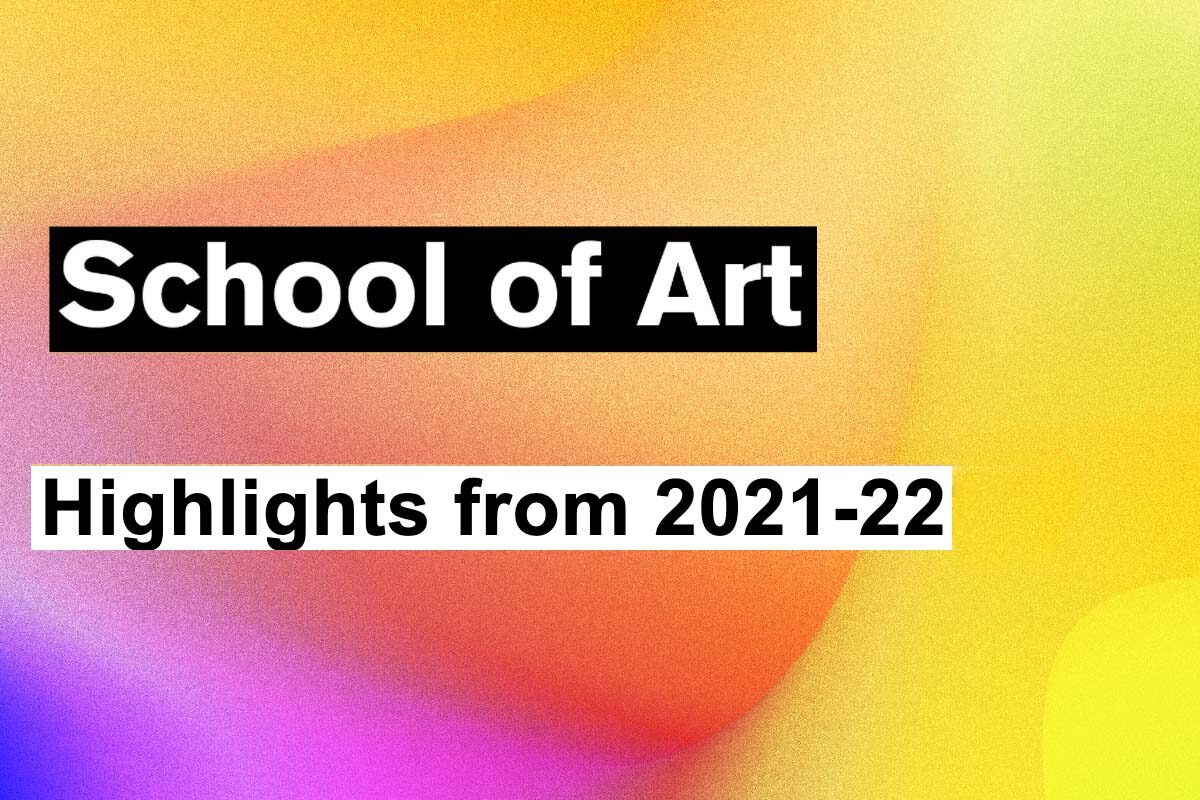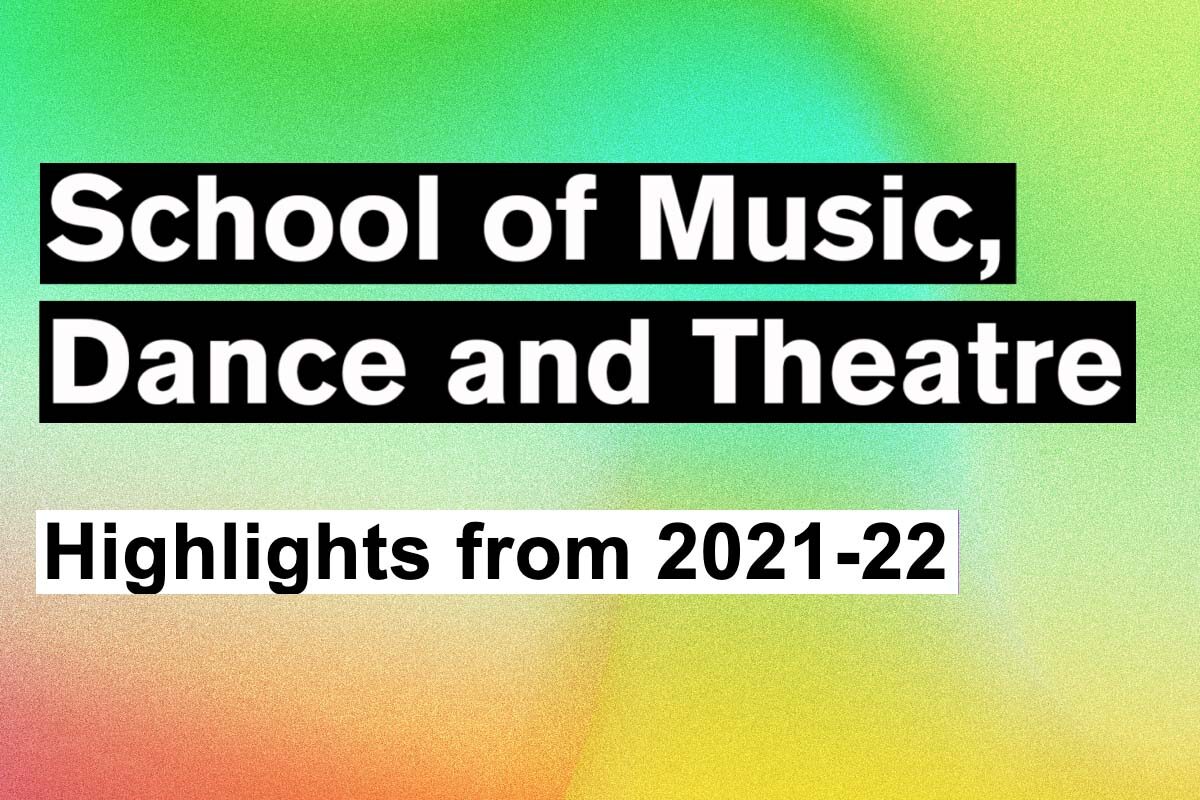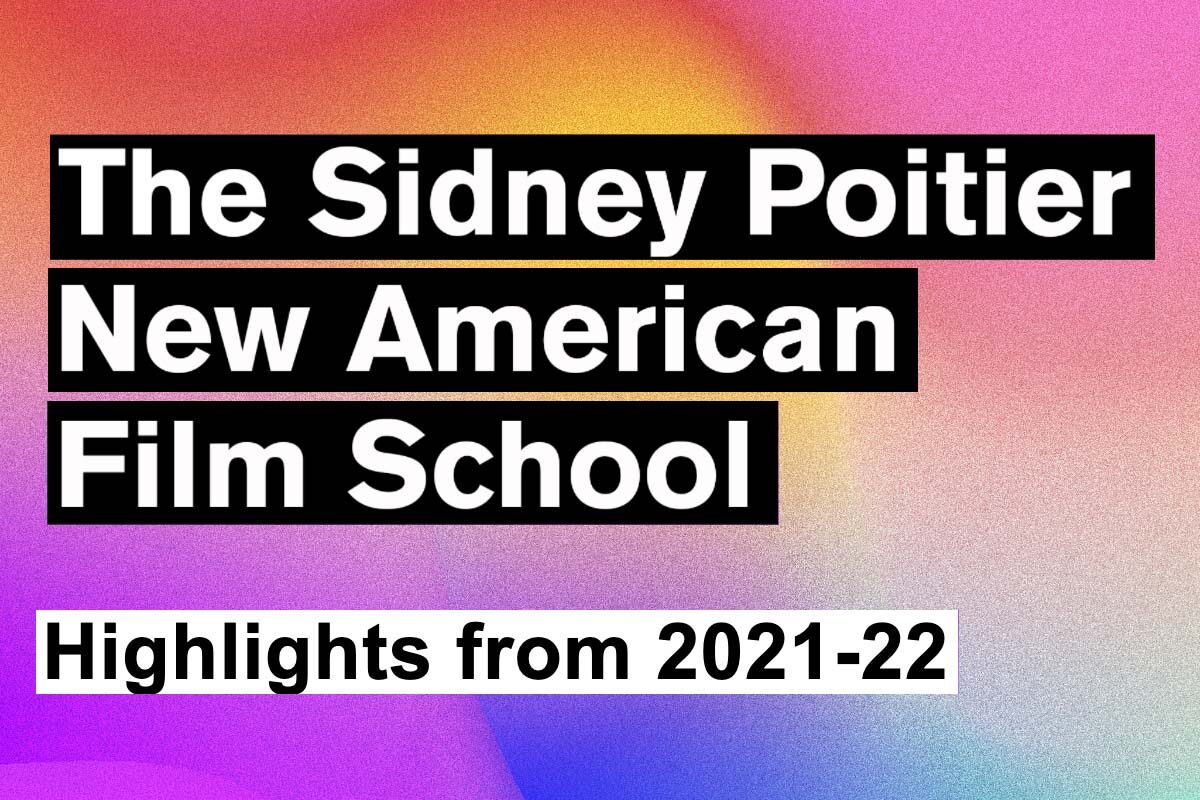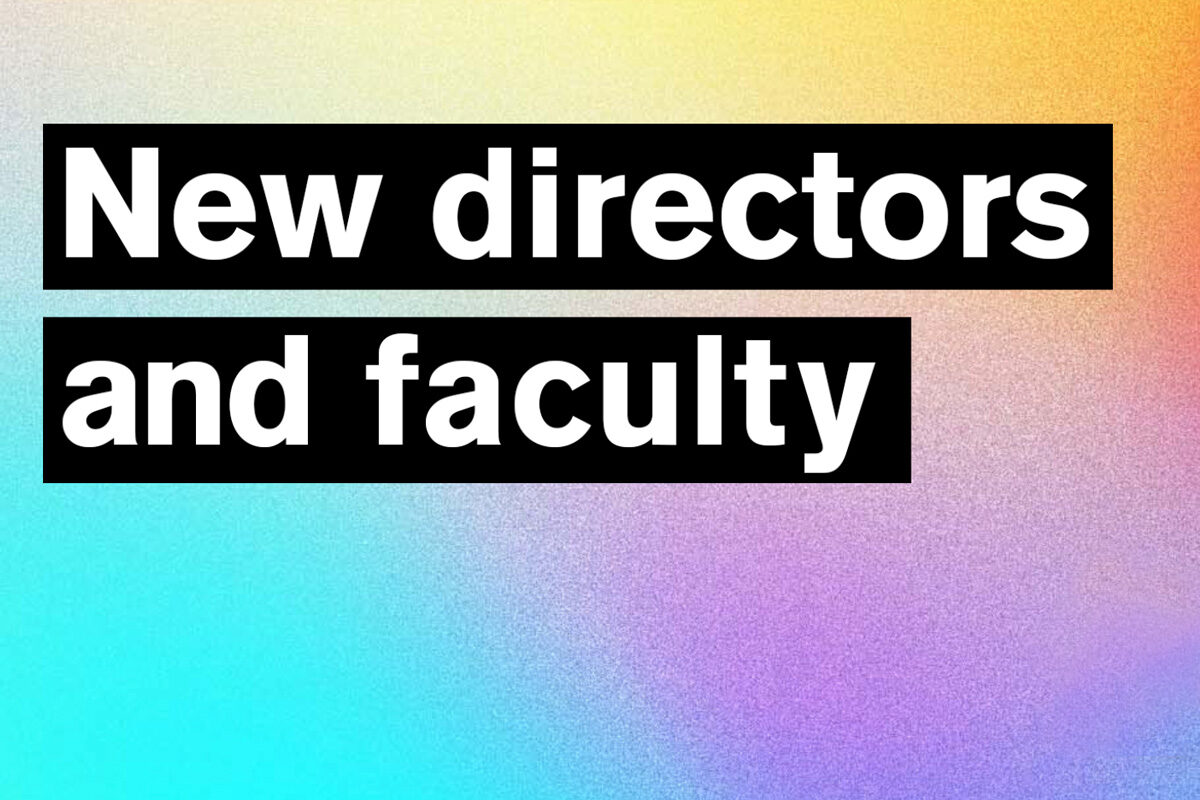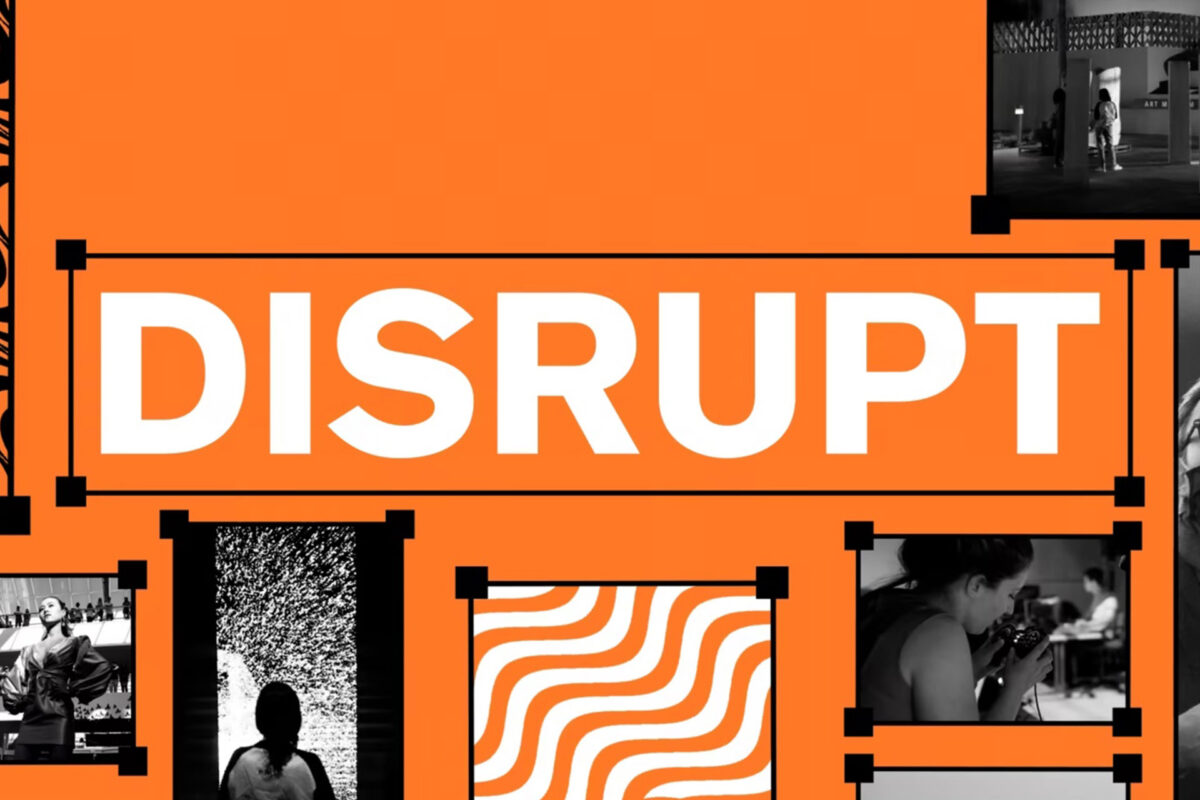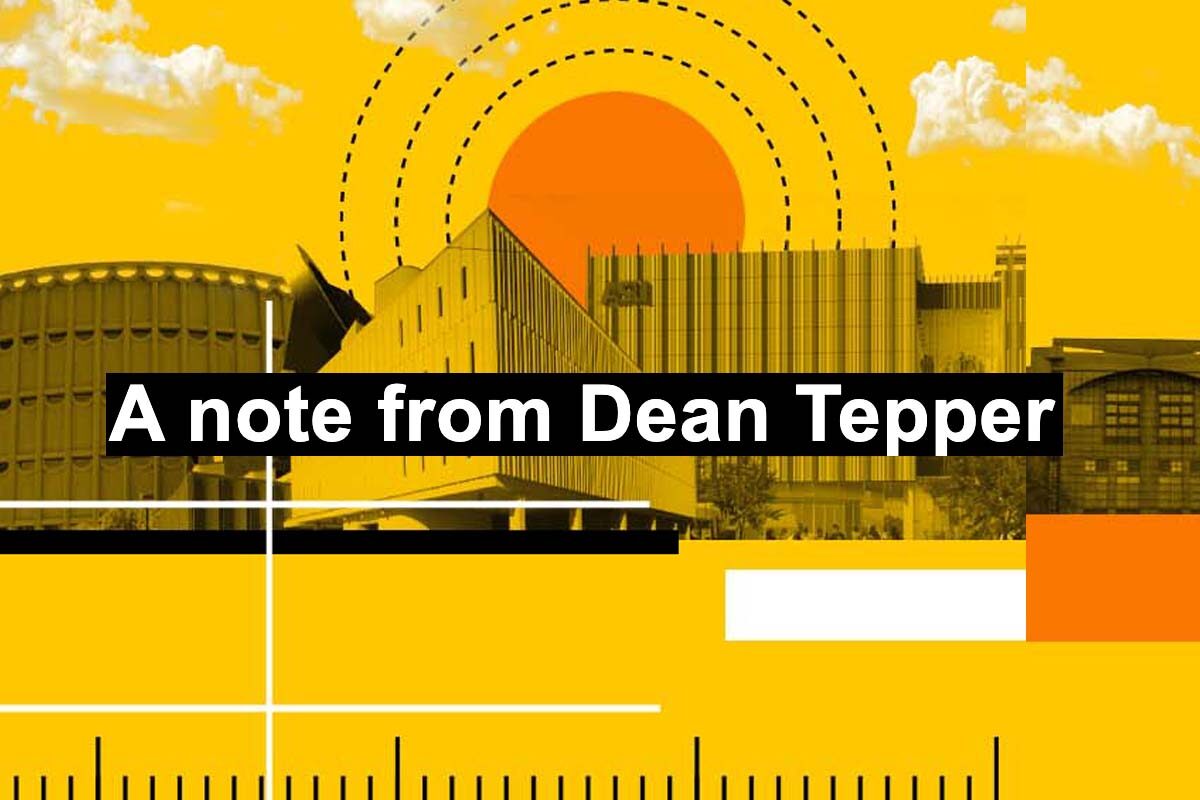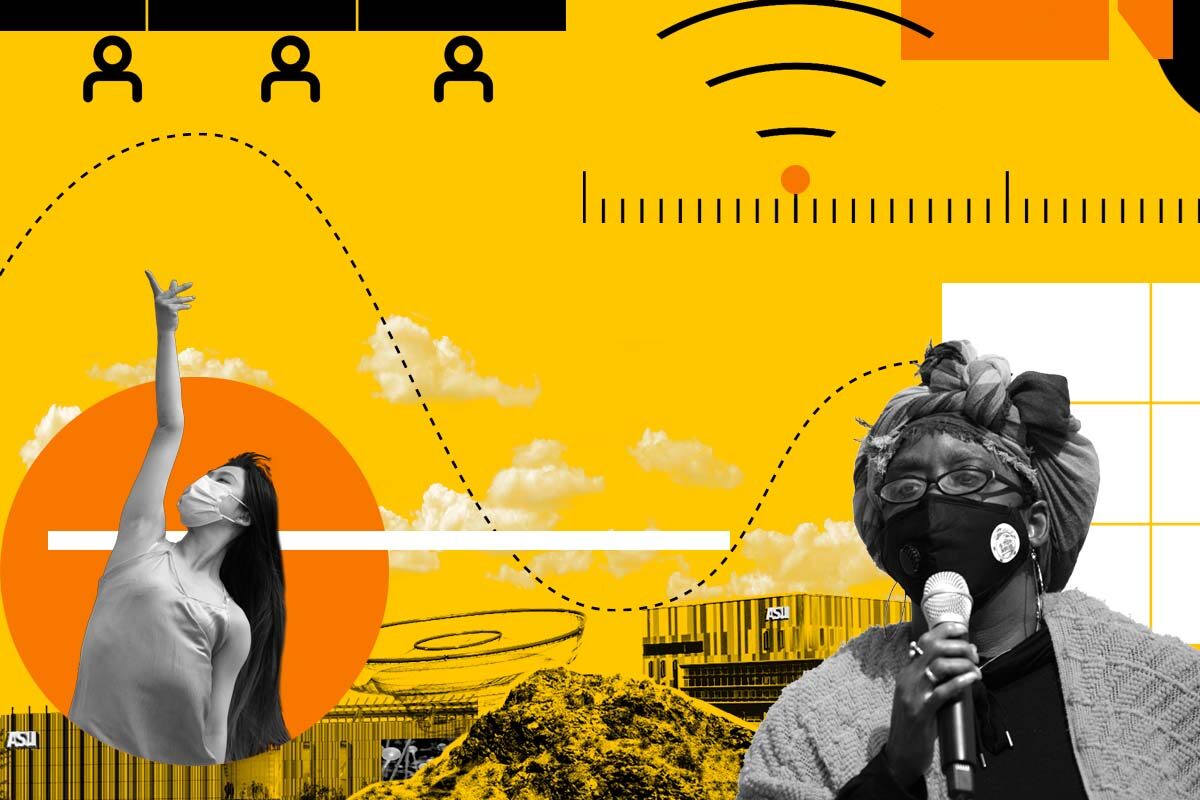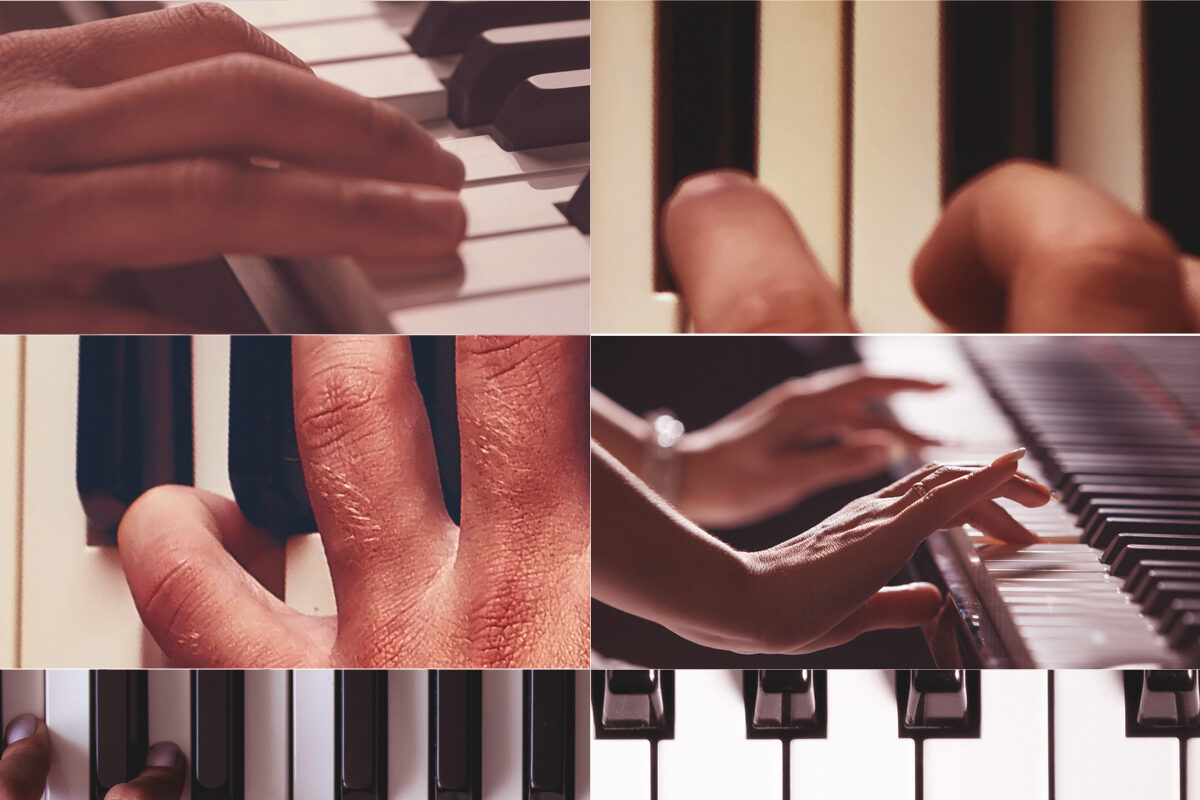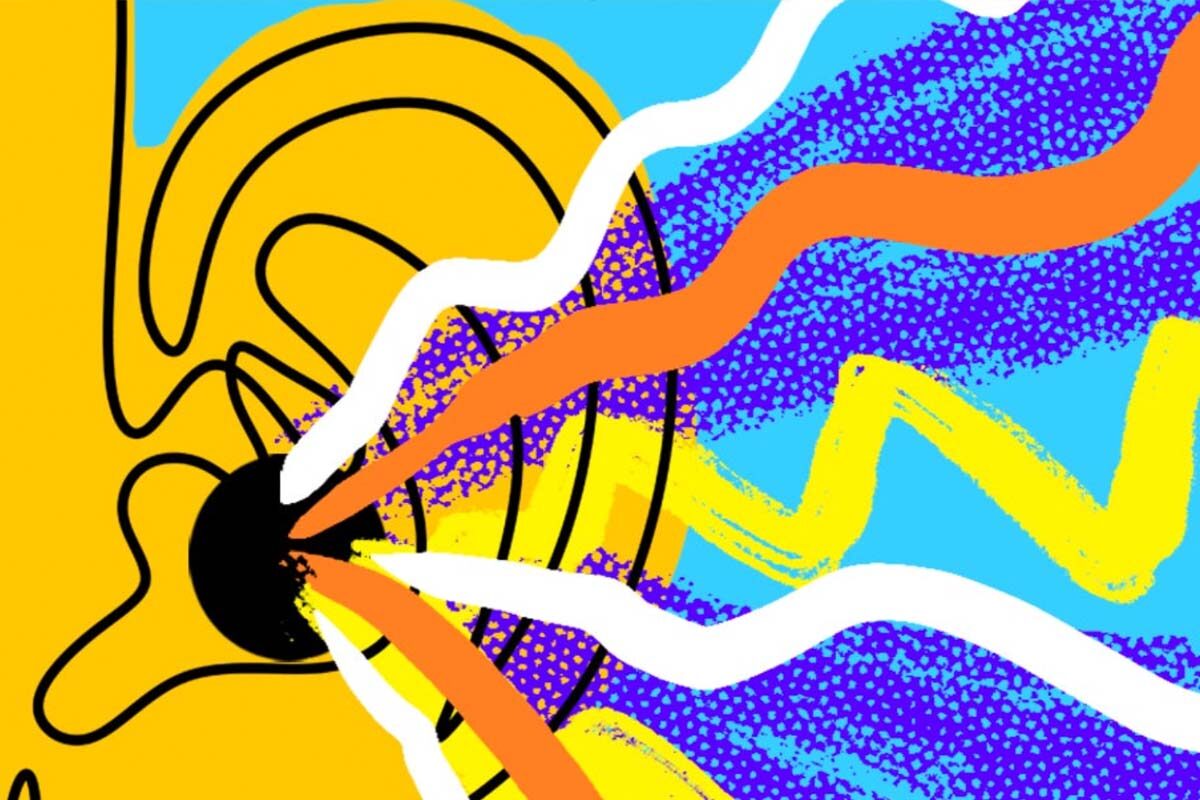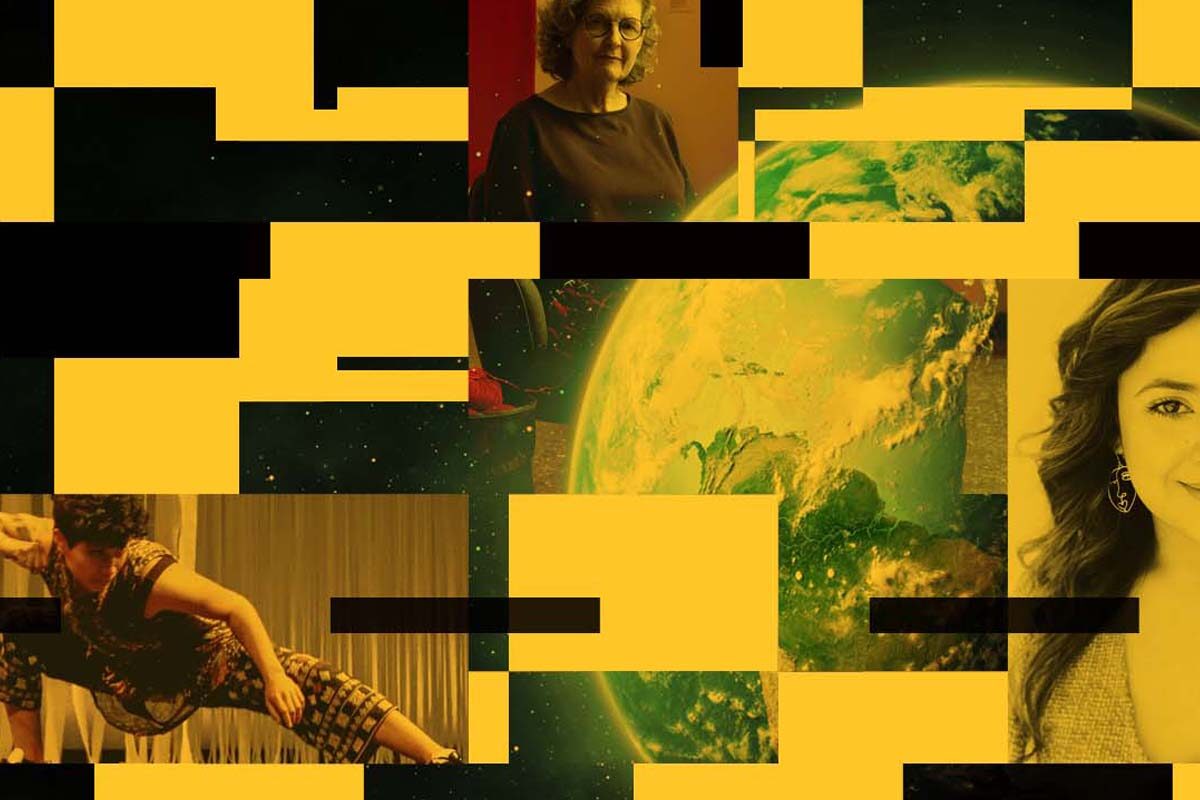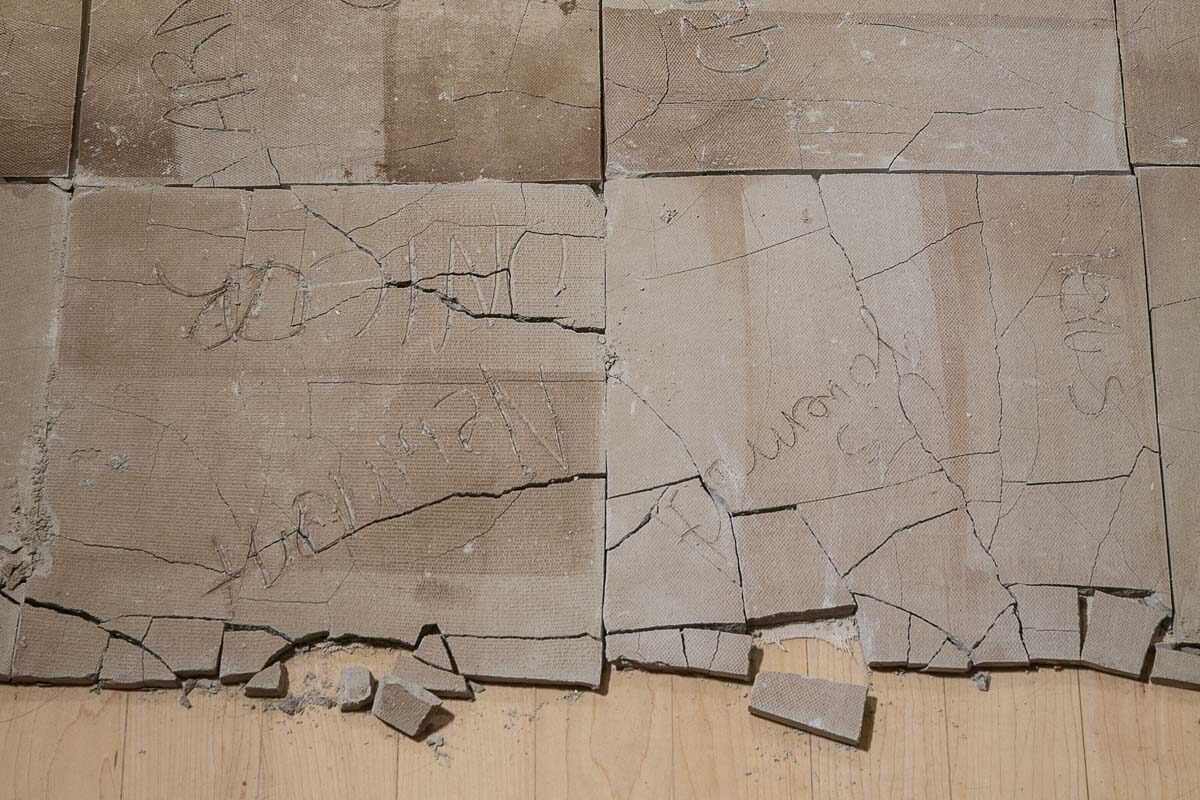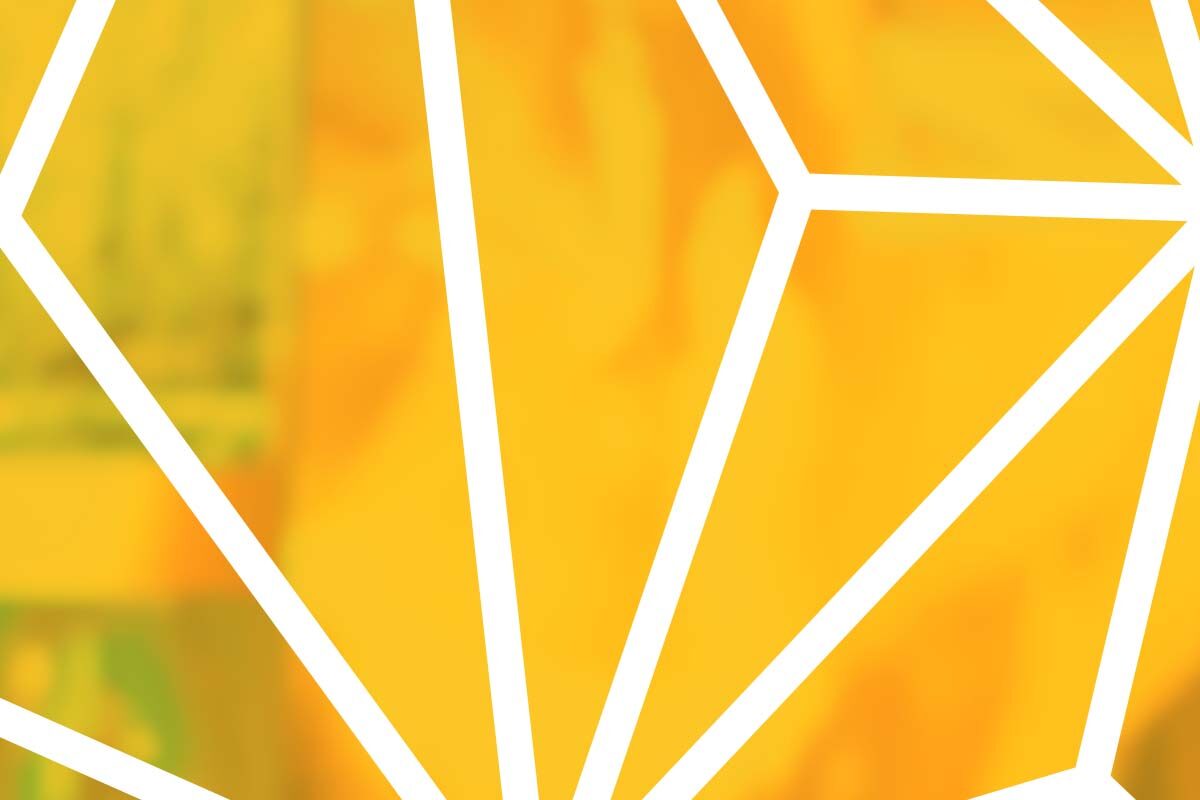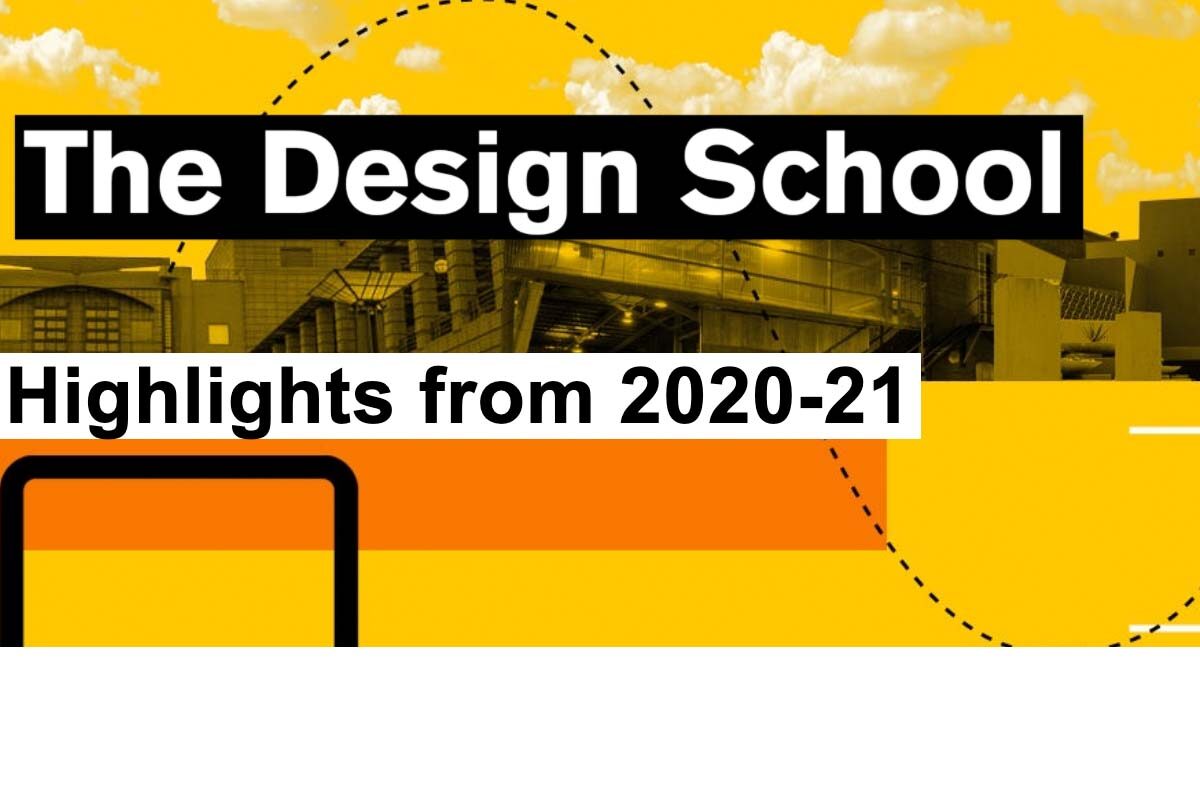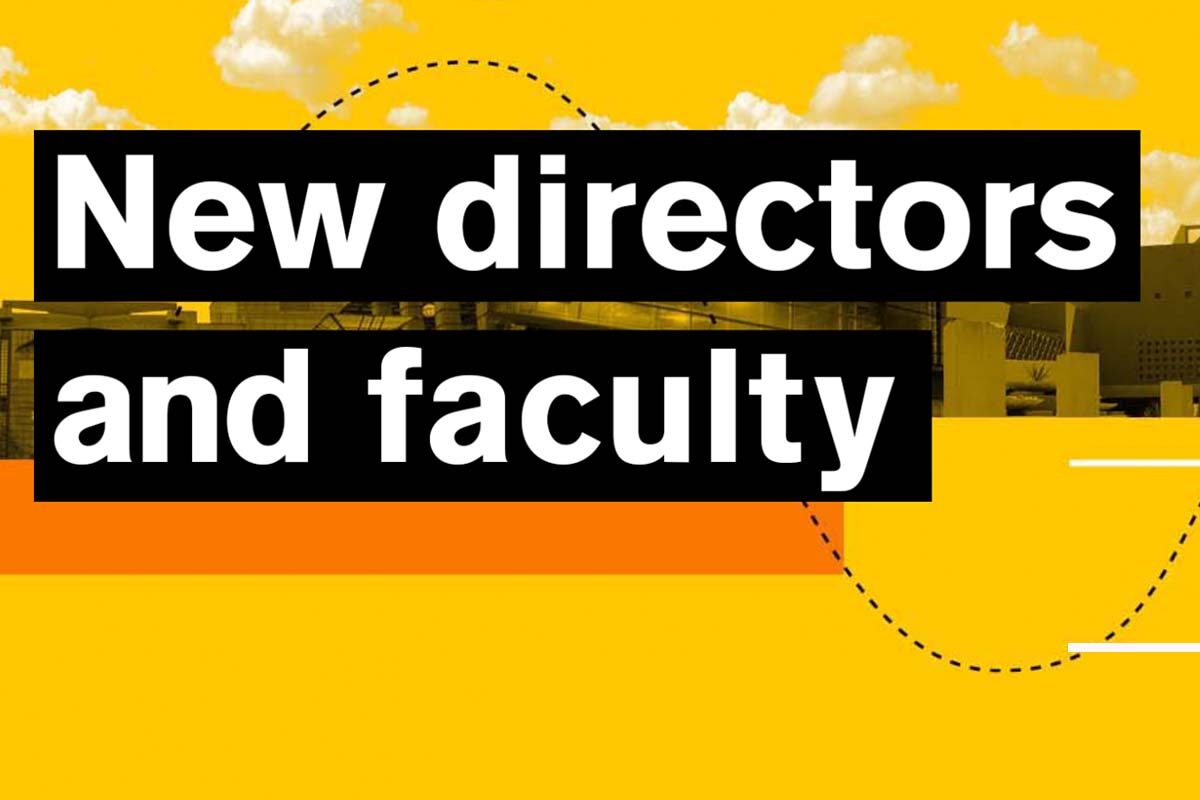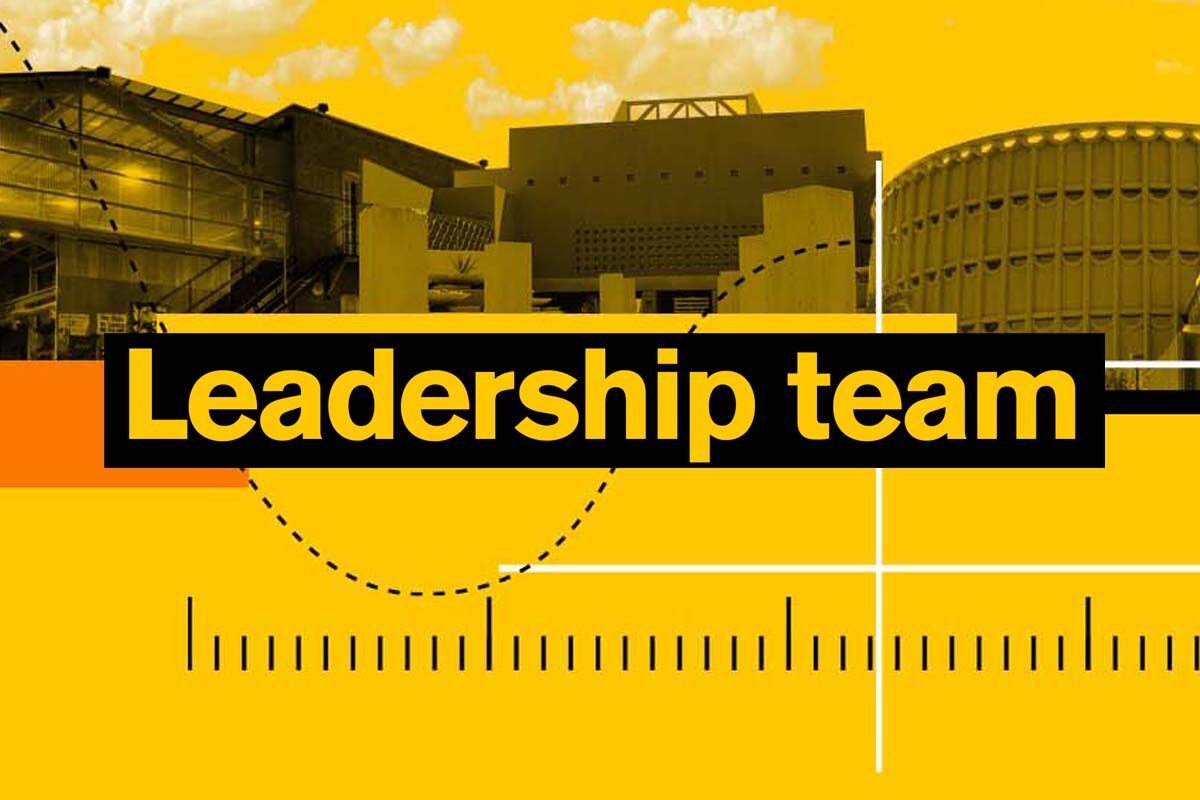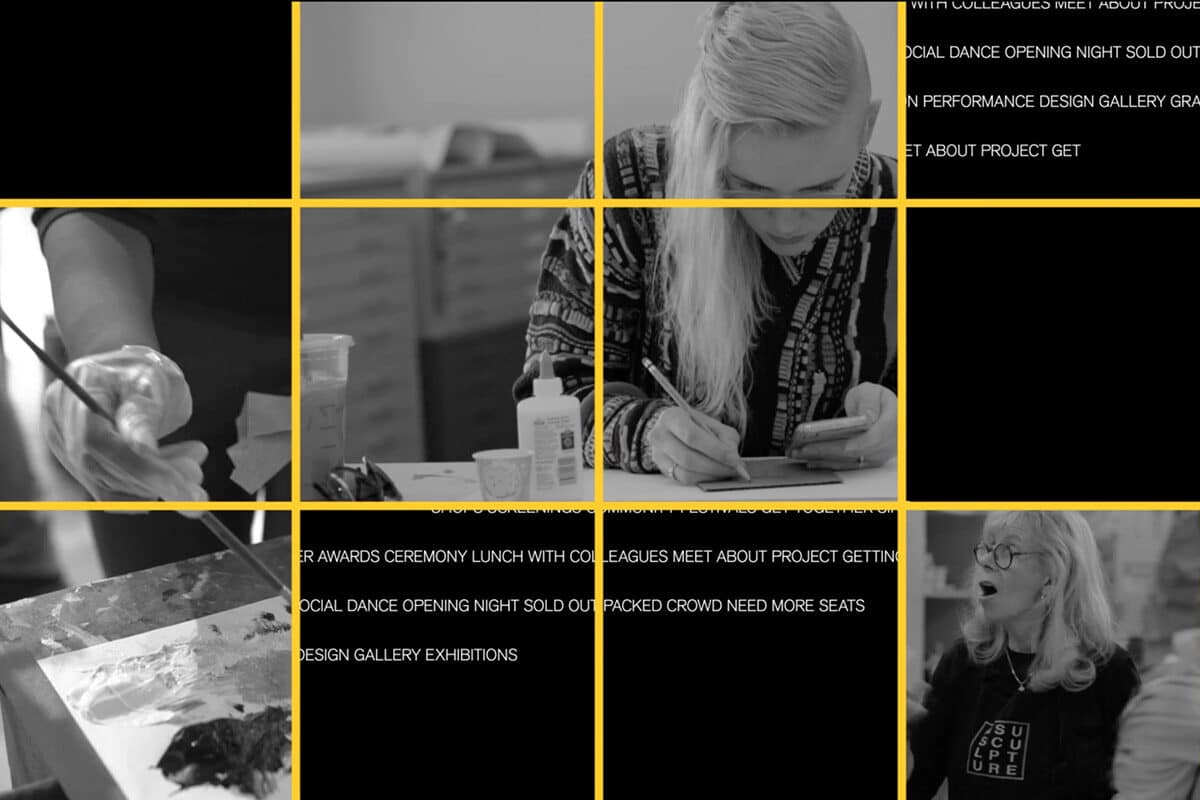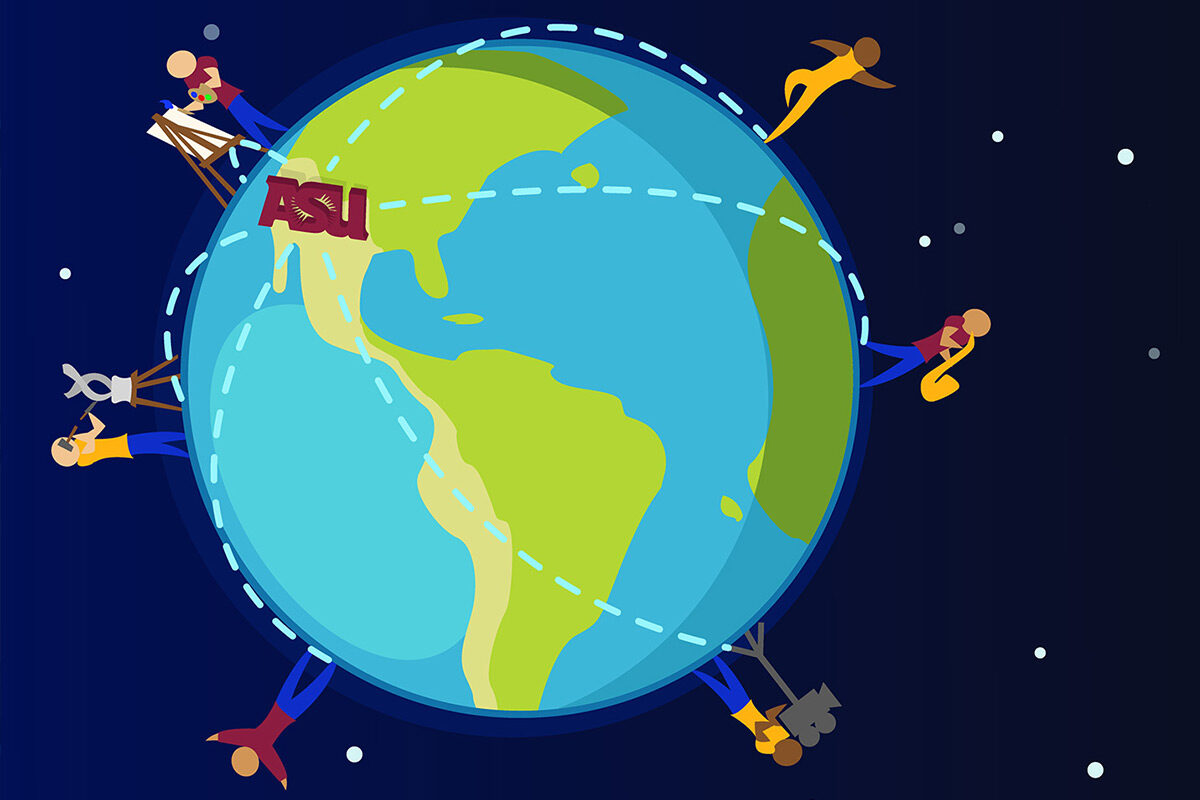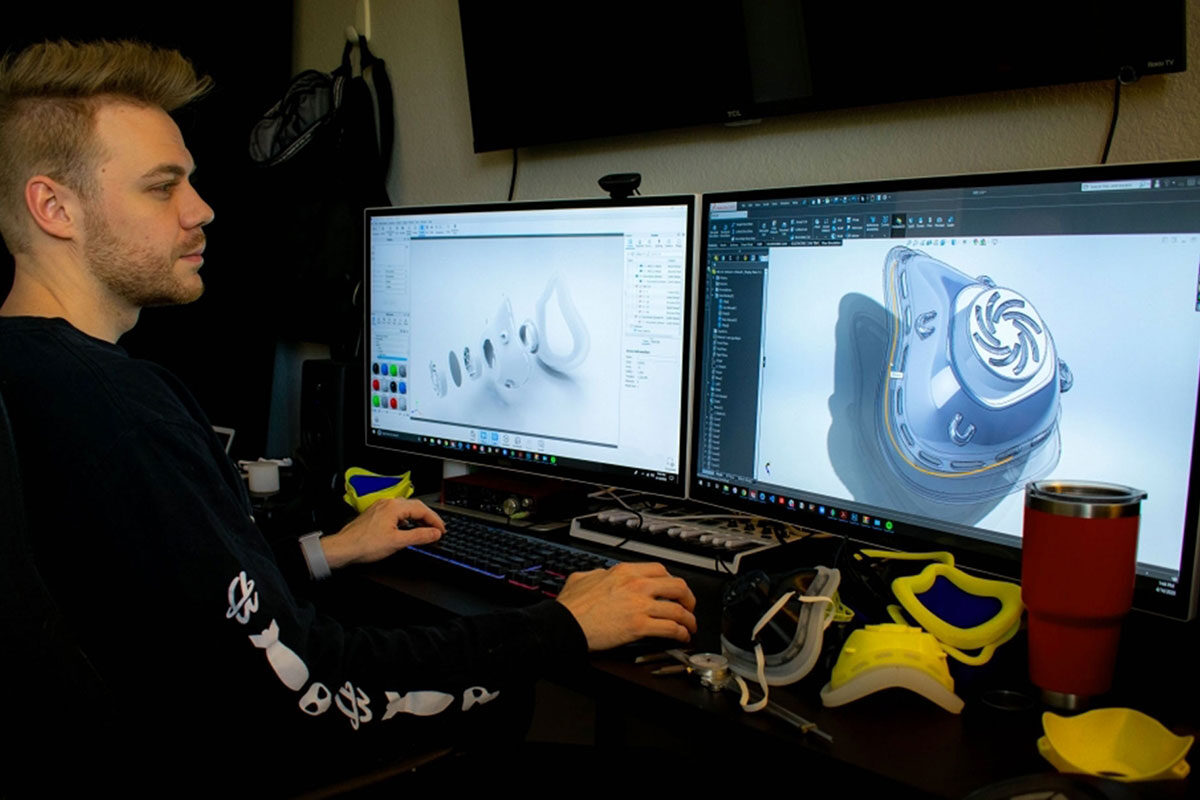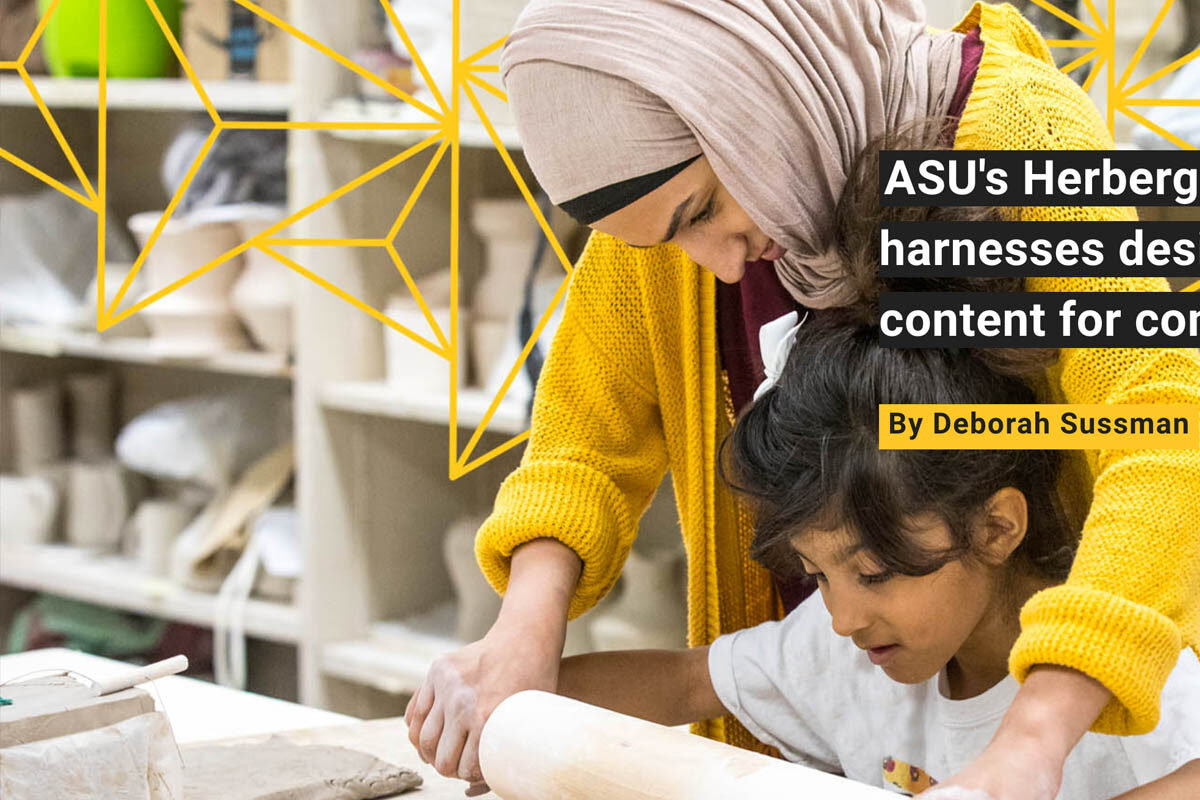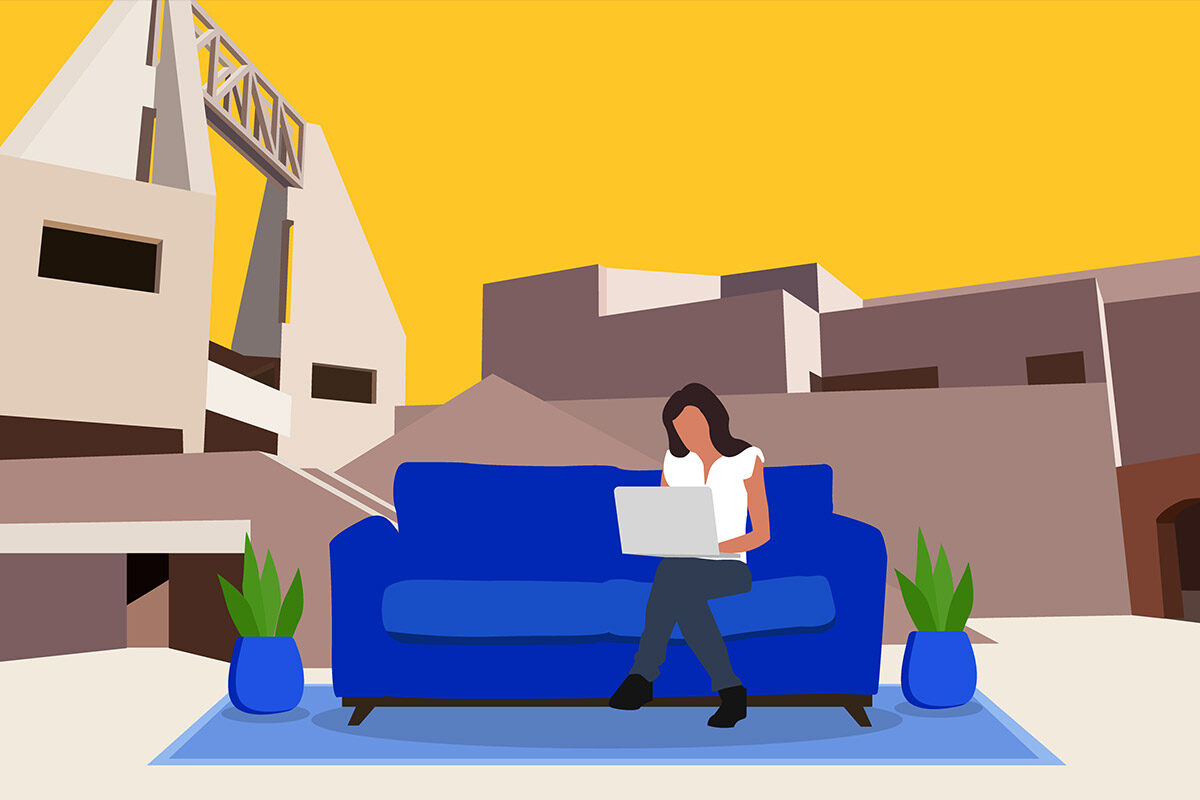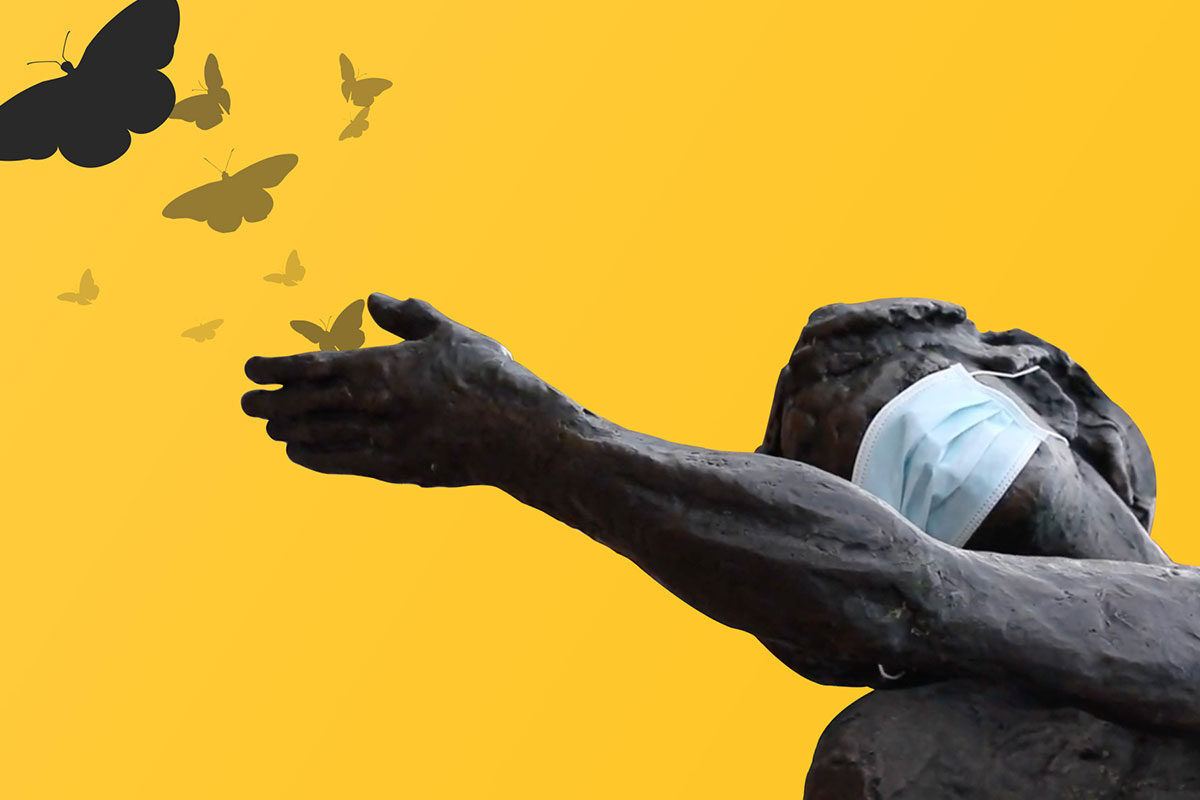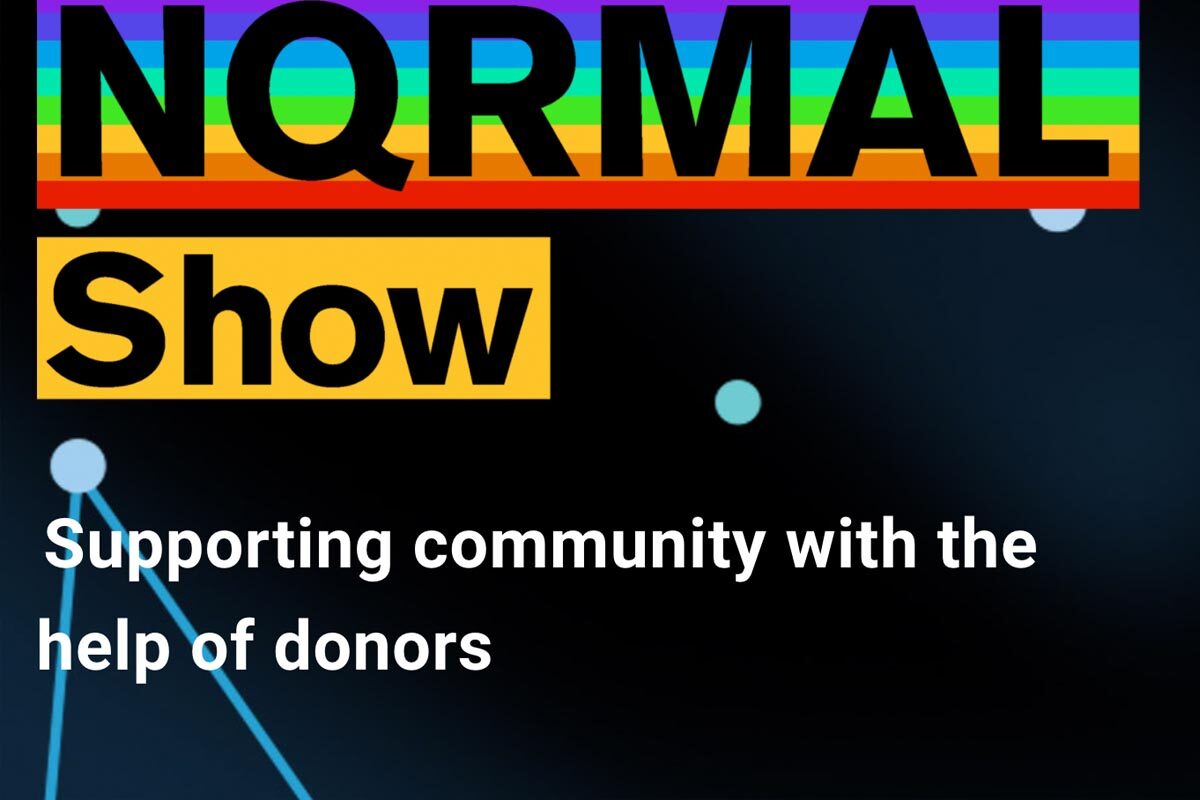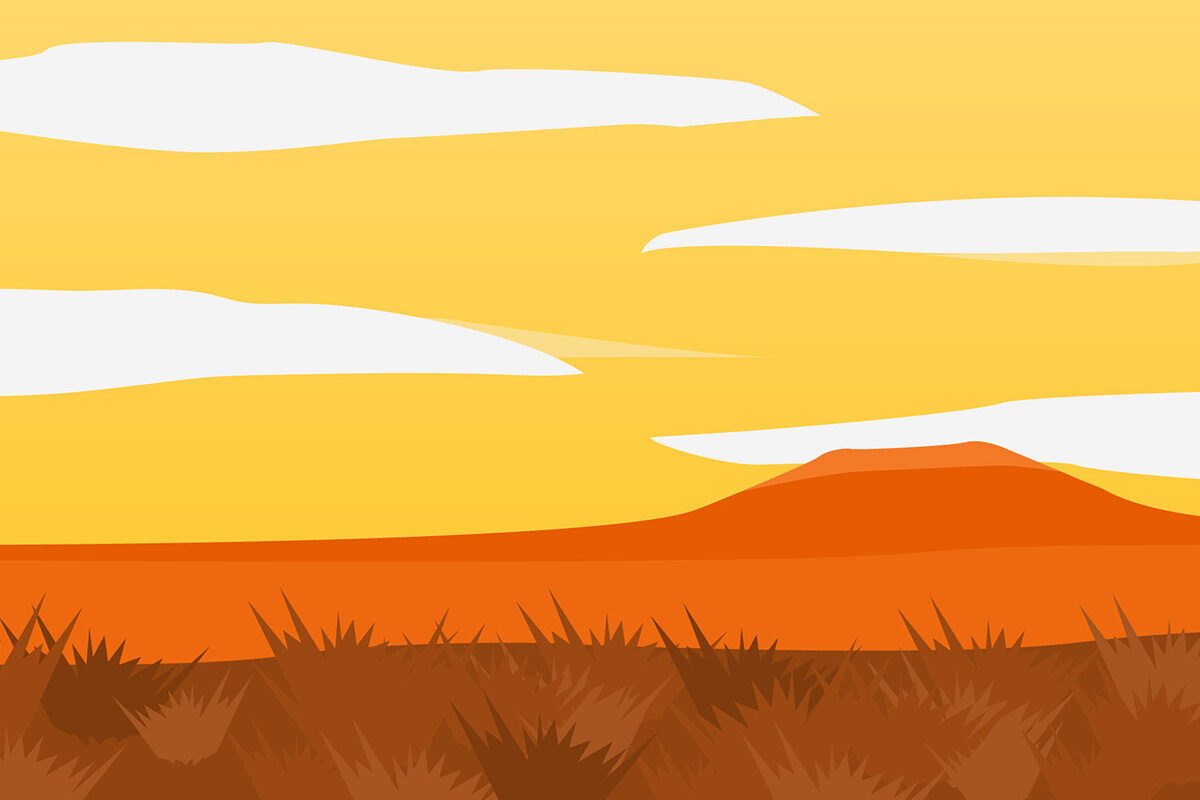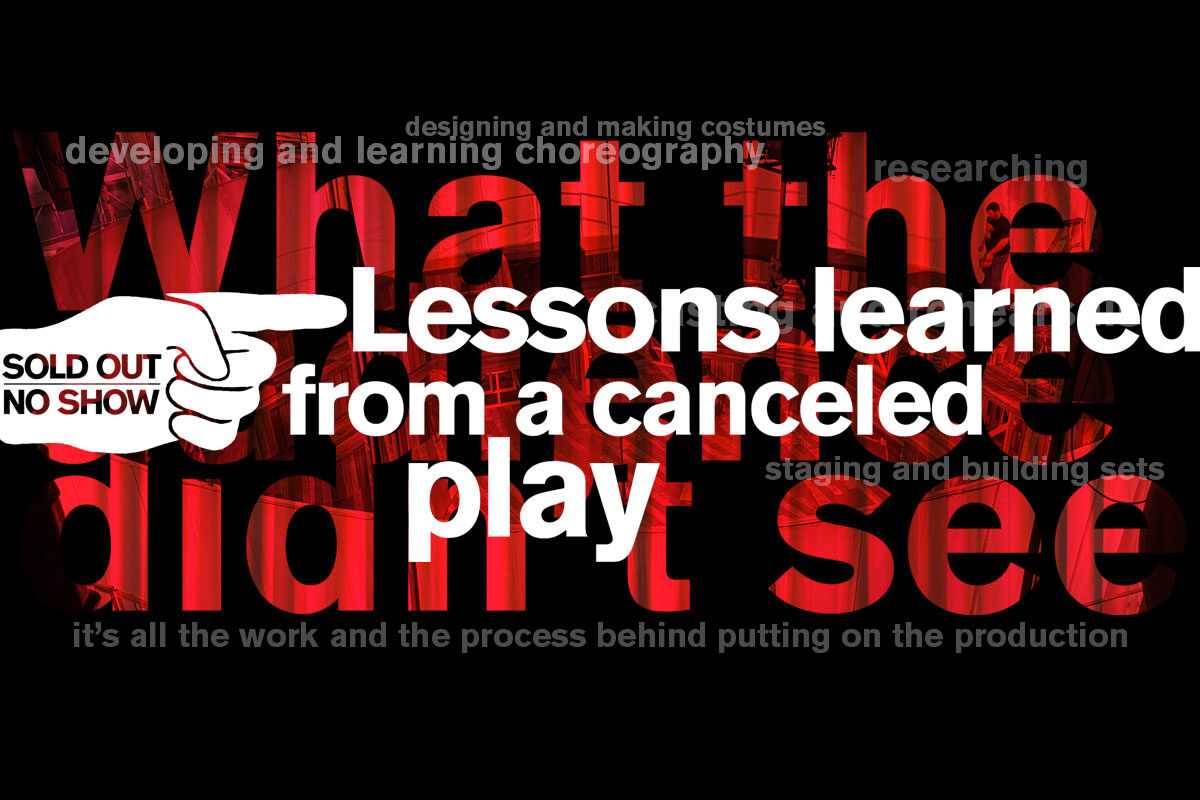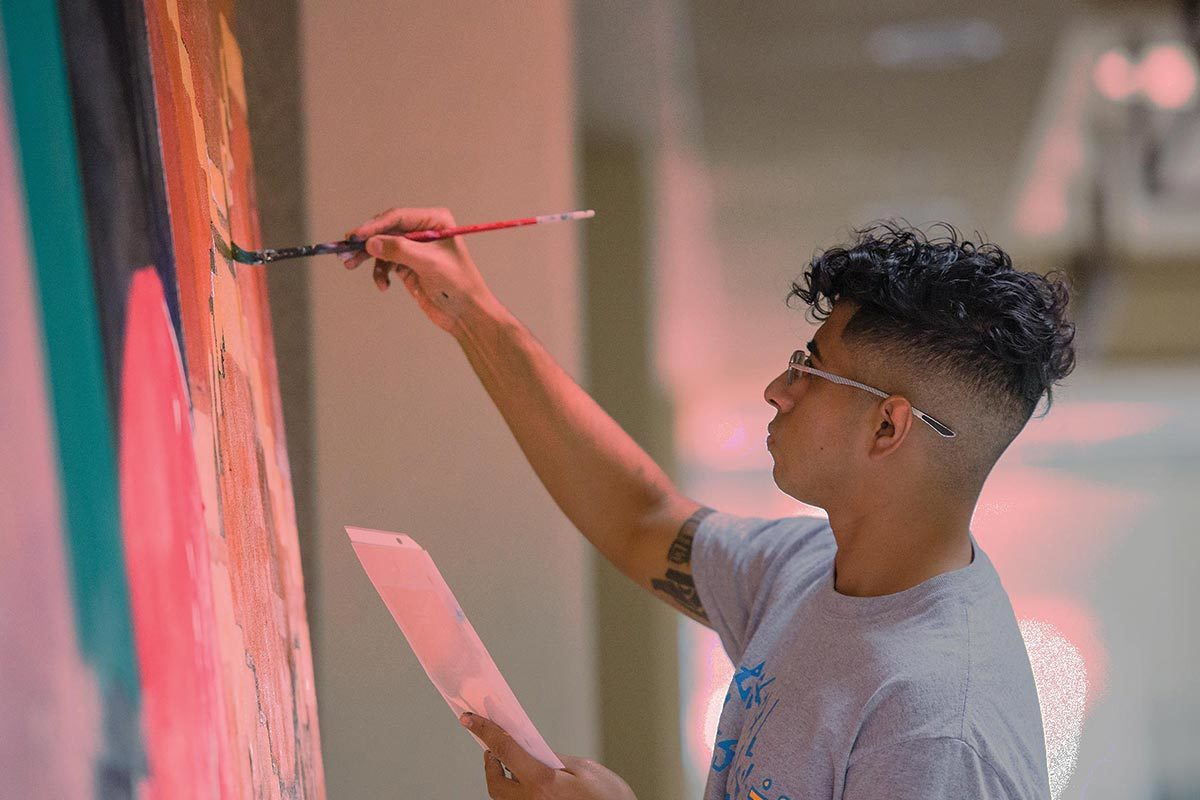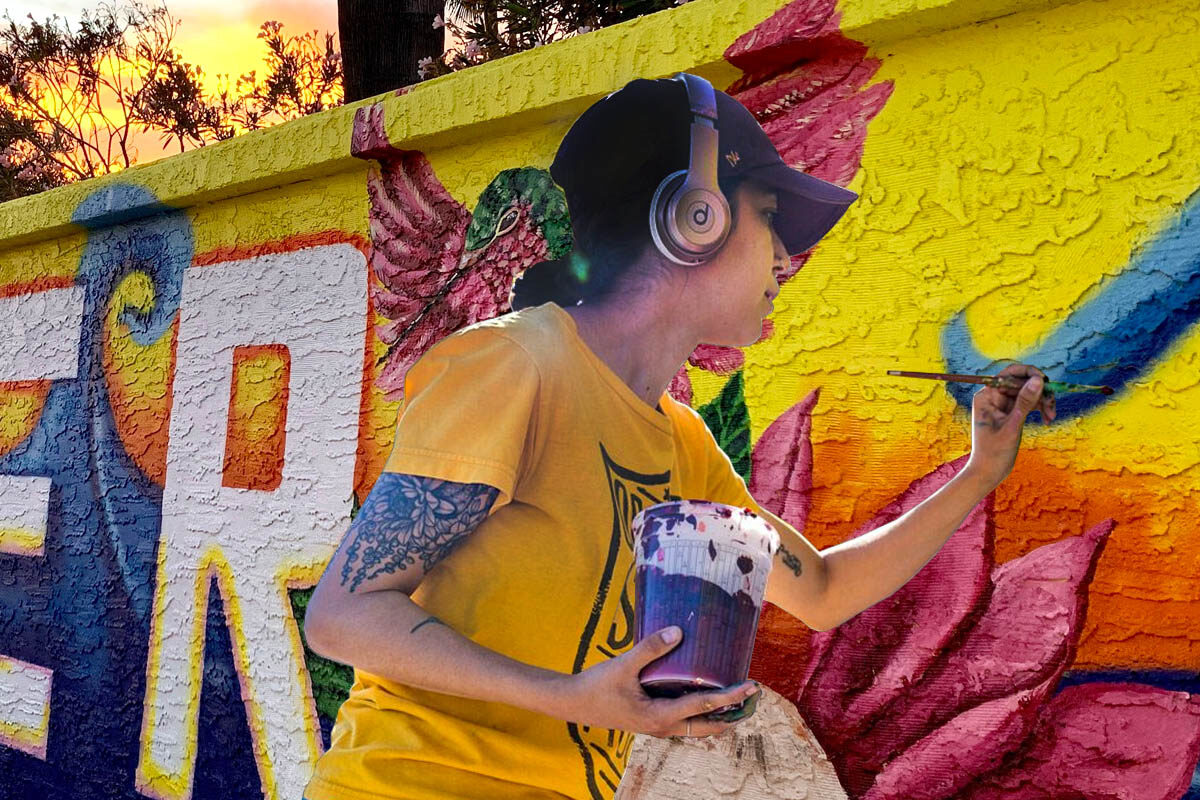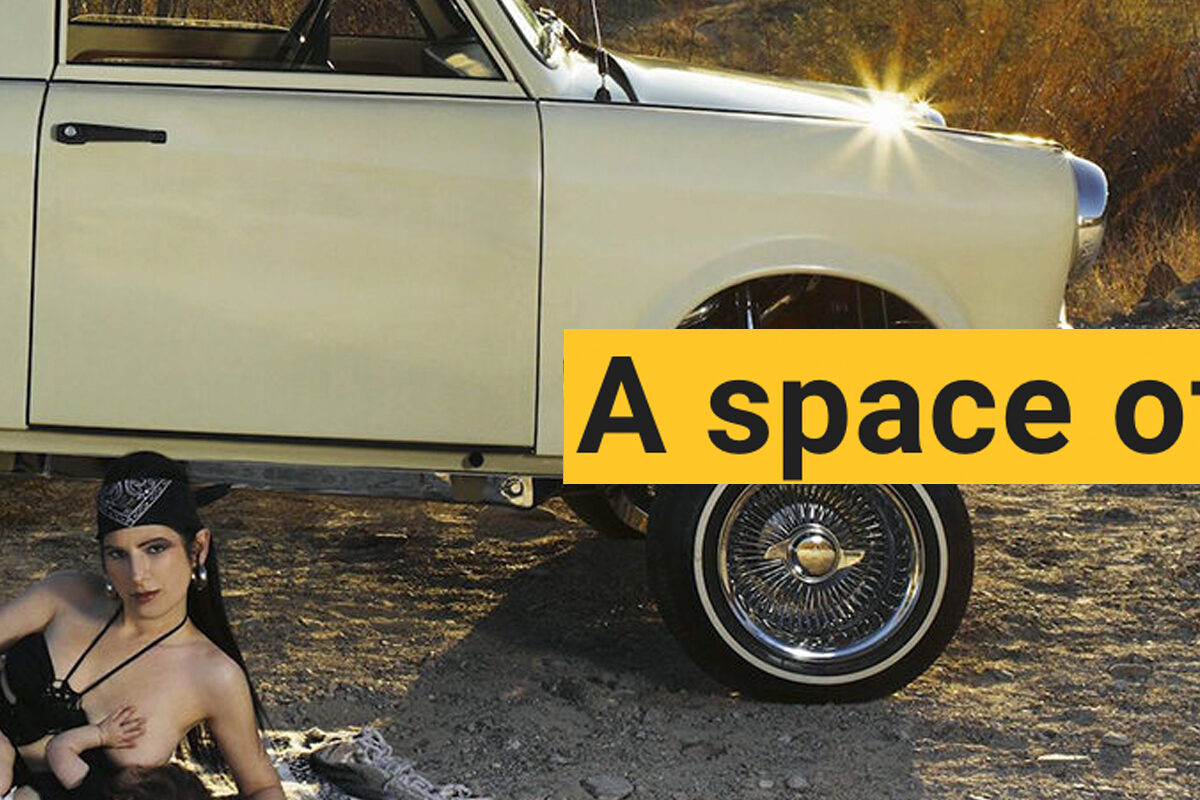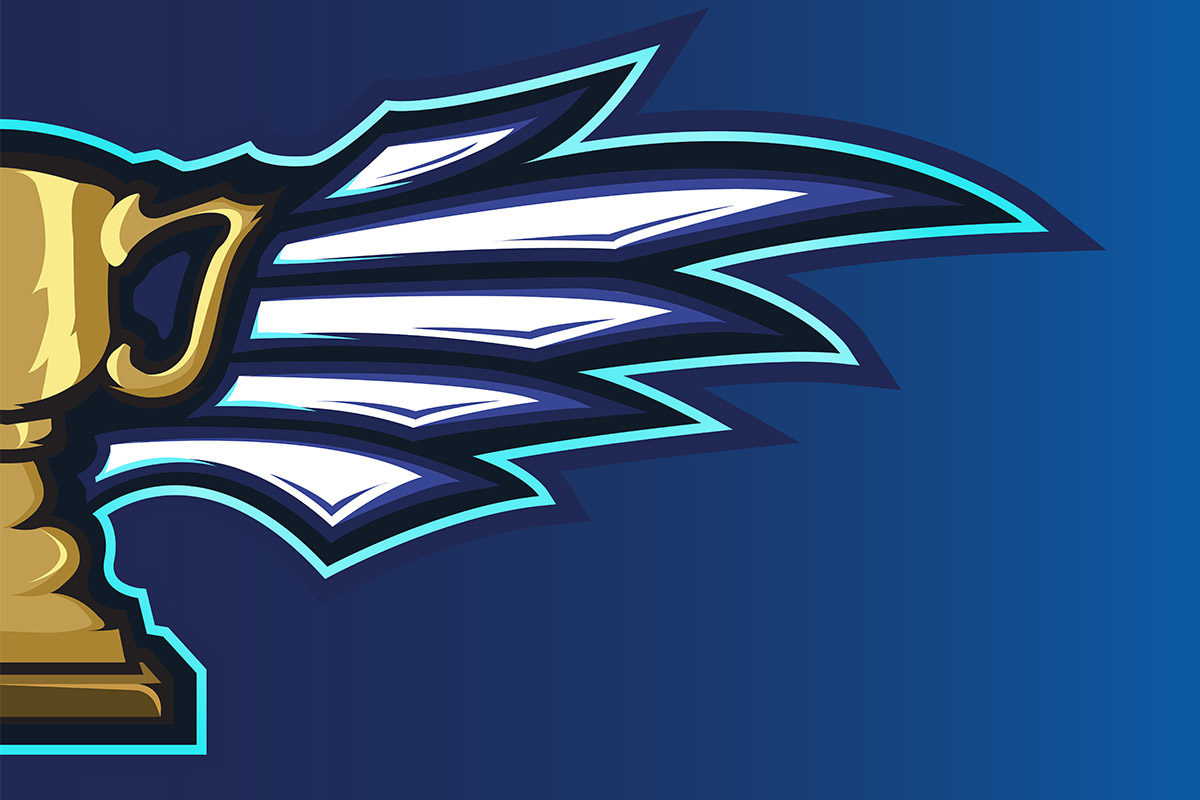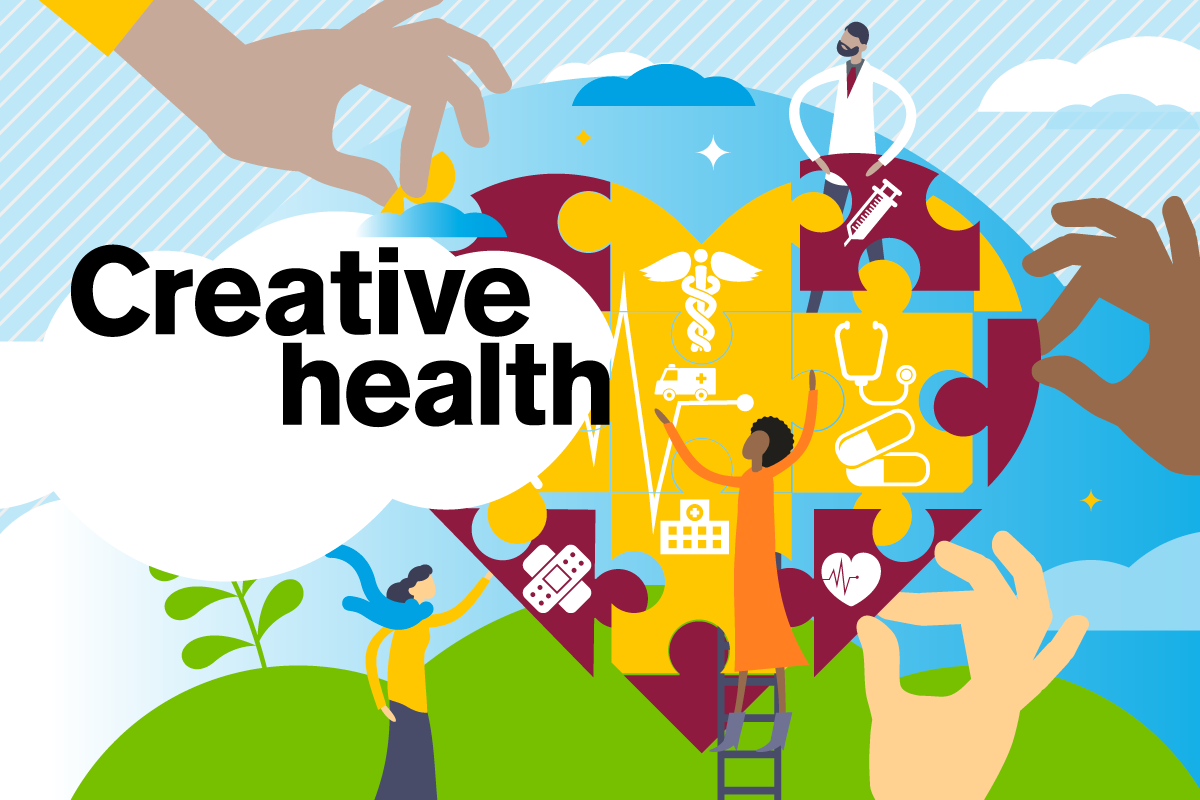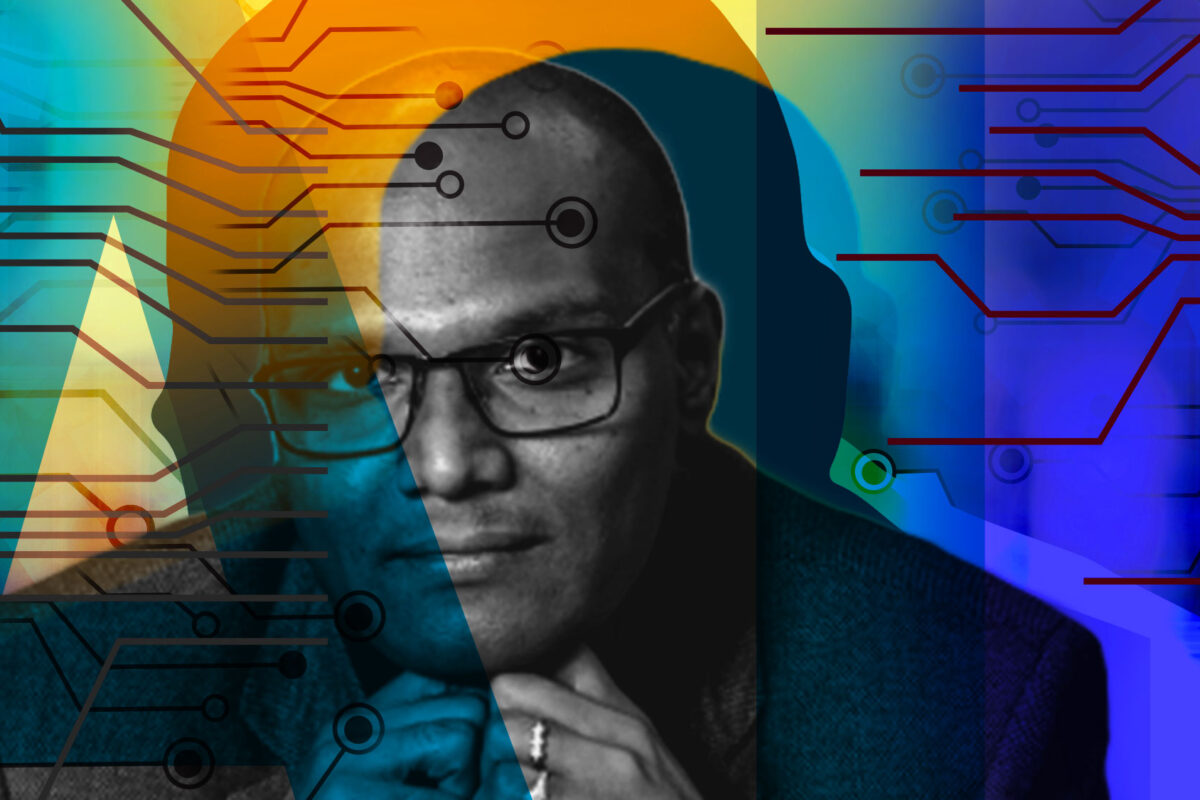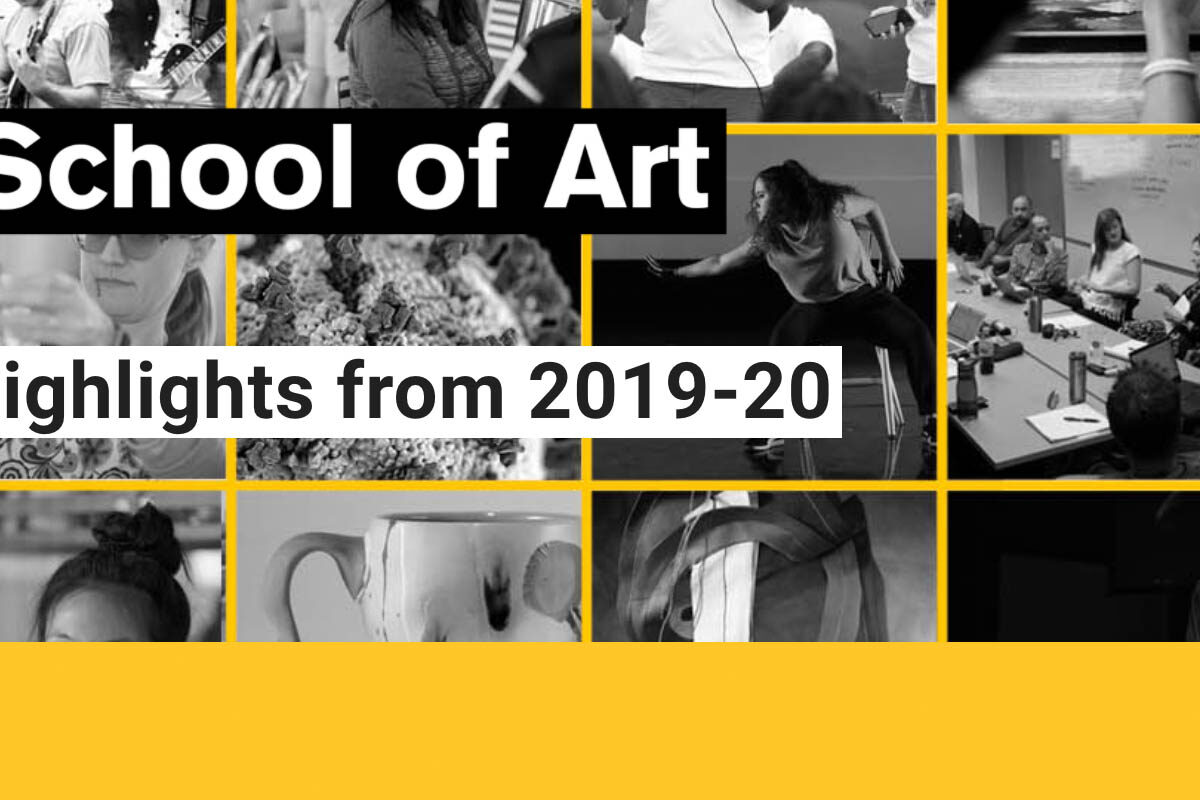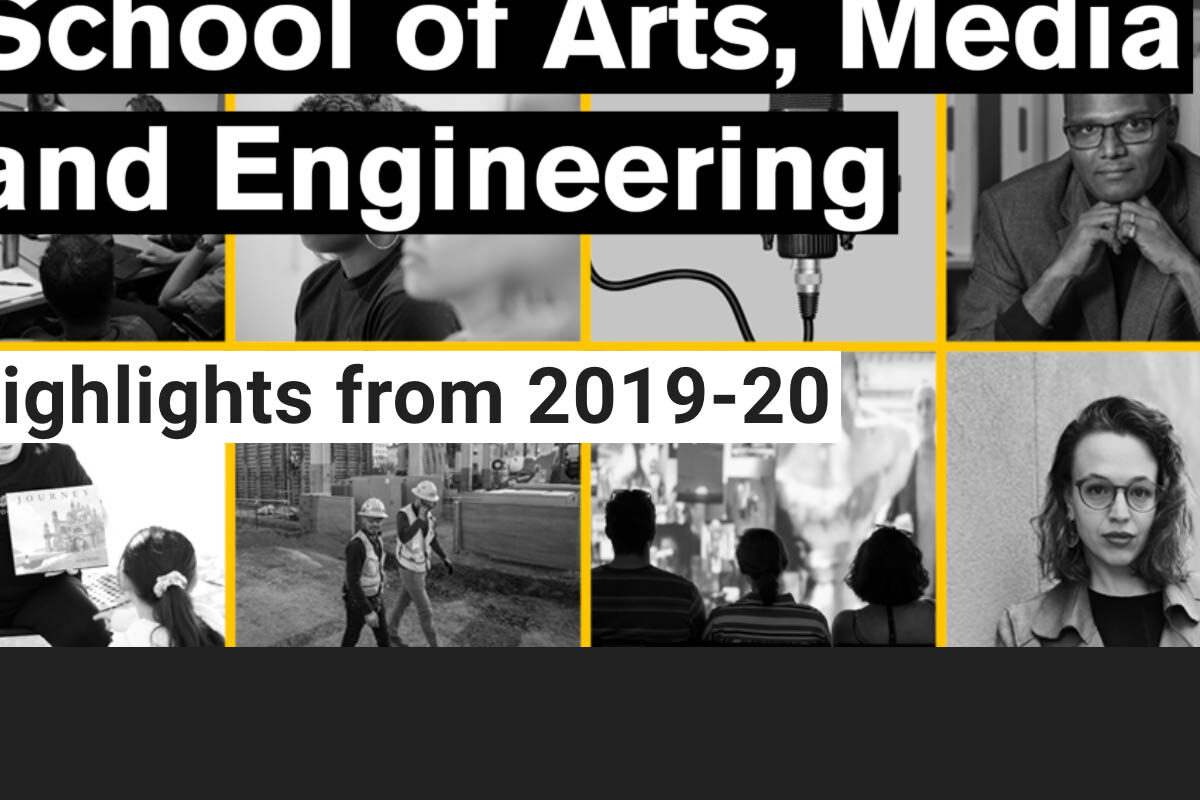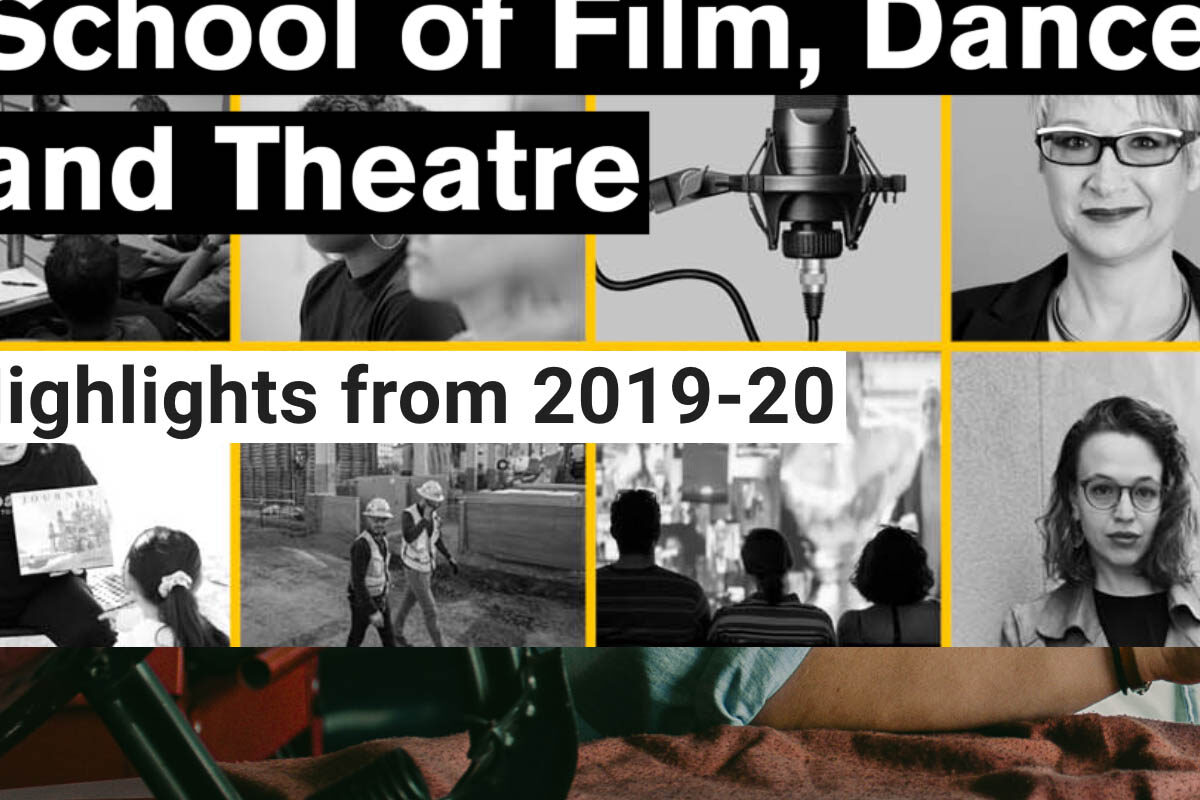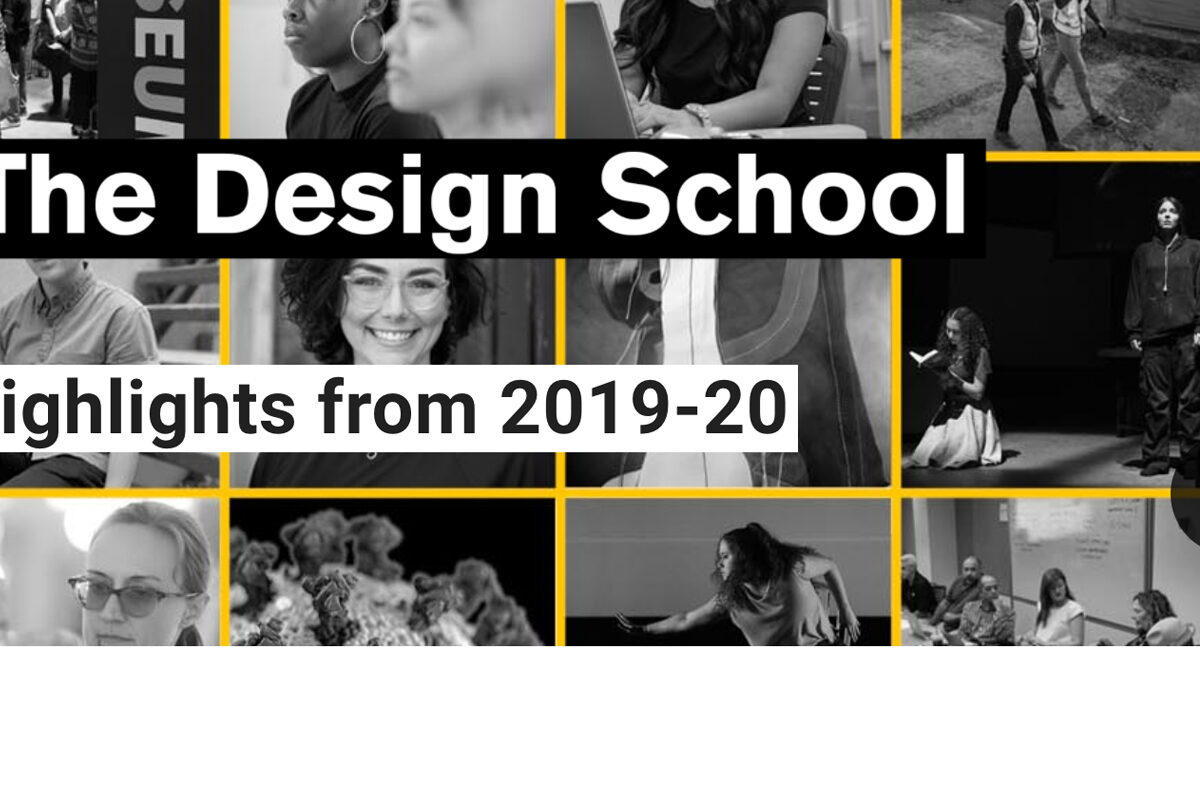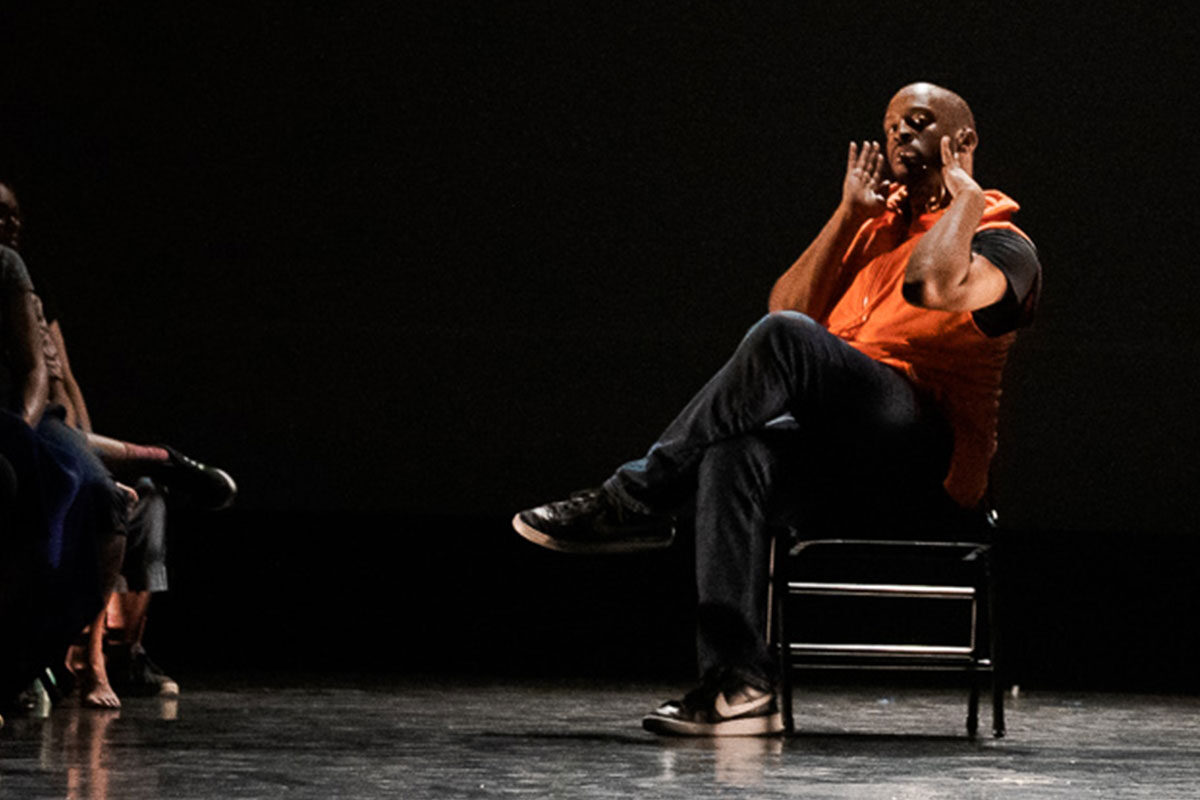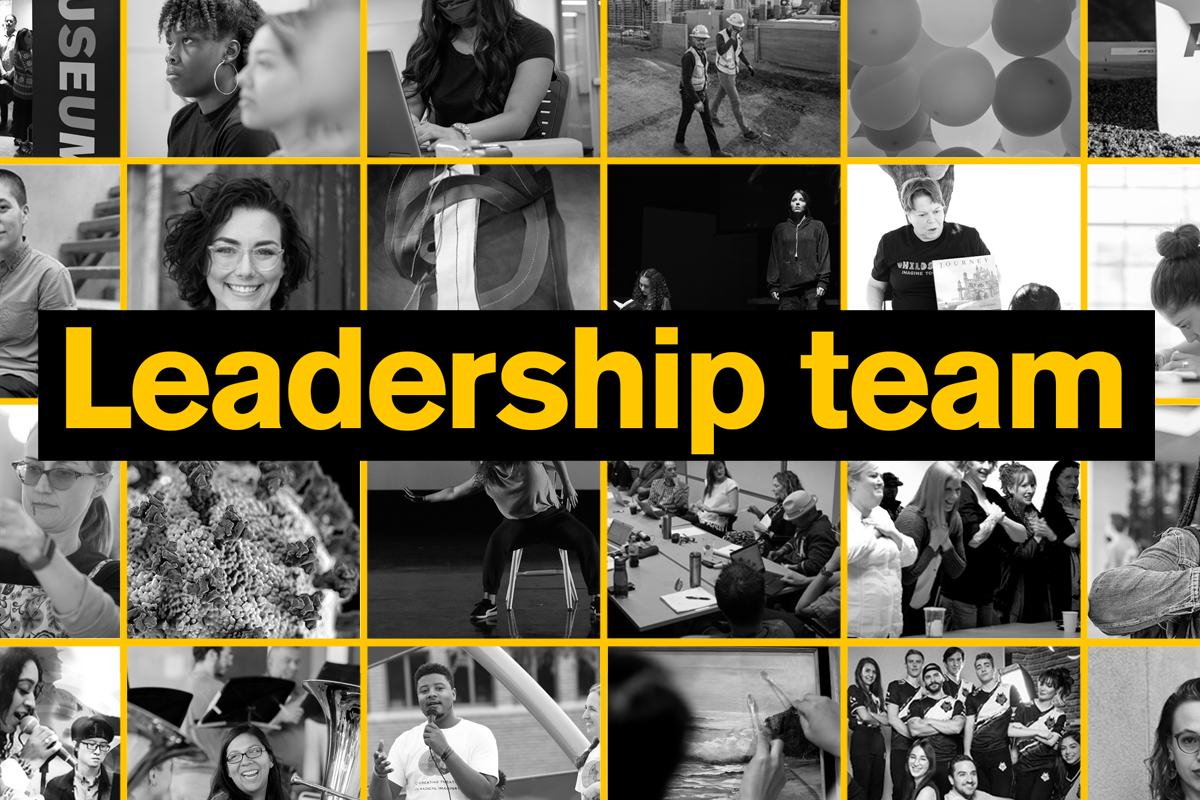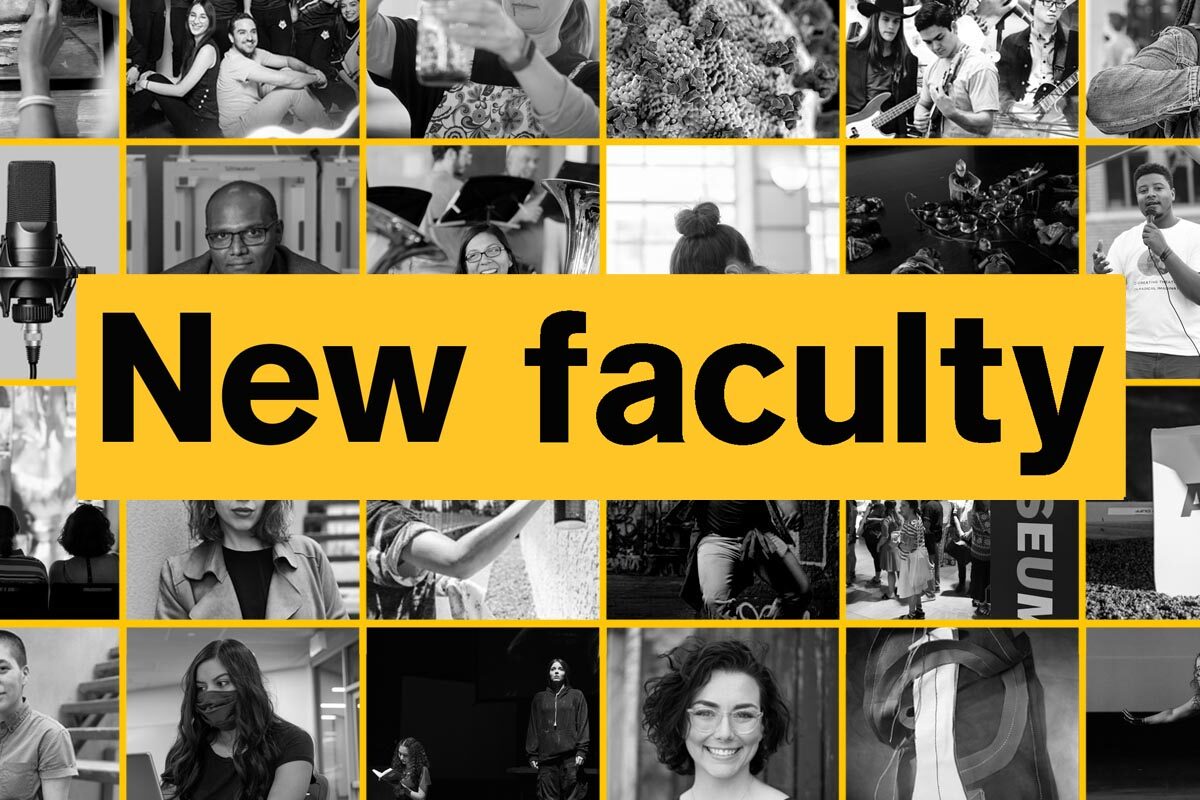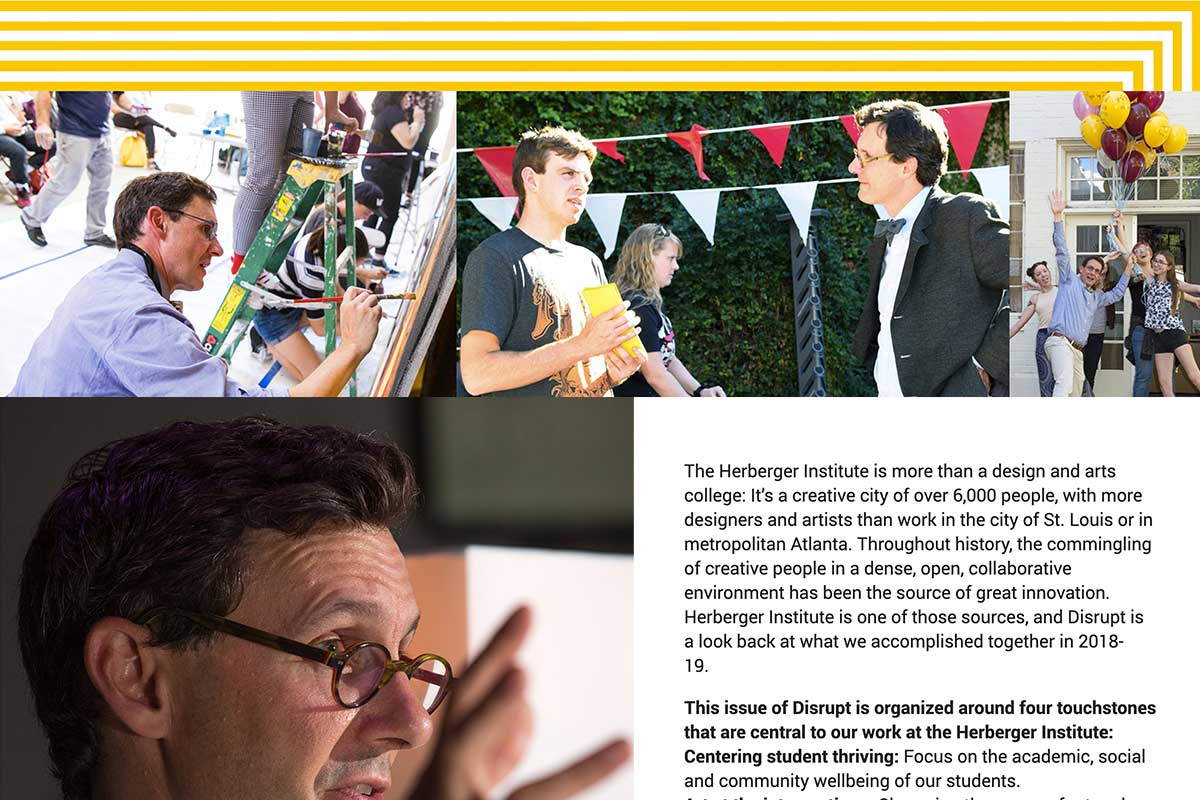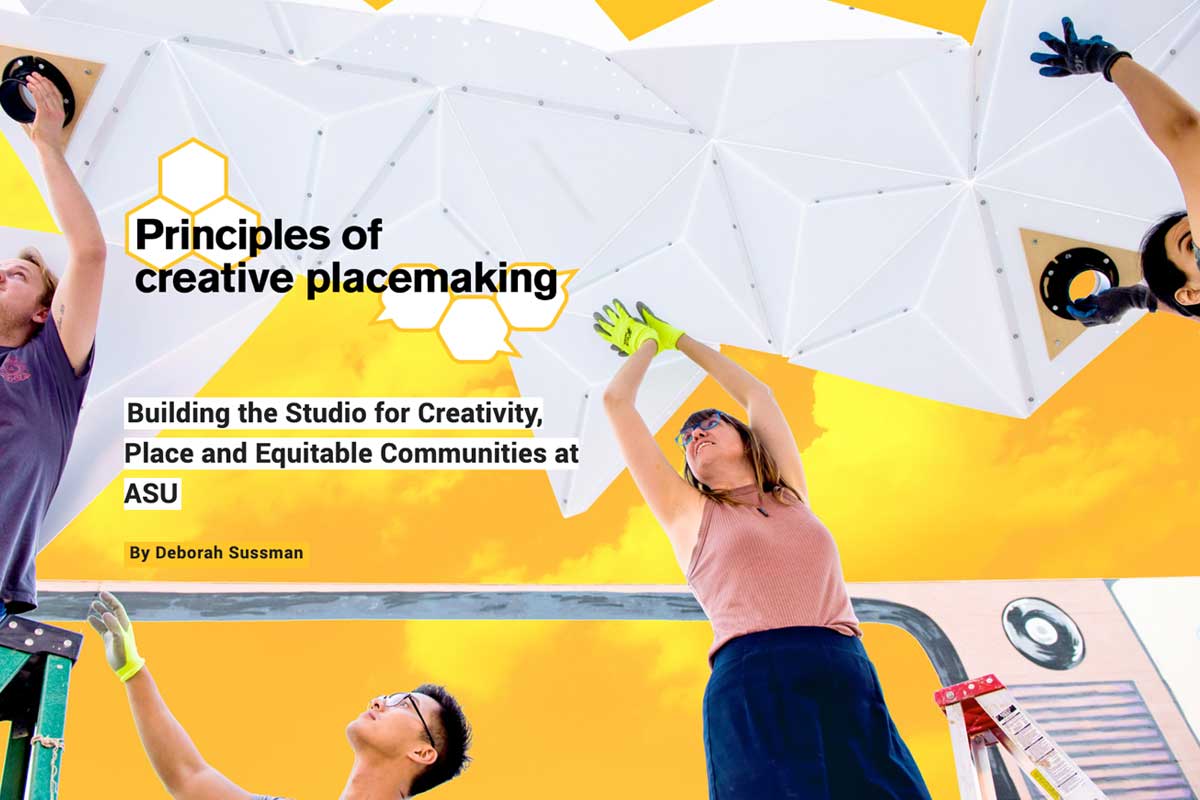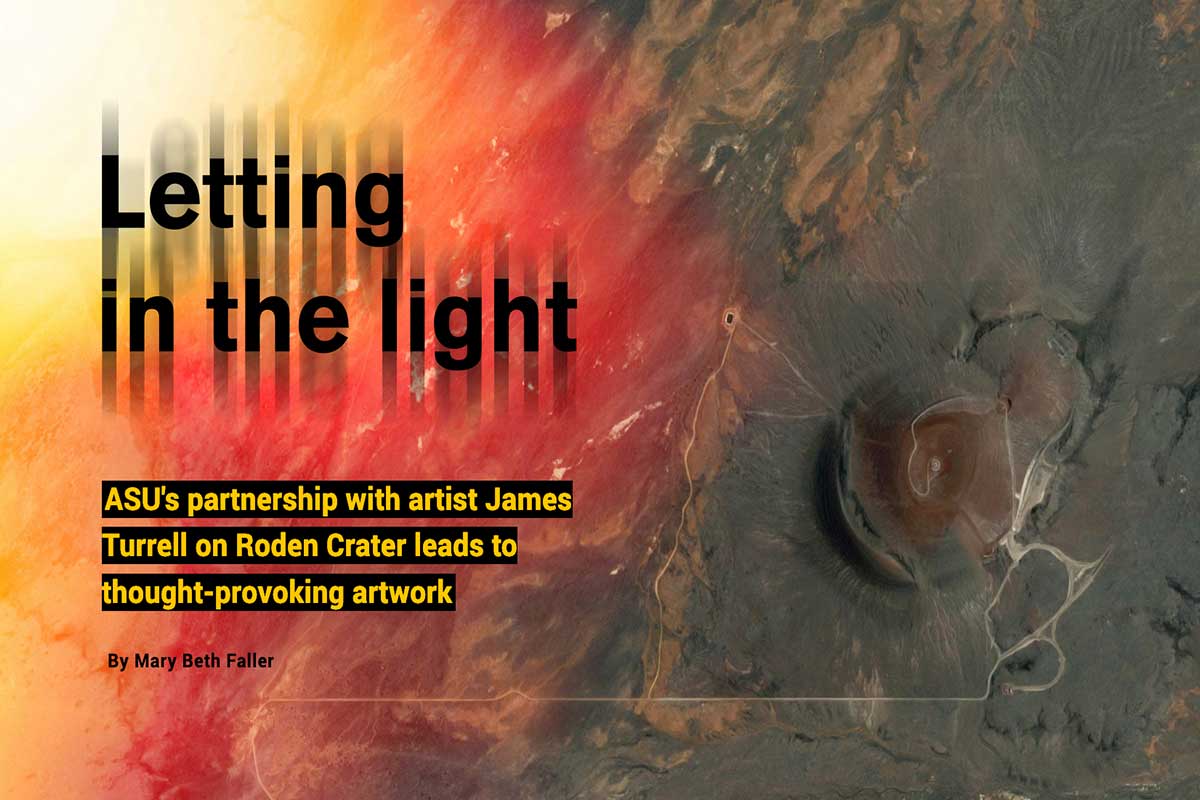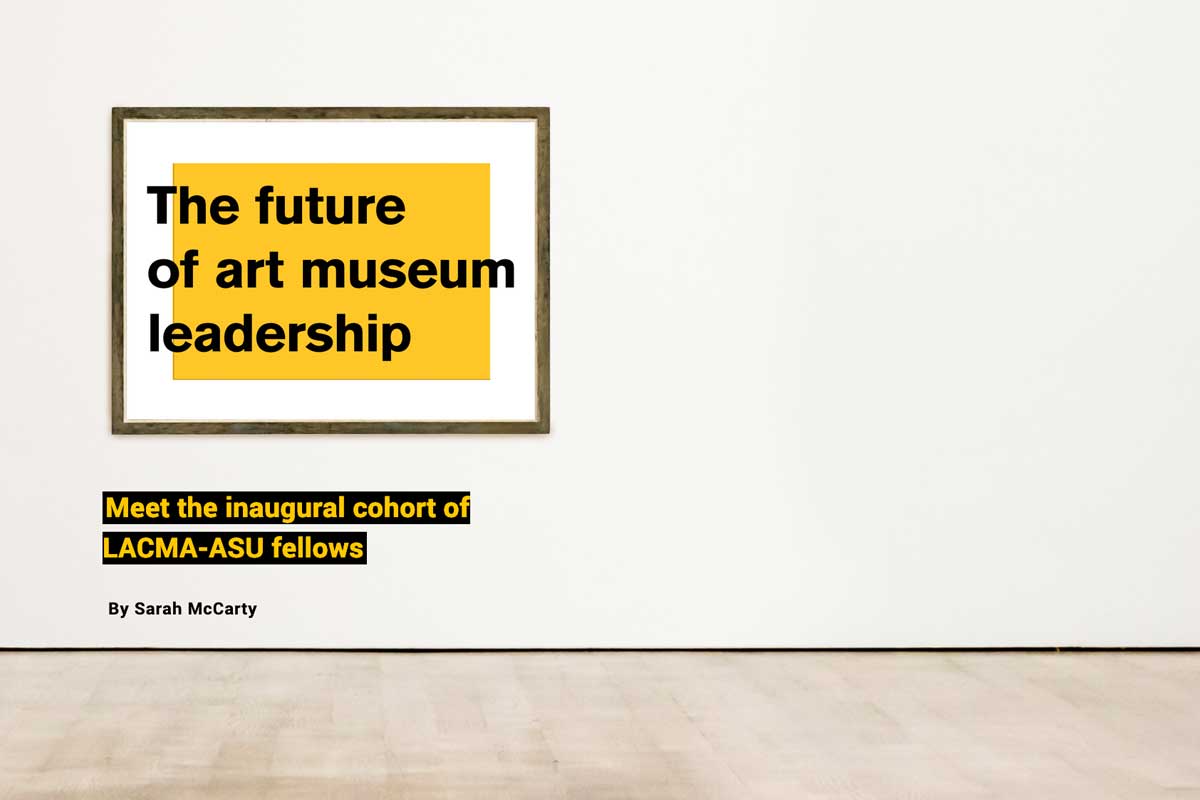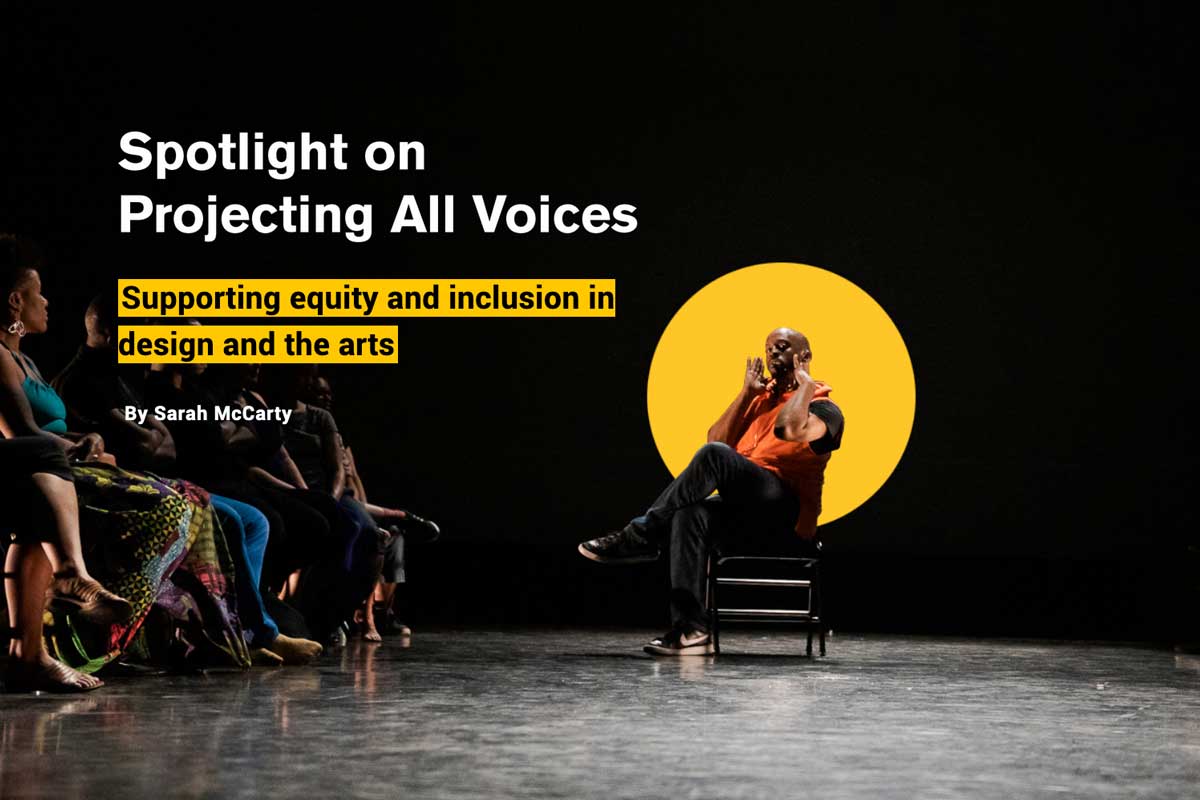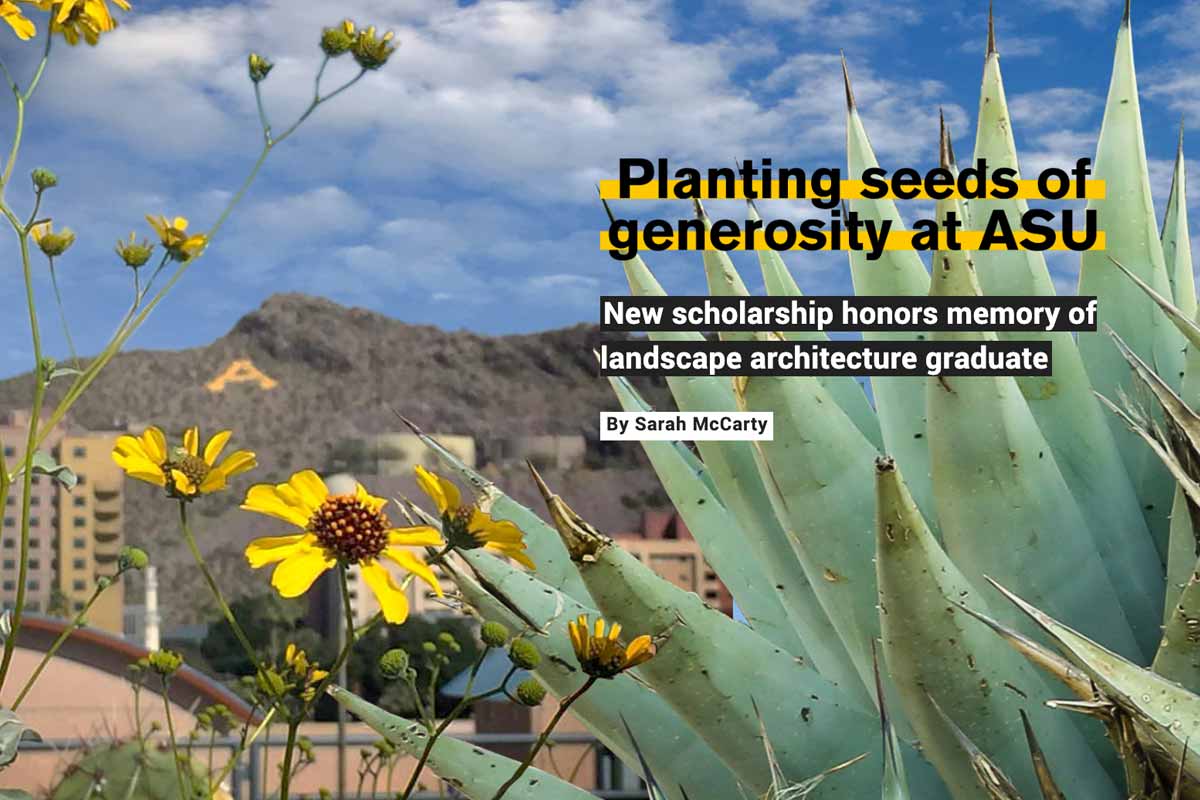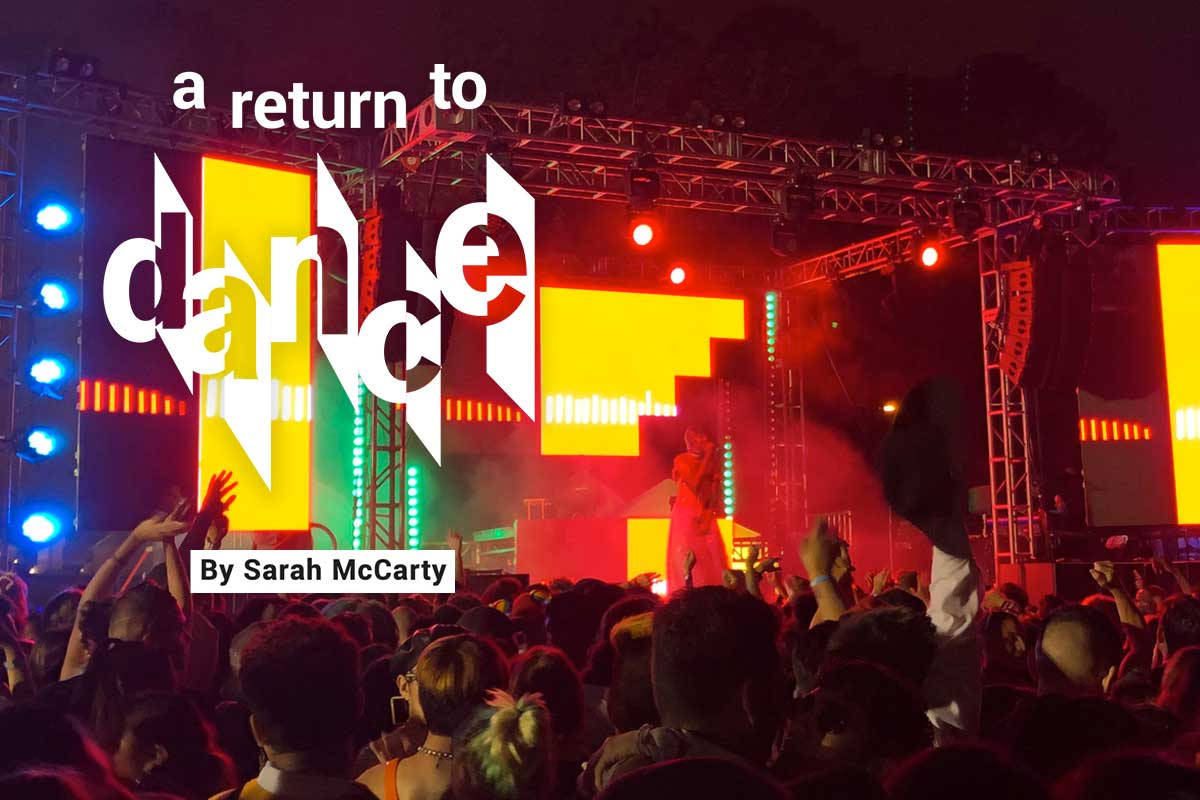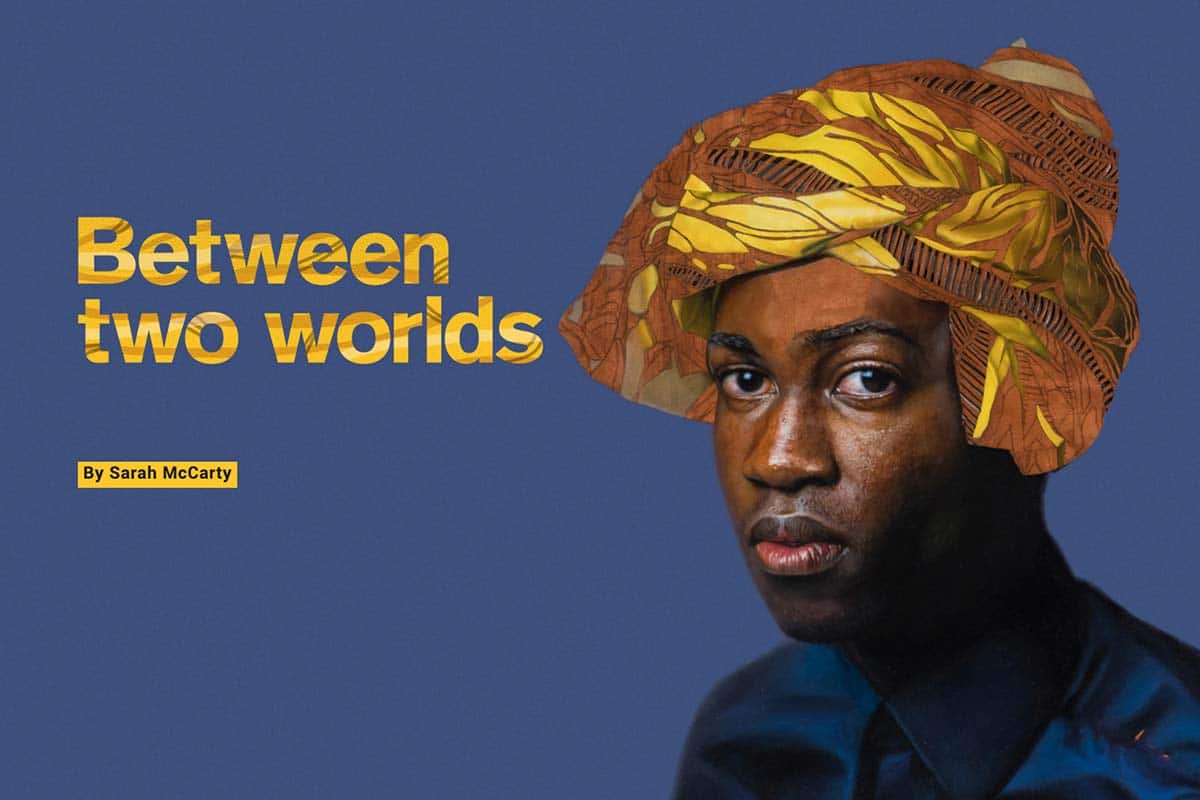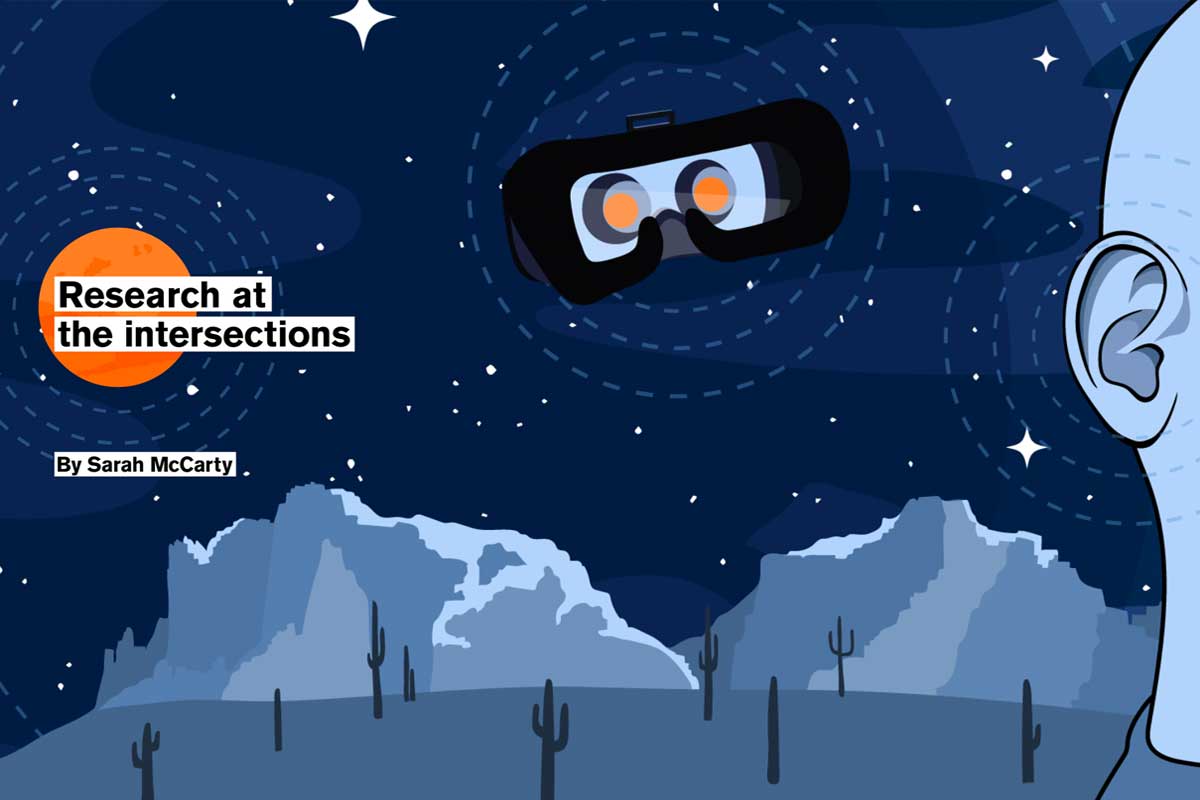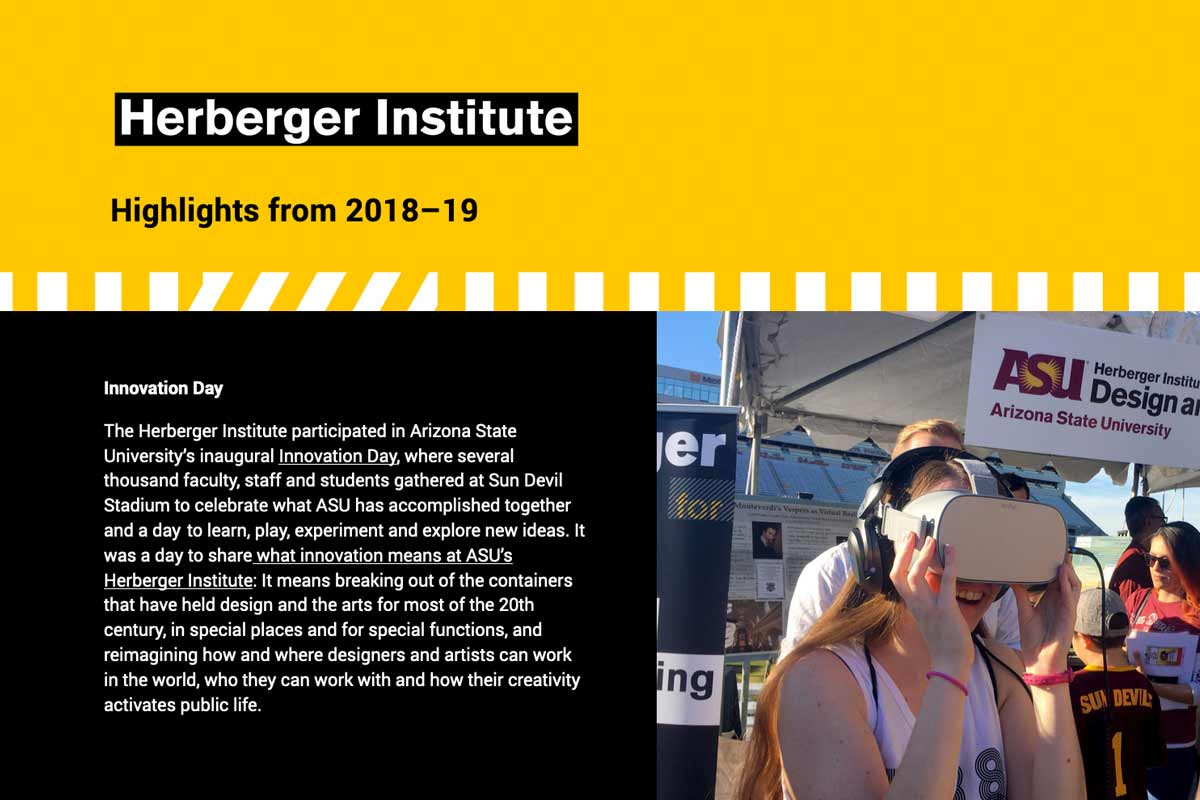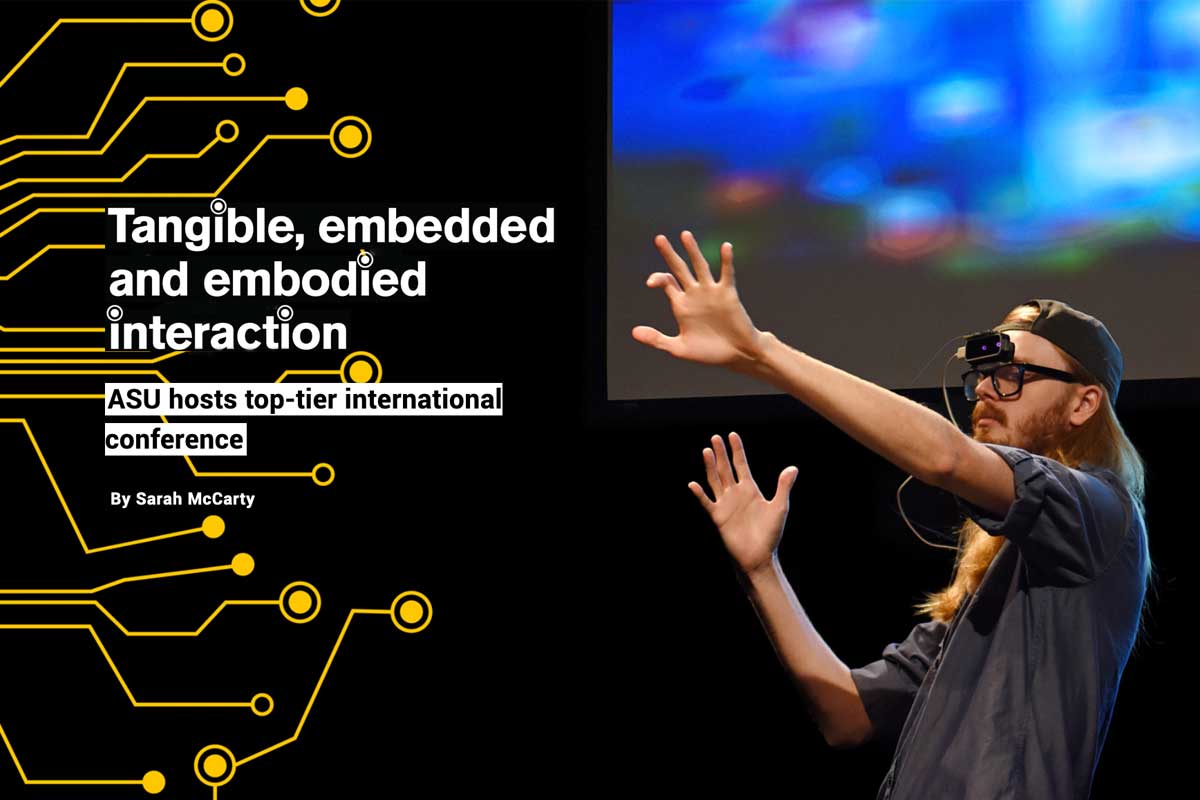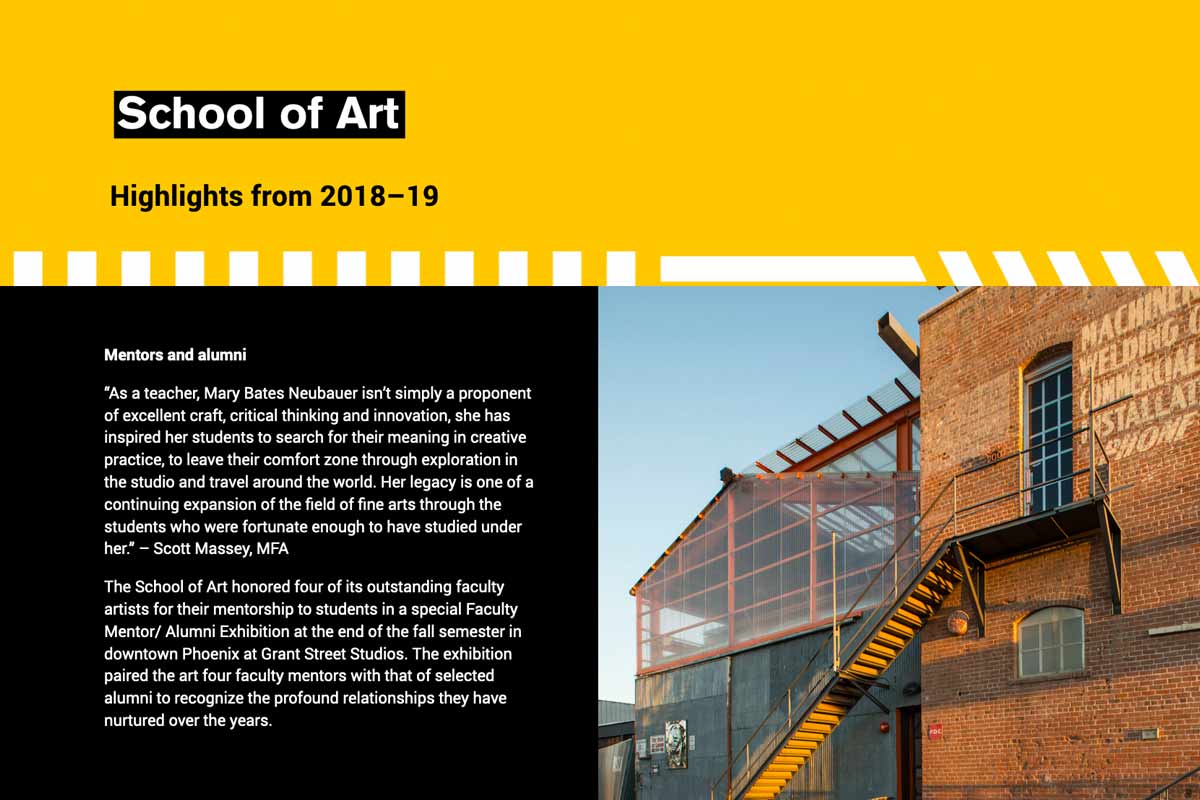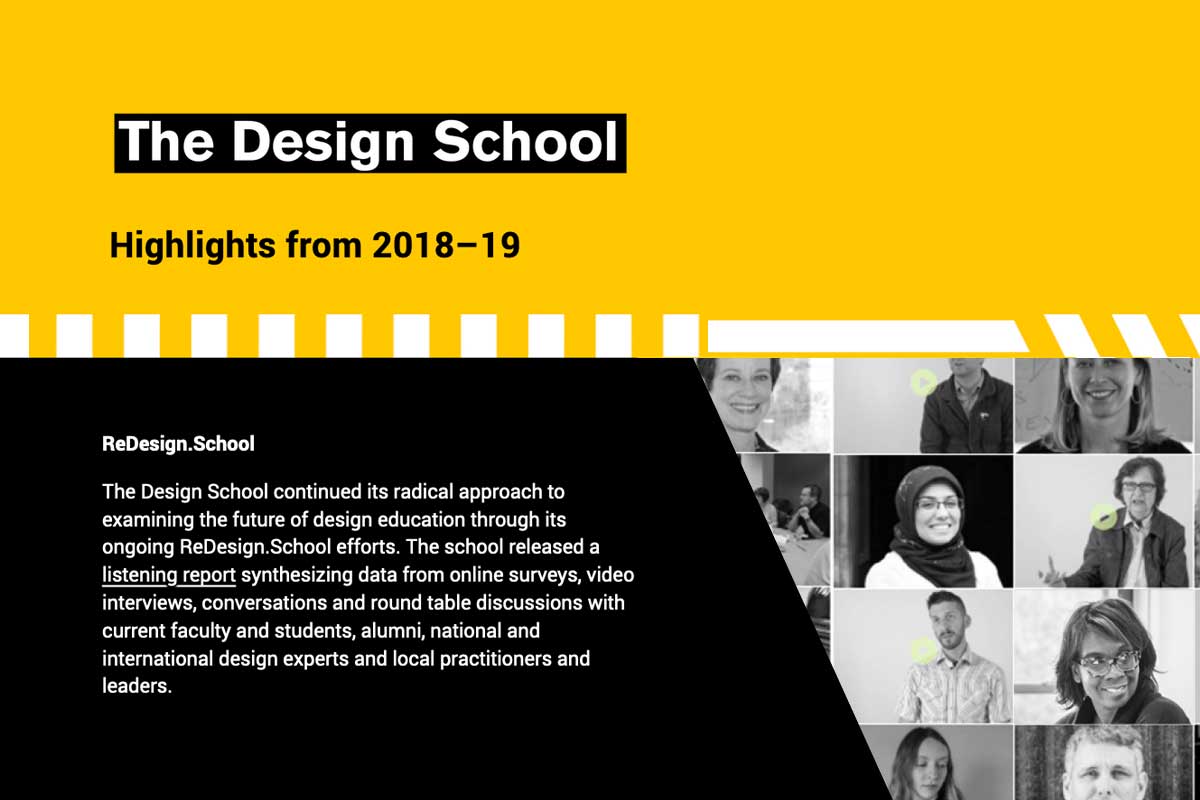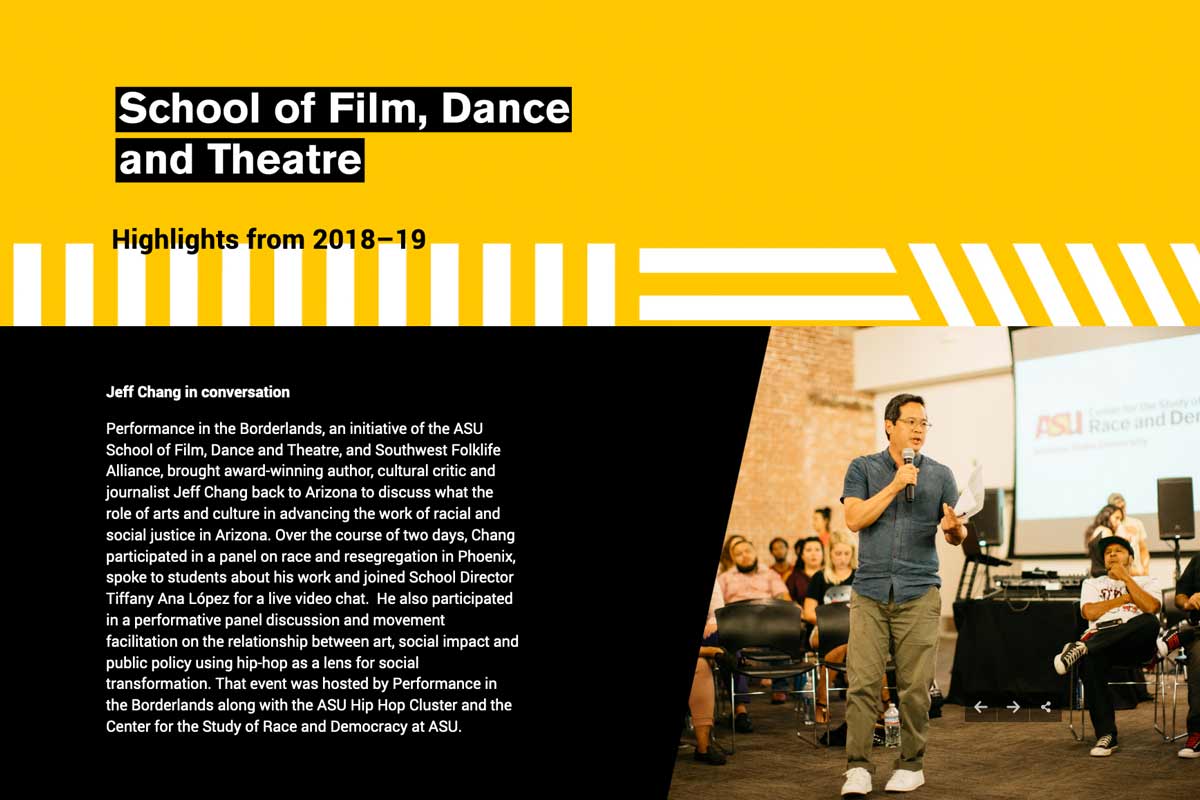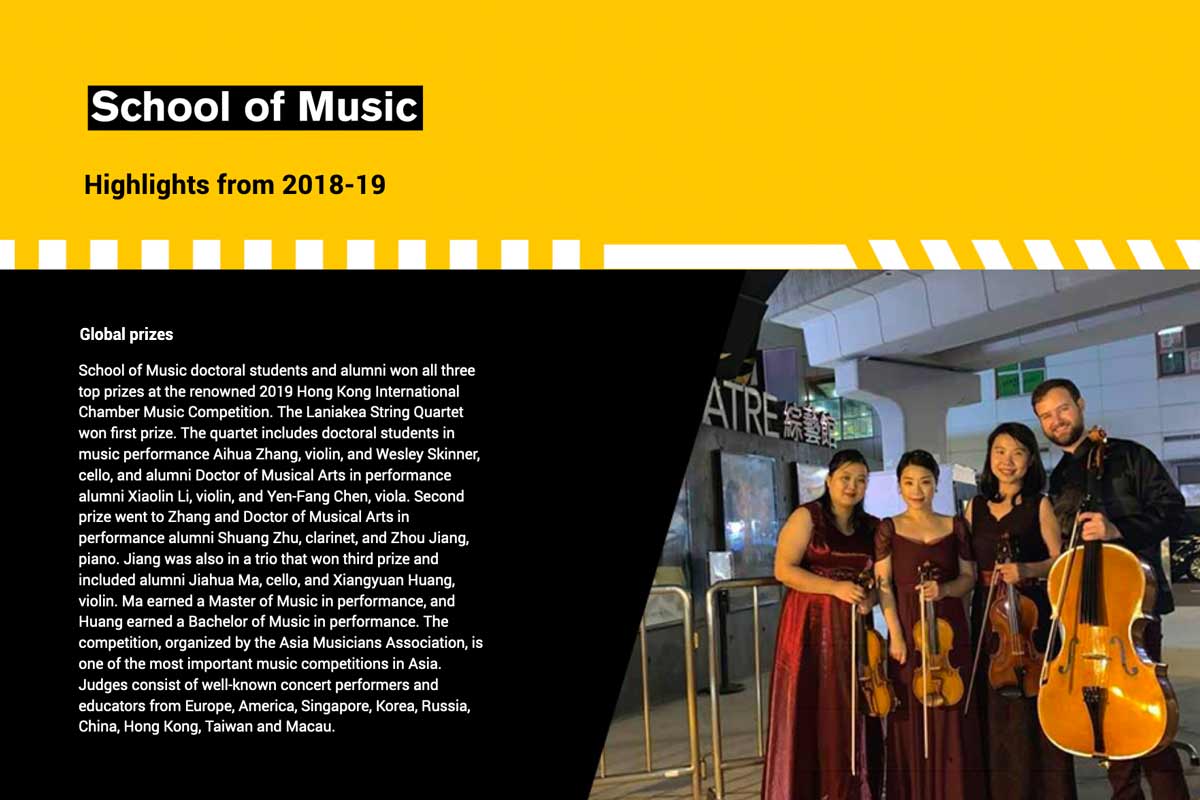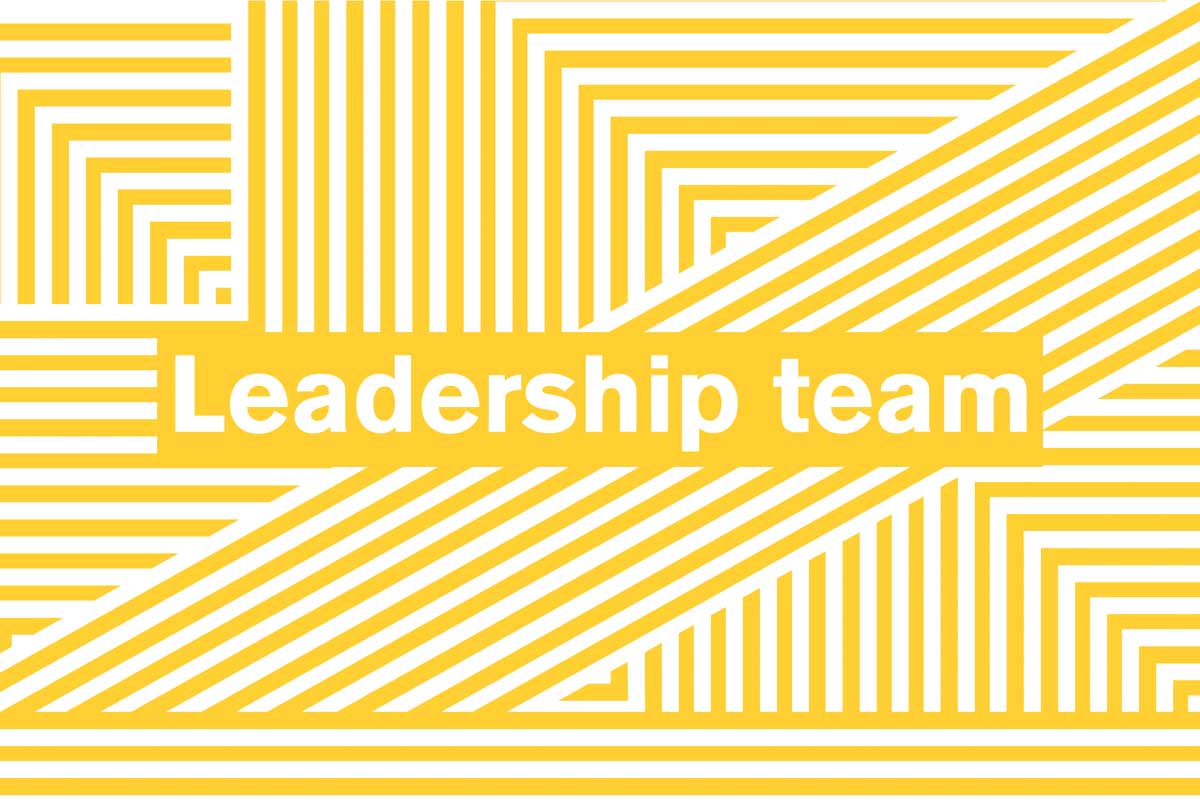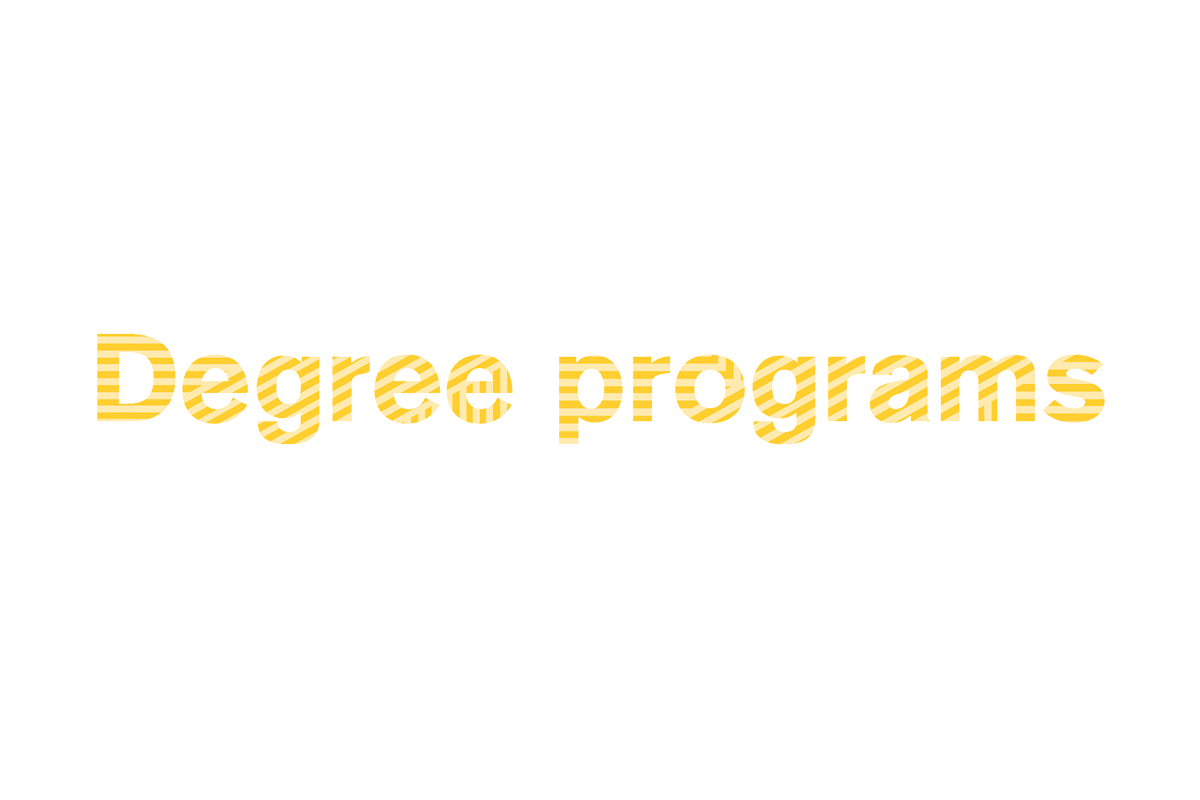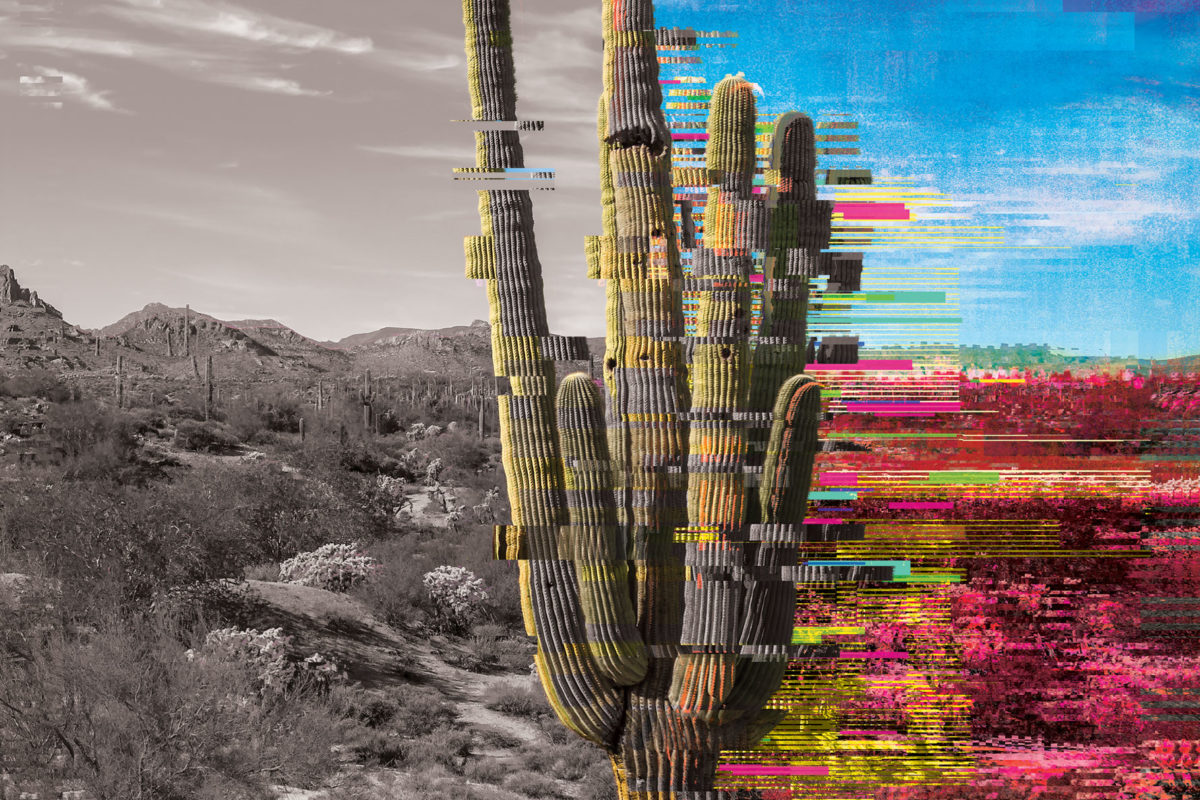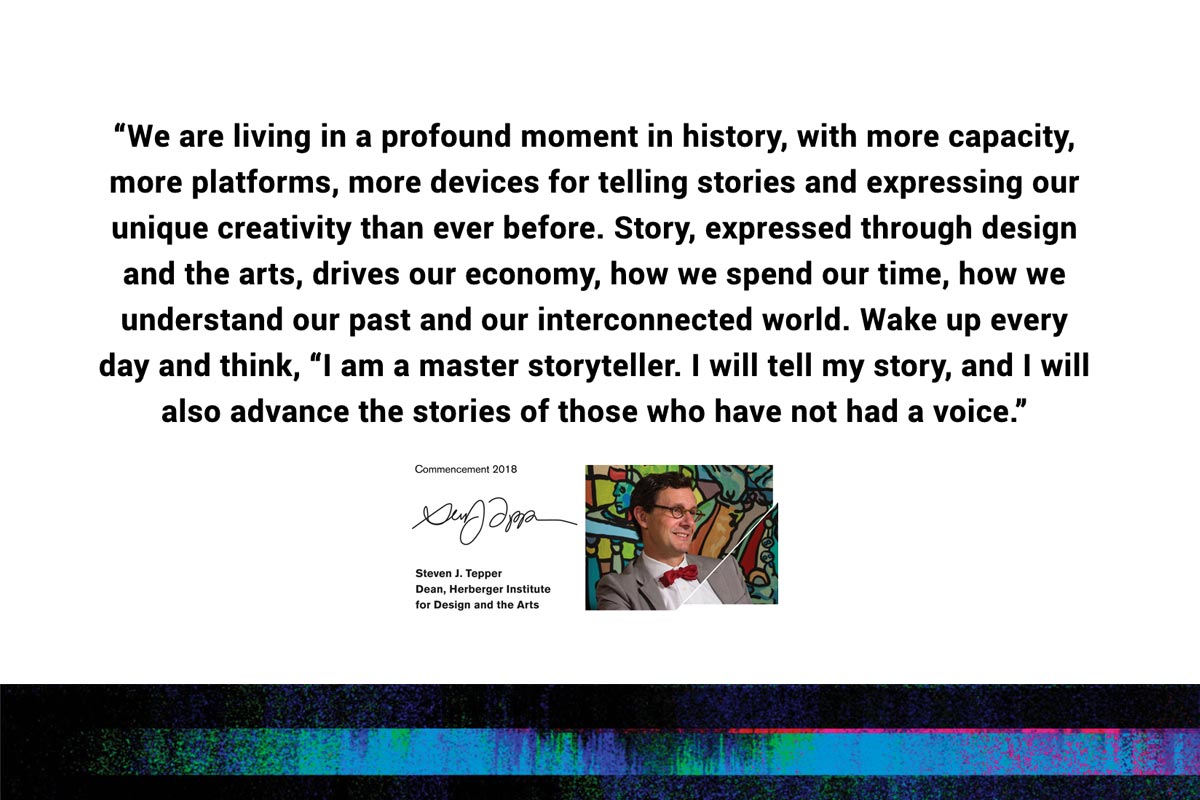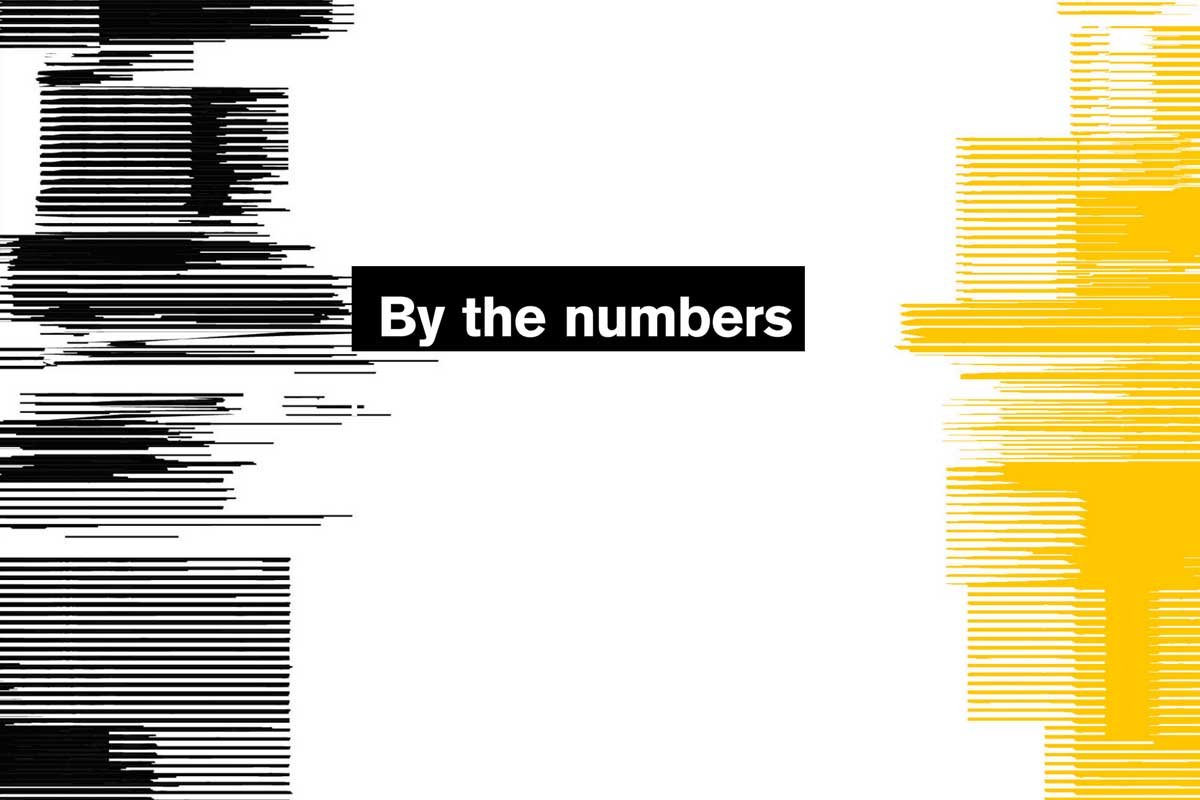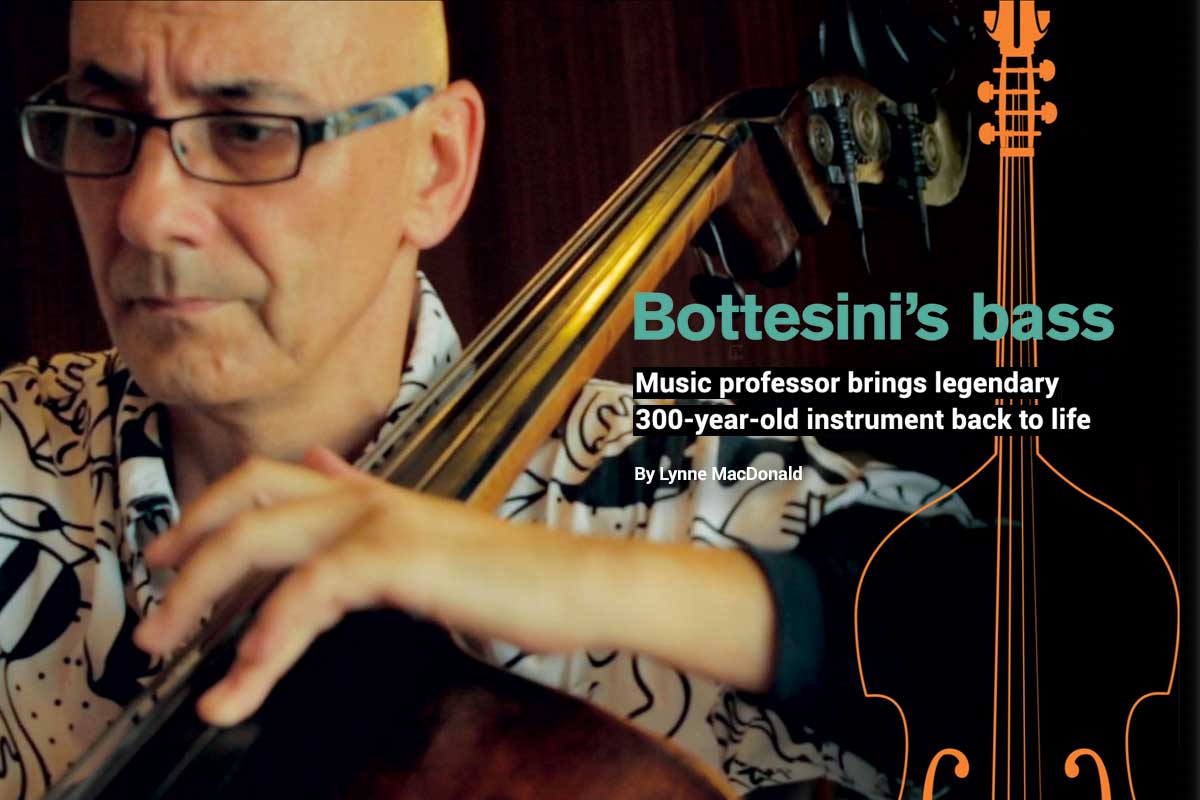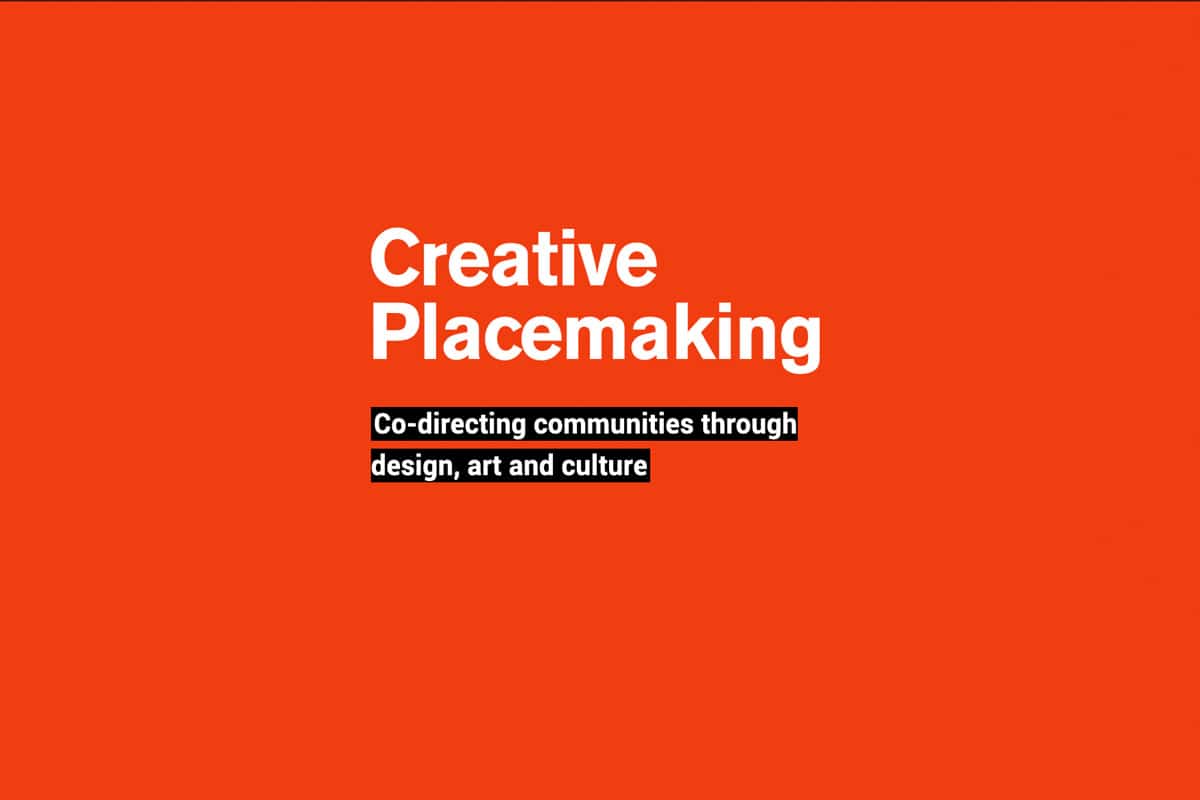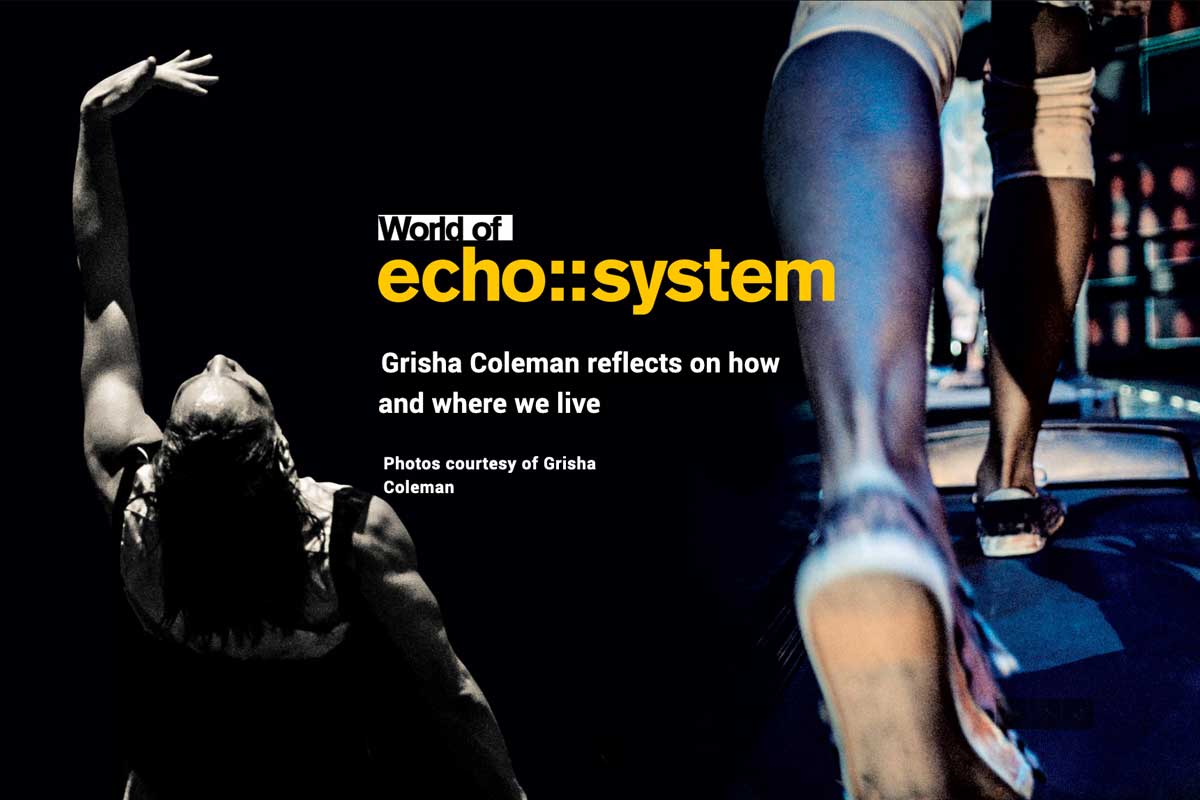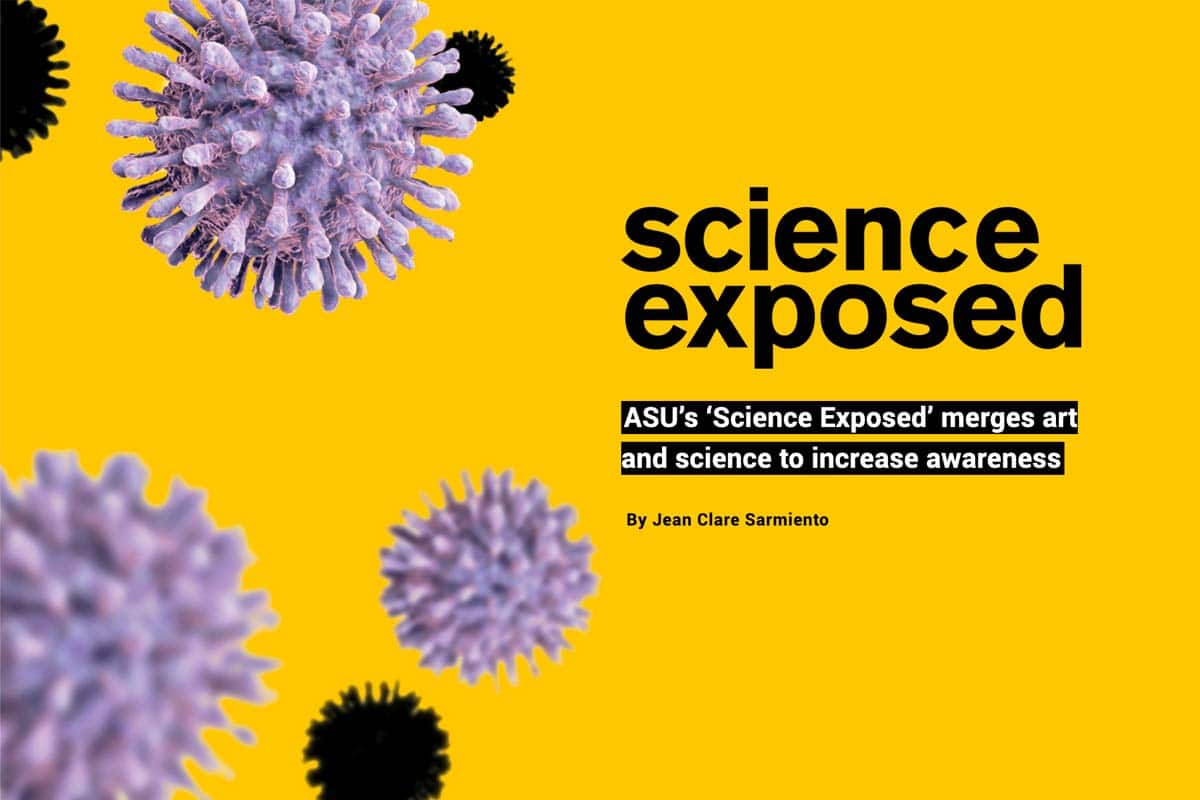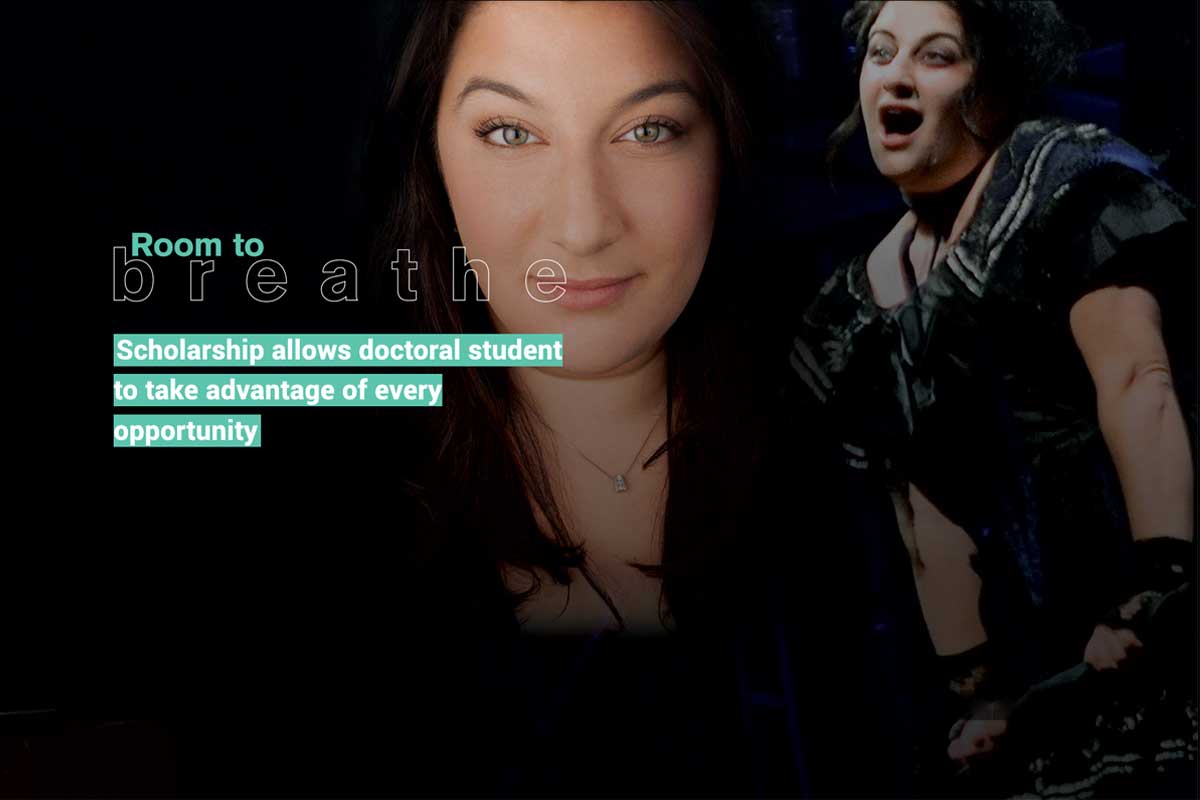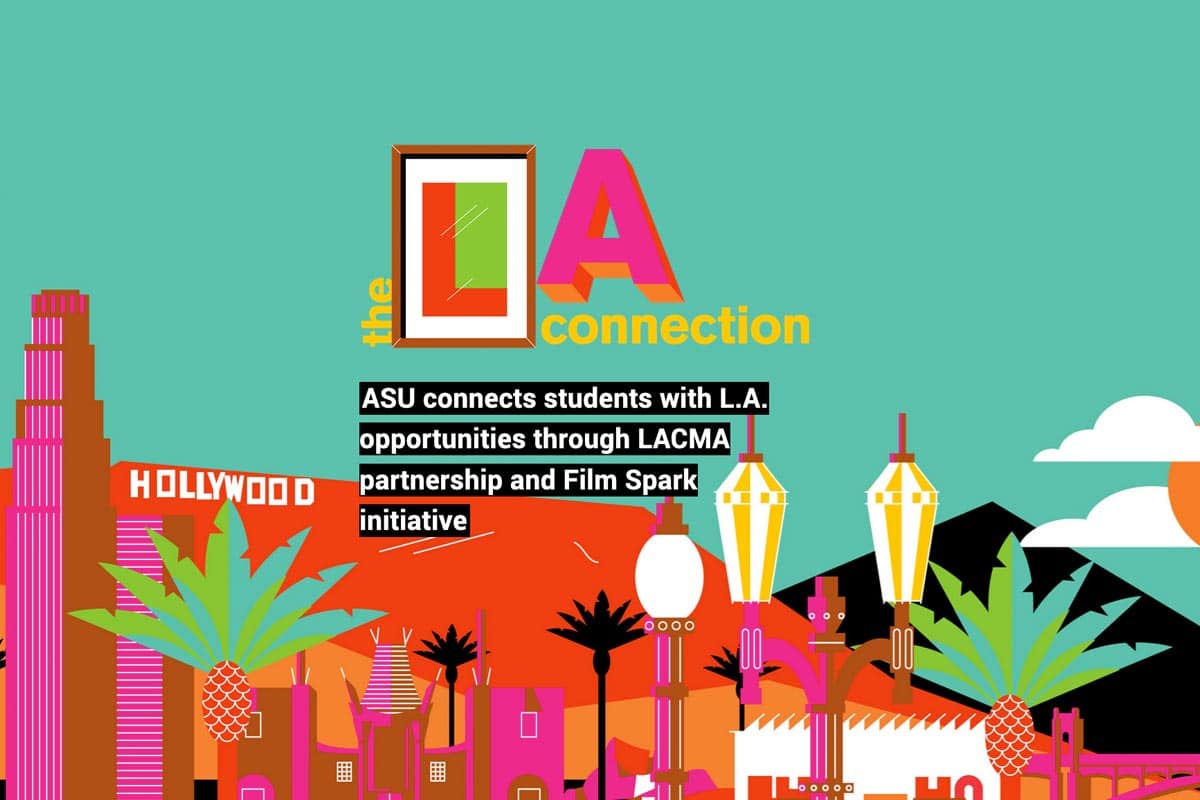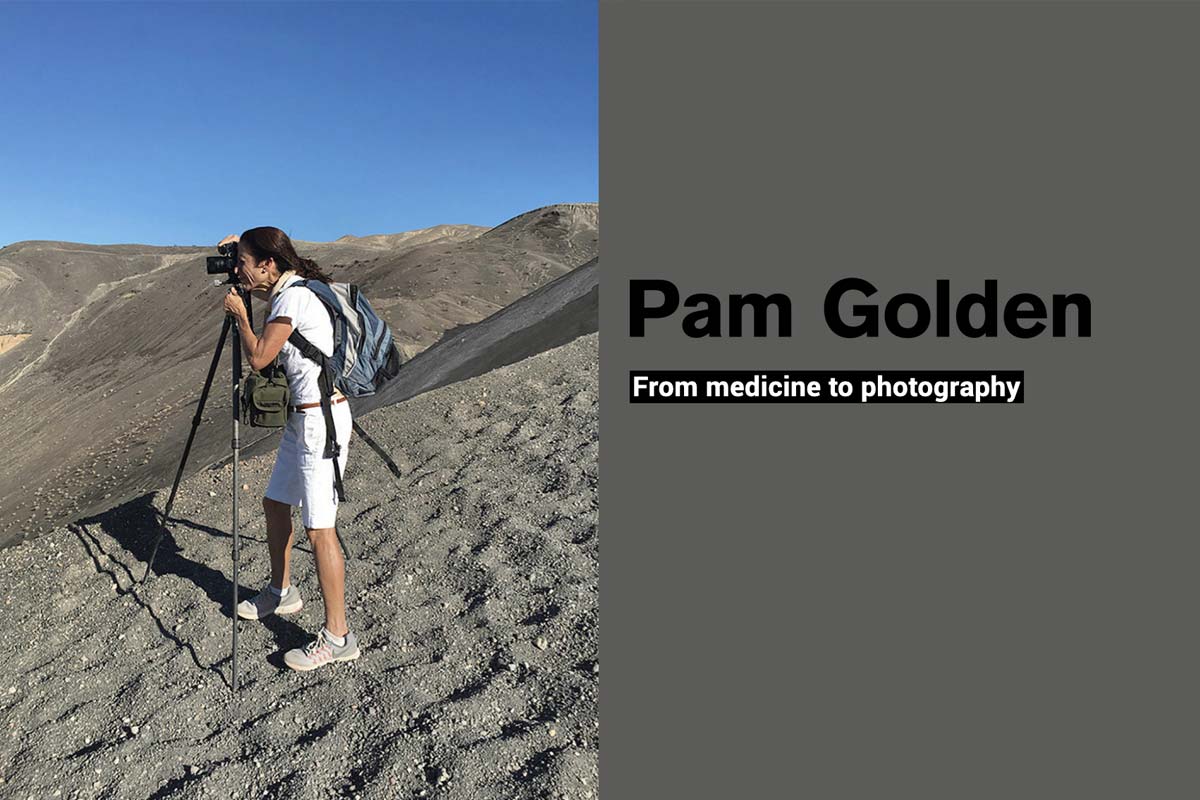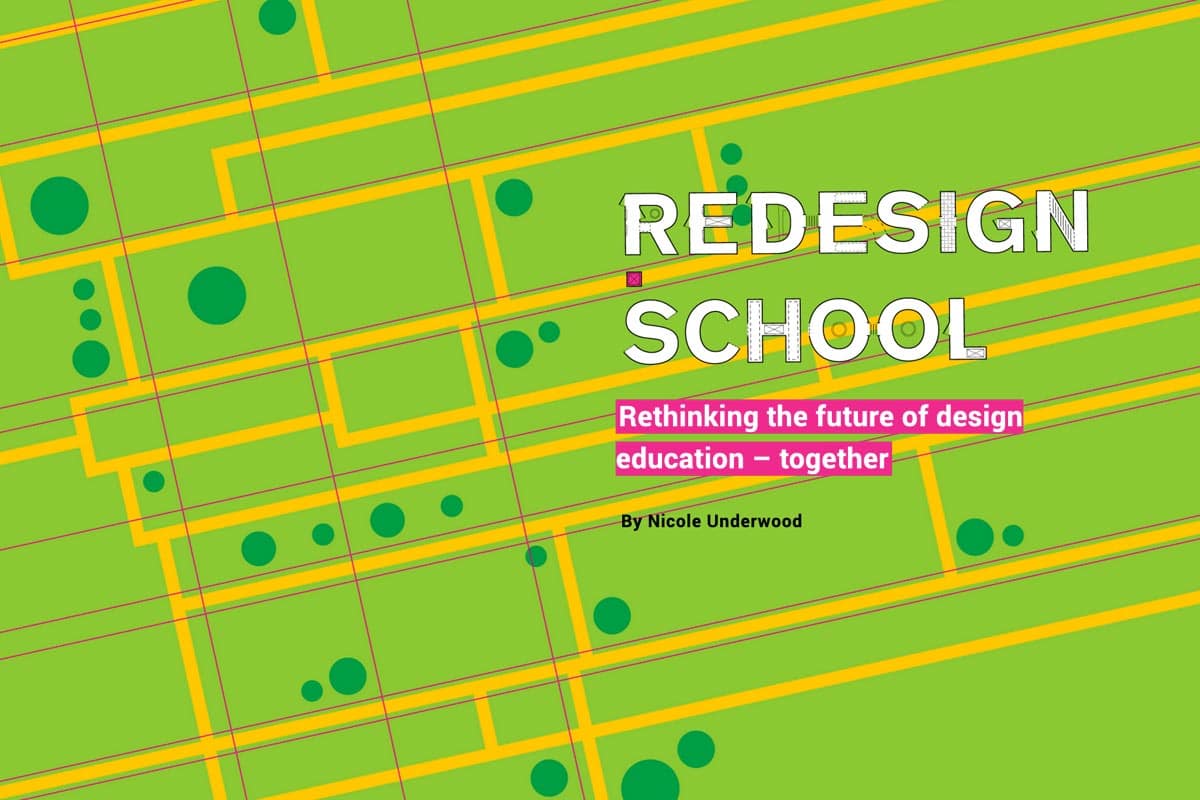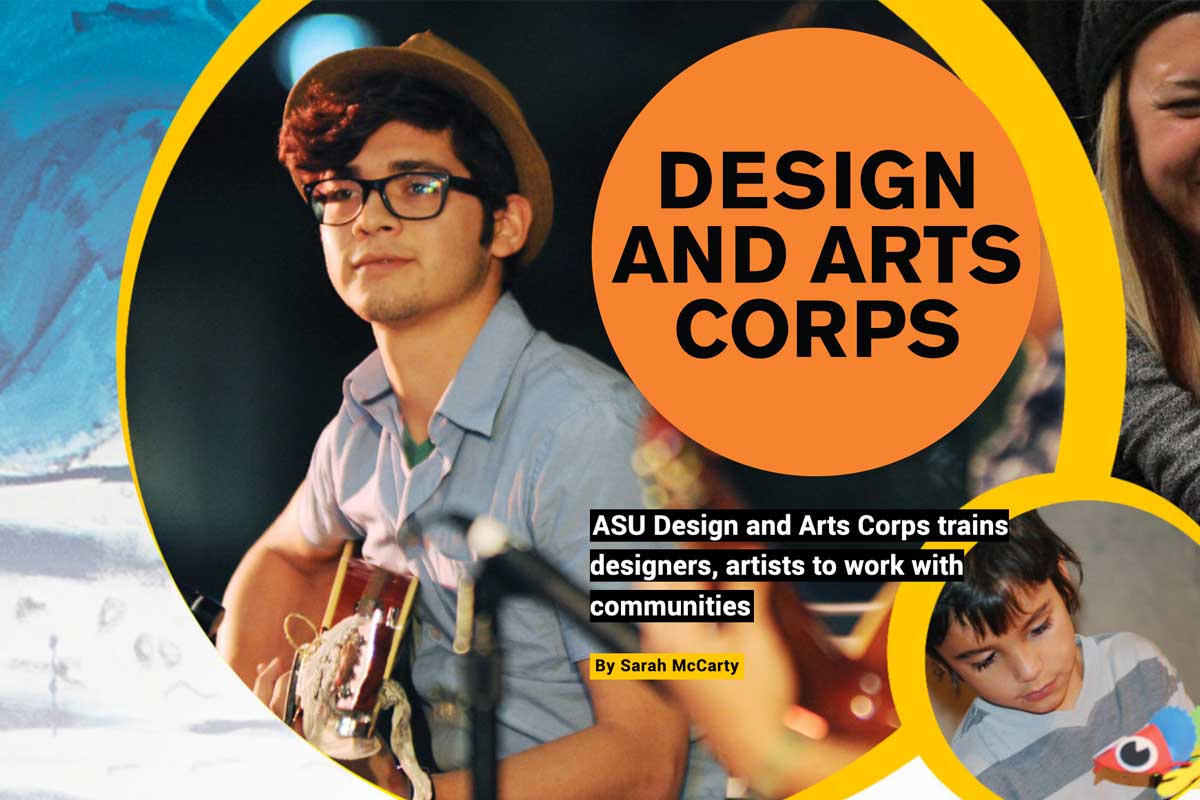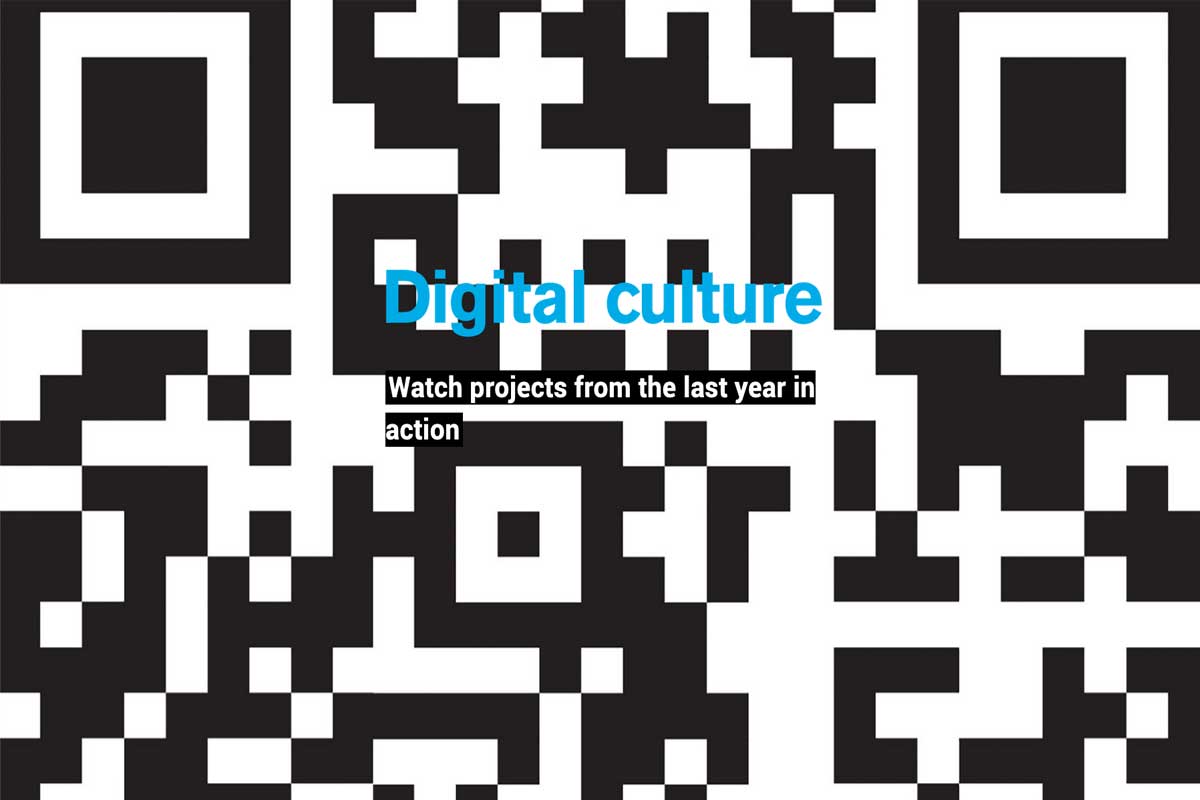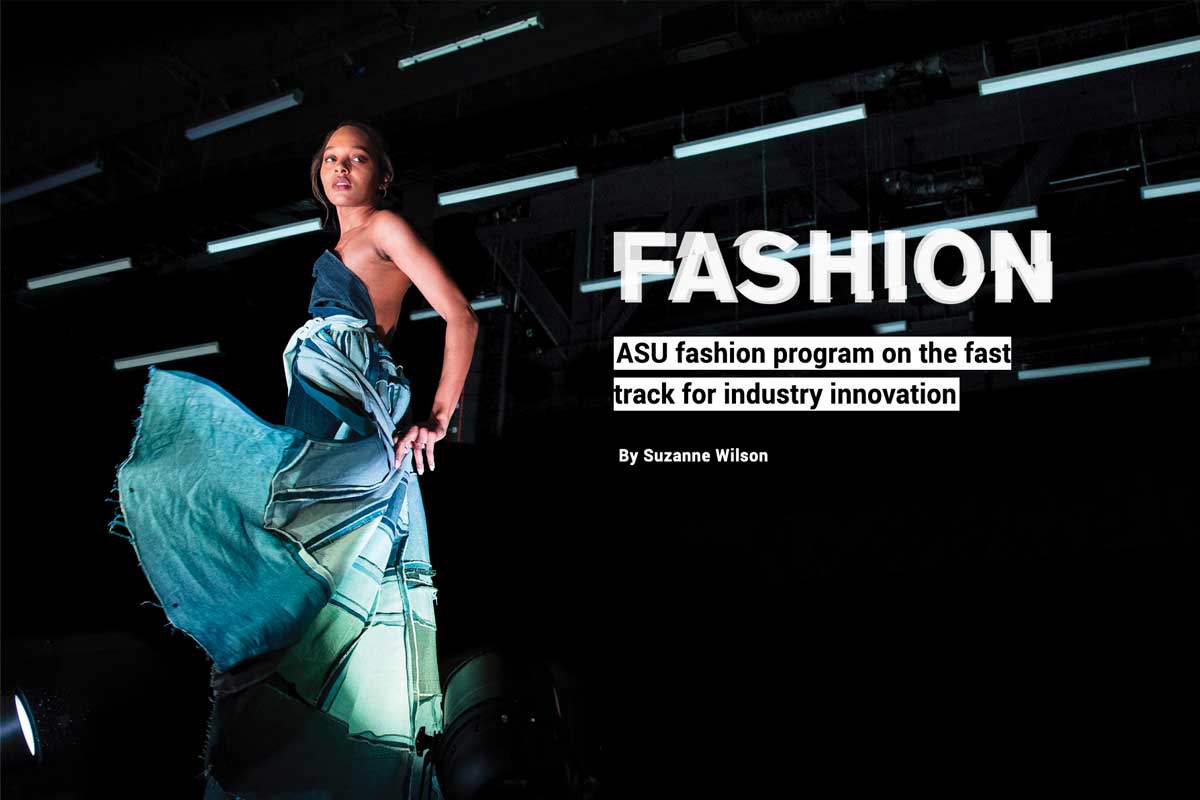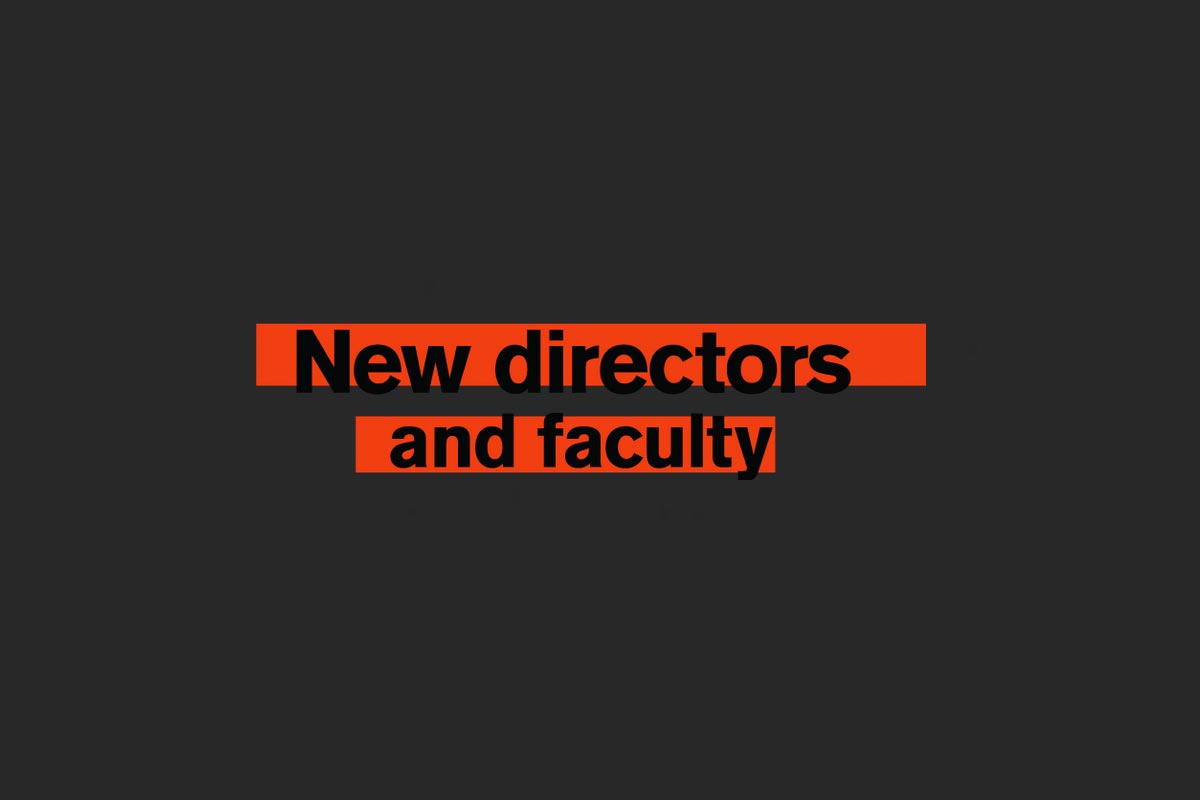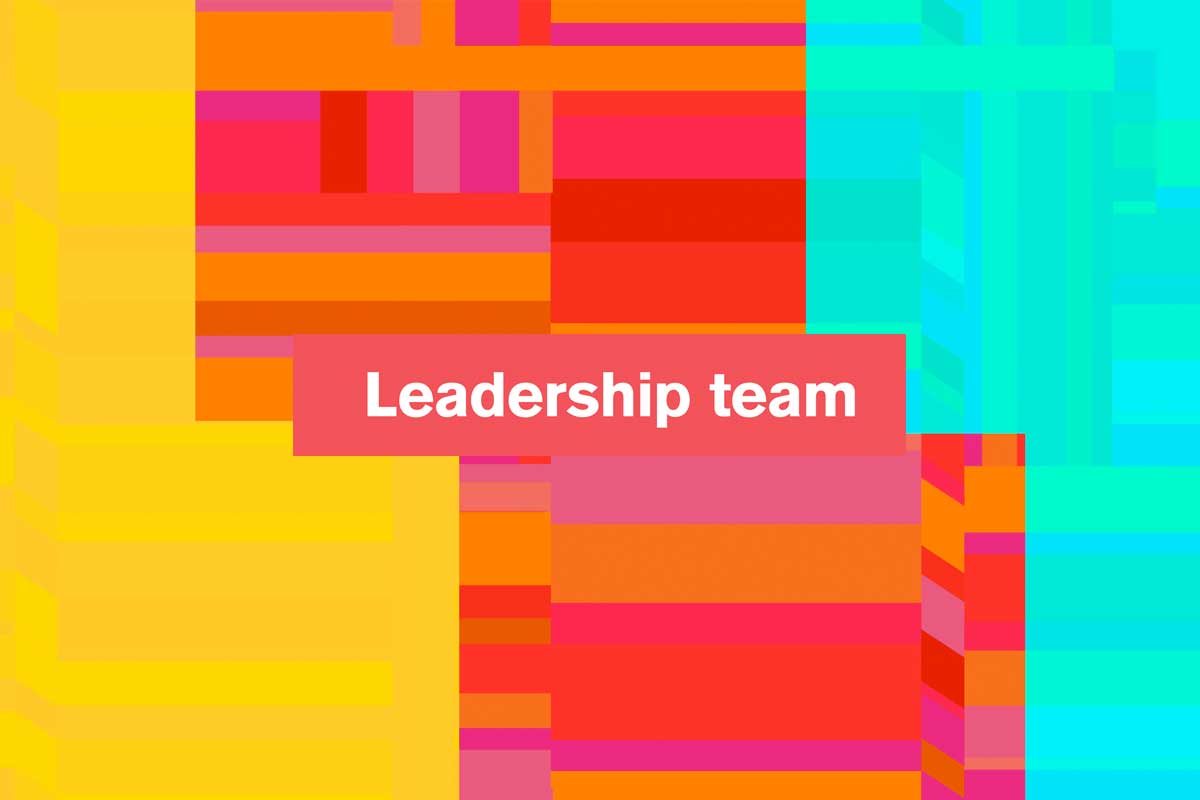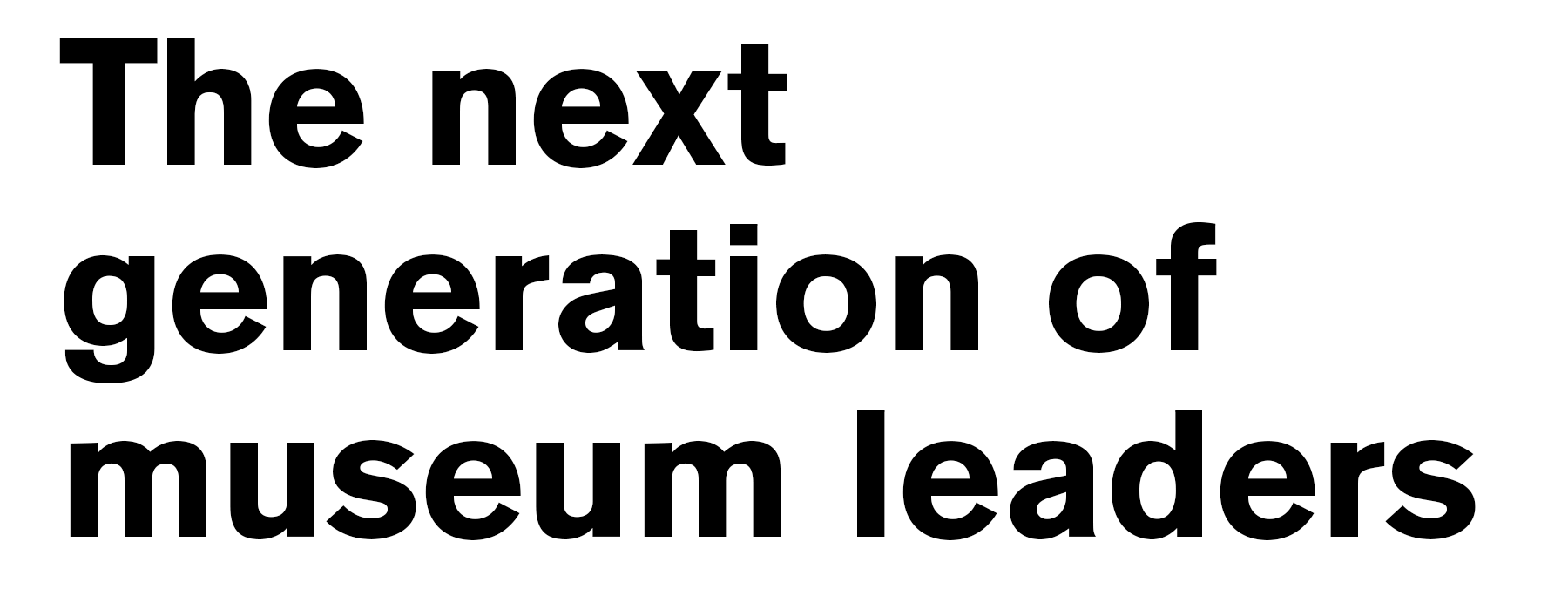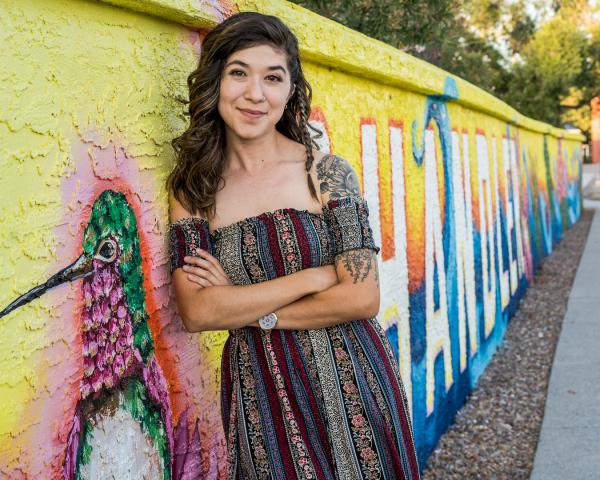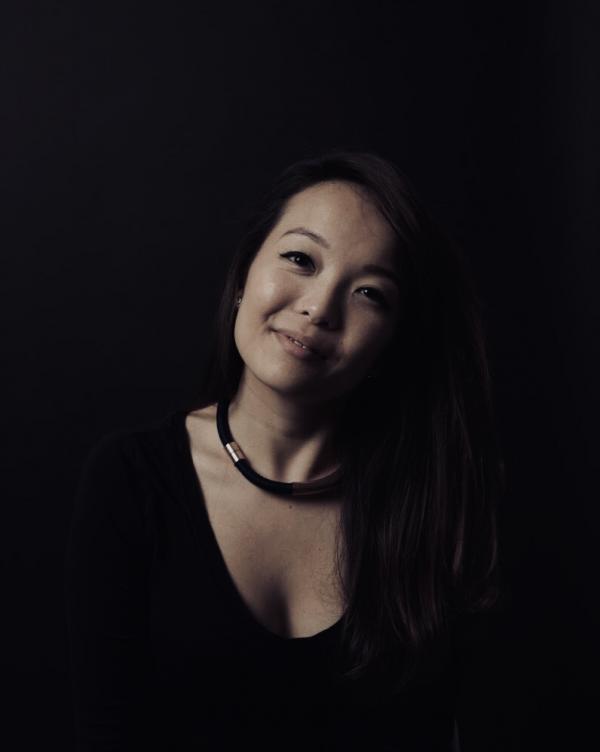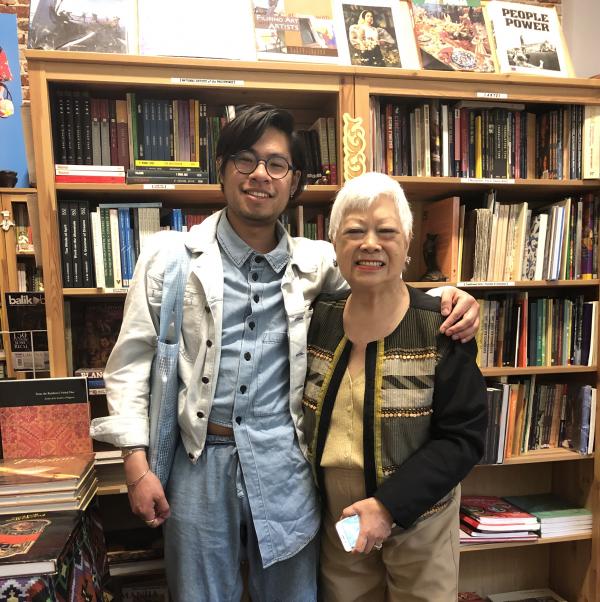As a child in Chandler, Arizona, Ariana Enriquez knew she wanted to do something in the arts when she grew up. Whenever she went to visit her uncle, an actor who lives in Los Angeles, he’d take her to art museums, and her grandfather would always draw her pictures of the things that she was talking about—he loved to draw, as had his father before him.
At Arizona State University, Enriquez chose art history as her field of study, and she began working at the ASU Art Museum. She started out as an intern, then grew into a staff position assisting the museum registrar. After she finished her BA, she learned about the ASU-LACMA Master’s Fellowship in Art History, the result of a new partnership between ASU’s Herberger Institute for Design and the Arts and the Los Angeles County Museum of Art (LACMA). The three-year fellowship program combines academic training and work experience “to advance the careers of a new generation of curators, directors, and other museum professionals who are committed to increasing equity and inclusion and engaging new perspectives, cultures, and backgrounds.”
In essence, the fellowship meant that Enriquez could continue working at the museum and earn a master’s degree at the same time. She wrote her thesis on Margarita Cabrera and Ana Teresa Fernandez, two artists whose work she’d encountered on the job.
“Seeing (the art), touching it, hands on, was the first thing that got me into their work,” Enriquez said. “Both are creating work about, and on, the border, looking into women’s invisible domestic labor and analyzing contemporary migrant life. As an artist myself, I identify with them as Mexican American artists, and I am drawn to the resiliency that they’re highlighting.”
In May of 2021, Enriquez received her master’s degree in art history, along with the other members of the inaugural fellowship cohort: Matthew Villar Miranda, who worked alongside Enriquez at the ASU Art Museum, and Dhyandra Lawson and Celia Yang, who both work at LACMA.
Villar Miranda was working as a sales supervisor in the LACMA store when he learned about the new master’s fellowship program. He’d been doing some freelance writing for galleries and artists in L.A. and was looking for ways to refine his writing while still maintaining his income.
Of the fellowship program, Villar Miranda has said, “It was really valuable for me to be working and getting hands-on experience, while also attaining a postbaccalaureate degree, which is especially a big barrier of access for a lot of BIPOC people who are wanting to emerge in the field.”
During his time at the ASU Art Museum, Villar Miranda learned to work closely with artists and to adjust to multiple different kinds of work and workflows: “I found myself taking weather data at the top of Hole in the Rock, a big natural fixture in Papago Park, and boiling beetles for their red dye, and installing cameras in the Mexican gray wolf habitat.”
Villar Miranda was instrumental in the organization and mounting of “Undoing Time: Art and Histories of Incarceration,” an ambitious new show at the ASU Art Museum that saw him partnering with numerous community organizations outside ASU and for which he wrote significant content for two successful grant applications to the Art for Justice Fund.
“I’ve been privileged in being able to talk to incarcerated communities and system-involved people,” VM says of the experience, “really bear witness to their stories and their knowledge and the talent and now the wisdom that takes place inside of these facilities, despite them being historically ostracized.”
For his thesis, Villar Miranda focused on Alfonso Ossorio. In an interview for the LACMA blog, Villar Miranda said that he and Ossorio shared “similar identities and embodiments” and that he “felt compelled to learn how a queer, Filipinx American artist who inhabited overwhelmingly white, elite spaces found the resources and vitality to produce work and gain visibility.”
After the opening of “Undoing Time,” Villar Miranda will leave the ASU Art Museum for another prestigious fellowship position, this time as a Visual Arts Curatorial Fellow at the Walker Art Center in Minneapolis.
Yang, major gift officer and head of Director’s Strategic Initiatives, Asia at LACMA, was drawn to the fellowship program because she wanted to further develop her knowledge of art history but wasn’t interested in putting her career on hold.
“There are no other part-time programs in art history in the United States,” Yang said in an interview on the LACMA blog, “and the financial support provided by the fellowship is of course another advantage.” Her thesis focuses on the philosophical, scientific, and art historical approaches to the practice of Zheng Chongbin, a Shanghai-born artist who lives and works in the San Francisco Bay Area.
The ASU-LACMA fellowship, Yang said, “broadened my career passions and ambitions, leading me to explore the possibility of non-traditional, cross-departmental museum positions. It has also proved to be highly advantageous to have individuals with advanced art history training in Development/Administrative roles at the museum.”



